The Business Casual Code: A Guide That Actually Makes Sense
For years, I’ve helped professionals get their work wardrobe right, and there’s one term that causes more headaches than any other: “business casual.” It sounds simple, right? Relaxed, but professional. The problem is, it often creates total confusion. I’ve seen new hires walk in looking like they’re ready for a backyard cookout, and I’ve seen seasoned execs struggle to ditch the old suit-and-tie uniform.
In this article
Let’s be real: “business casual” isn’t one single look. It’s a whole spectrum that changes depending on your city, your industry, and the vibe of your specific office. So, this isn’t about chasing the latest trends. Fashion comes and goes, but the principles of looking put-together are timeless. My goal here is to give you the insider knowledge I share with my clients so you can build a wardrobe that just… works. We’re going to get into what to look for, what to avoid, and how to do it without breaking the bank.
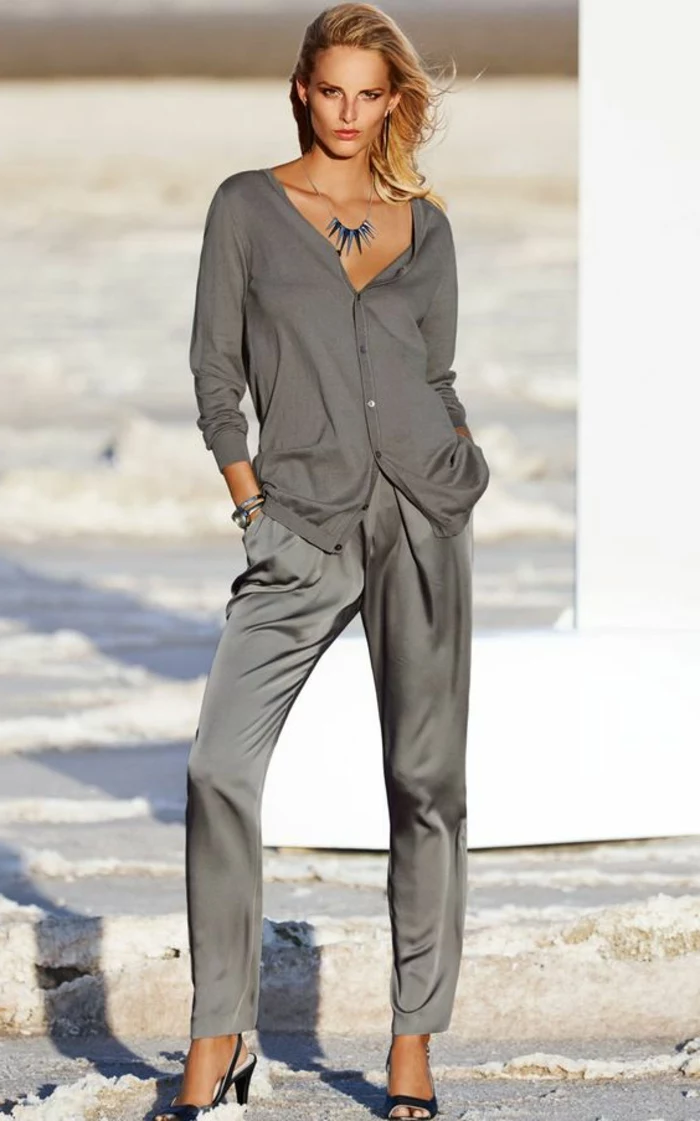
Why Your Clothes Matter More Than You Think
Before we even talk about chinos or blazers, we need to get one thing straight: your clothes are talking for you before you even open your mouth. They send signals about your judgment, your respect for the workplace, and whether you pay attention to the details. The whole shift to business casual was meant to make offices feel more collaborative and less stuffy. But by ditching the strict suit-and-tie uniform, it left a lot of people guessing.
And here’s something else—it’s not just about what others think. The right clothes can actually make you feel sharper. There’s a whole field of study around how what we wear impacts our own brain. I’ve seen it firsthand time and time again. When a client goes from wearing ill-fitting, sloppy clothes to a sharp, well-fitting outfit, they immediately tell me they feel more confident and focused. Think of your work wardrobe as your daily armor. It’s a tool to help you succeed.
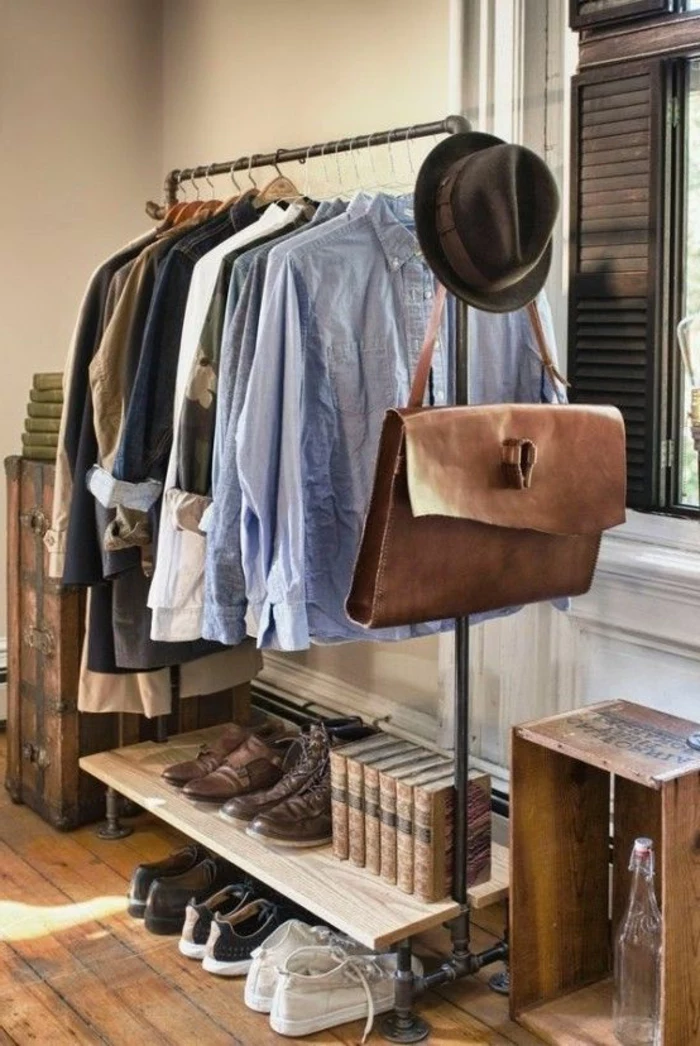
The Three Flavors of Business Casual
Okay, the single biggest mistake people make is misjudging where their company lands on the business casual spectrum. Before you even think about shopping, your first job is to do some detective work. Check out the company’s website or social media for pictures of the team. Pay close attention to what the leadership is wearing. That’s your North Star. I usually break it down into three main categories.
1. Traditional Business Casual
This is the most buttoned-up version, common in fields like finance, law, and more established corporate settings. It’s basically a suit without the tie. The keywords here are structure and quality.
- For the Gents: Think wool trousers or high-quality chinos in conservative colors like navy, charcoal, or classic khaki. Your shirt should have a collar, preferably a long-sleeved button-down in white, light blue, or a very subtle pattern. A sport coat or blazer is often part of the deal. And shoes? Always leather dress shoes—think oxfords or loafers—and make sure they’re polished. Your belt should match your shoes. It’s a small detail that screams professionalism.
- For the Ladies: It’s all about tailored pieces. This means dress pants or a knee-length pencil or A-line skirt in fabrics like wool or a quality blend. Stick to neutral colors like black, navy, grey, or beige. On top, go for modest blouses, silk shells, or fine-knit sweaters. A structured blazer or a sharp cardigan is pretty much essential. For shoes, stick with closed-toe pumps, loafers, or flats. In some super-conservative offices, hosiery might still be a thing. When in doubt, err on the side of being a little too formal for the first few weeks.
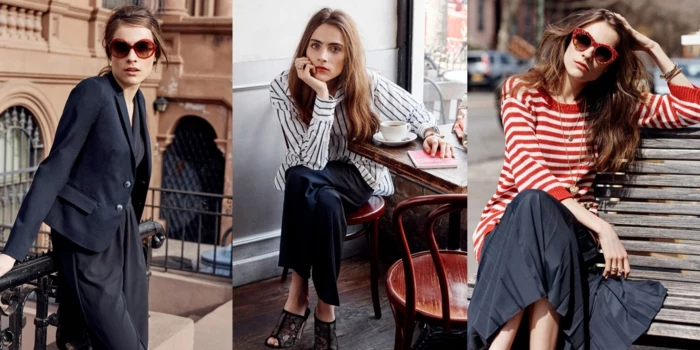
2. General Business Casual
This is the sweet spot and the most common—and confusing—category. It’s the standard for tons of industries, from marketing to many tech companies. You have more freedom with color and fabric, but you still need to look polished.
- For the Gents: Chinos in colors like olive, stone, or even a deep burgundy are perfect. This is also where you might see dark-wash jeans, but—and this is a big but—they must be clean, well-fitting, and have no rips or fading. Look around first! Collared shirts are still the go-to, but you can include polo shirts and more casual button-downs like oxford or chambray. A sport coat is a nice touch but not always necessary. A merino wool V-neck sweater is your best friend for layering. On your feet, you can branch out to suede desert boots, chukkas, or even clean, minimalist leather sneakers.
- For the Ladies: You’ve got more options here. In addition to pants and skirts, tailored dark-wash jeans are usually a safe bet. You can play with more colors and patterns in your tops and dresses. Sleeveless tops are generally fine, as long as the straps are reasonably wide (I tell my clients the “three-finger rule” is a good guide). Things like knit dresses, wrap dresses, and shift dresses are fantastic one-and-done outfits. A good cardigan is an absolute workhorse. Footwear opens up to include stylish flats, wedges, ankle boots, and even sharp, clean sneakers.
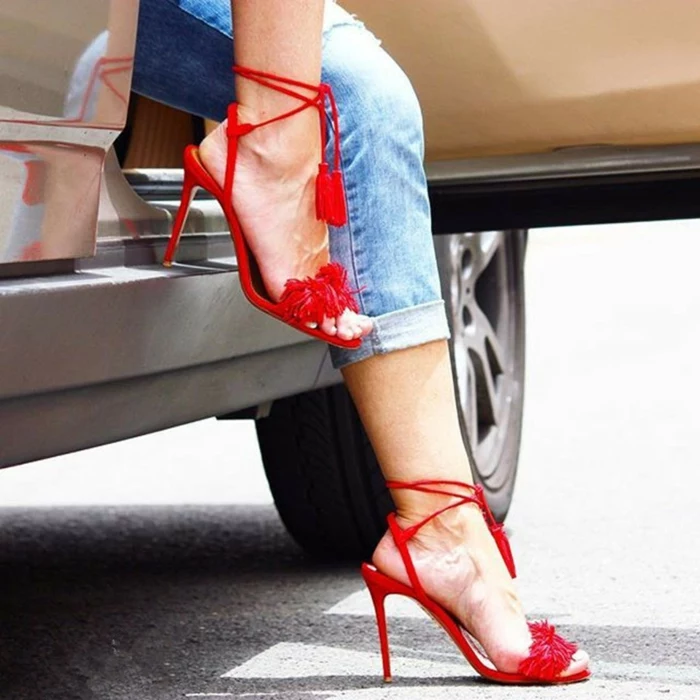
3. Creative or Startup Casual
This is the most laid-back version you’ll find, typical for creative agencies, startups, and parts of the tech world. But “casual” does not mean “sloppy.” The focus here is on style, intentionality, and high-quality versions of everyday clothes.
- For the Gents: This is the natural habitat for premium denim, cool sneakers, and elevated t-shirts. The T-shirt shouldn’t be the one you got for free at a 5k; it should be a solid-colored, well-fitting one made from pima cotton or a modal blend. Henleys and even stylish sweatshirts can work. A bomber jacket or a clean denim jacket can take the place of a blazer. Everything looks like it was chosen on purpose.
- For the Ladies: The rulebook gets a lot more flexible. Fashion-forward pieces are welcome. Think wide-leg trousers, chic jumpsuits, or midi skirts paired with anything from a silk camisole to a designer tee. Your shoes can be more expressive—fashion sneakers, block heels, statement boots. The trick is to balance that creative edge with a sharp, put-together feel. Oh yeah, even in the most casual office, I’d still steer clear of shorts, flip-flops, or anything you’d wear to the beach.

How to Build Your Wardrobe Without Going Broke
Okay, let’s talk money. Building a wardrobe can feel intimidating, but you don’t need to buy everything at once. Start with a few killer pieces and build from there. And here’s my most important tip: always budget for a tailor. A $60 pair of pants tailored to fit you perfectly will look a million times better than a $300 pair off the rack.
By the way, tailoring isn’t as expensive as you might think. Hemming pants is usually just $15-$25. Taking in the waist of a blazer might run you $40-$60. It’s the best money you’ll ever spend on your clothes, trust me.
Your ‘First Three Buys’ on a Tight Budget:
If you’re starting from scratch and cash is tight, focus on versatility. For either men or women, I’d suggest:
- One pair of great-fitting dark trousers or chinos. Navy or charcoal is perfect.
- Two versatile, high-quality tops. For men, a crisp white and light blue button-down. For women, a classic white blouse and a neutral-colored shell.
- One ‘finishing’ piece. For men, a navy blazer. For women, a structured black or navy cardigan or blazer.
These pieces can be mixed and matched endlessly while you slowly add more to your collection.
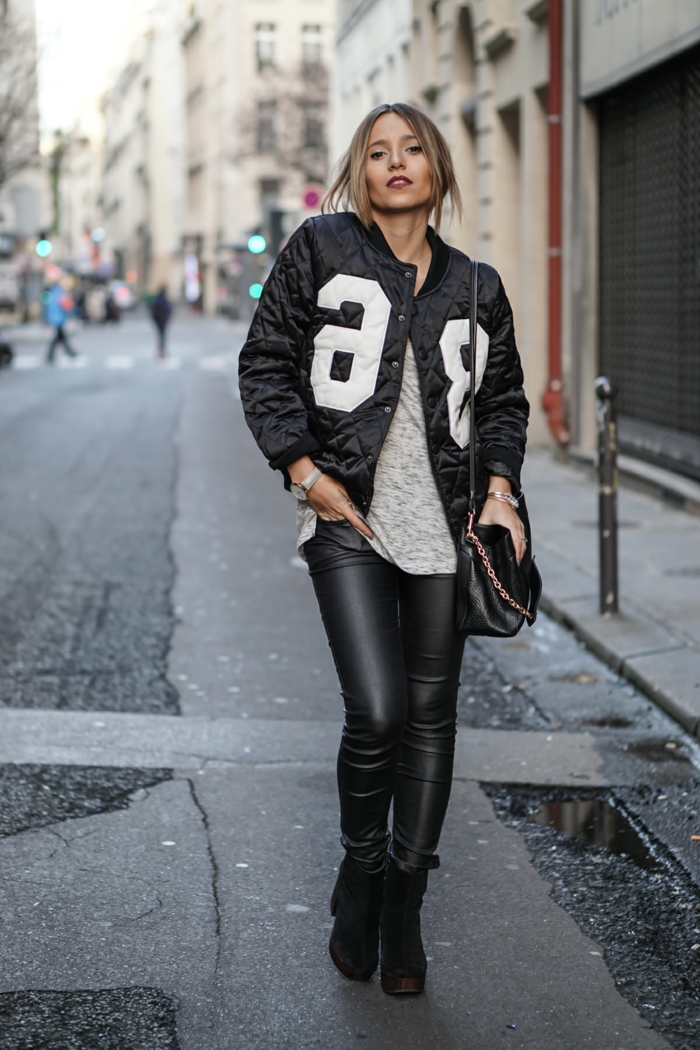
Where to Shop: Good, Better, Best
You don’t need a Wall Street salary to look good. It’s about shopping smart. Let’s take a key item, like a navy blazer:
- Good: You can find surprisingly decent options at places like H&M or Zara for around $90-$120. The fit will be trendy, so make sure it works for your body type.
- Better: Stores like J.Crew, Banana Republic, or Bonobos are the sweet spot. You’re looking at about $200-$350, but the quality of the fabric and construction is a big step up. Wait for their 40% off sales!
- Best: If you’re ready to invest, brands like Brooks Brothers or Theory offer timeless blazers that will last for a decade. Expect to pay $500 or more, but the quality is undeniable.
Apply this logic to everything. For trousers, you can look at Uniqlo or Zara for $50-$80, or step up to J.Crew or Banana Republic for $90-$150. Just remember that tailoring budget!
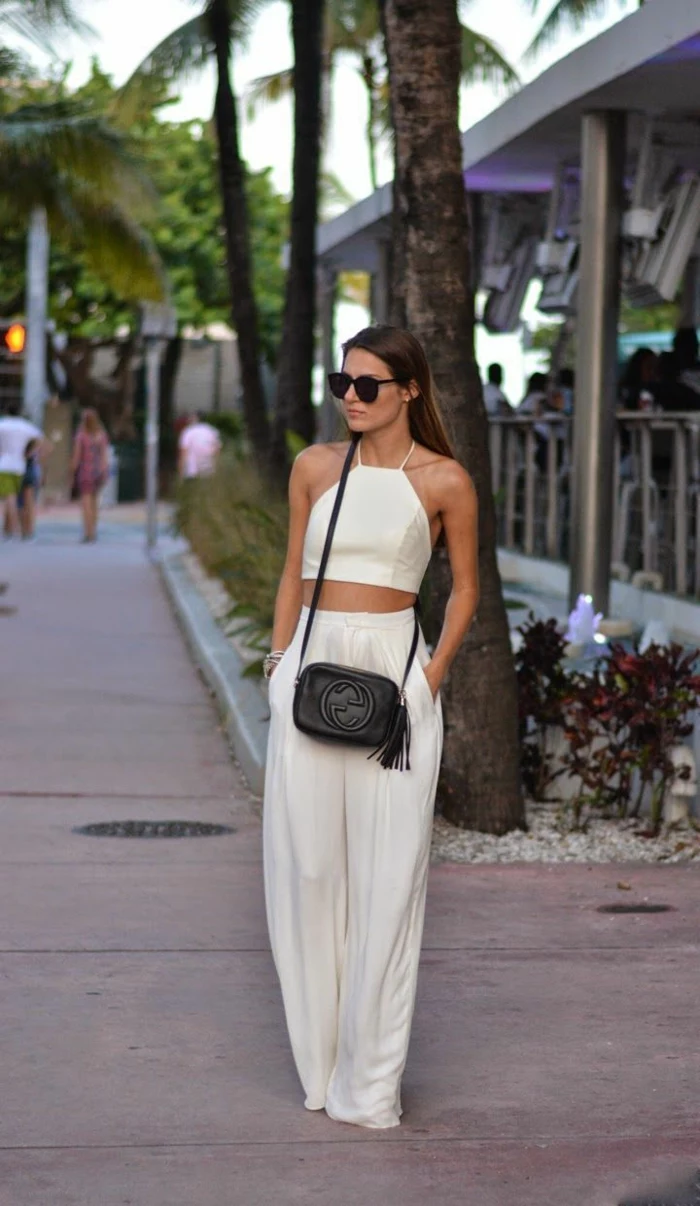
The Details That Separate the Pros from the Amateurs
What makes an outfit look truly professional often comes down to the little things. Once you have the right pieces, you have to nail the execution.
Fabric is a big deal. Natural fibers like wool, cotton, and silk usually look and feel more expensive. Wool trousers hold their shape beautifully. Pima cotton shirts are softer and last longer. But don’t sleep on modern blends! A little bit of stretch (look for 1-2% elastane or spandex) adds a ton of comfort. Just touch the fabric. Does it feel substantial? A cheap, thin polyester will feel stuffy and look wilted by the end of the day.
Fit is absolutely everything. I once worked with a client, a brilliant analyst who was being overlooked for presentations. He only wore baggy, washed-out jeans. We swapped them for a single pair of well-fitting dark chinos from Bonobos. That’s it. The very next week, his boss tapped him to help lead a big client meeting. Same guy, better armor. It’s that powerful. Pay attention to shoulder seams (they should end right at your shoulder bone) and pant length (they should just graze the top of your shoes).
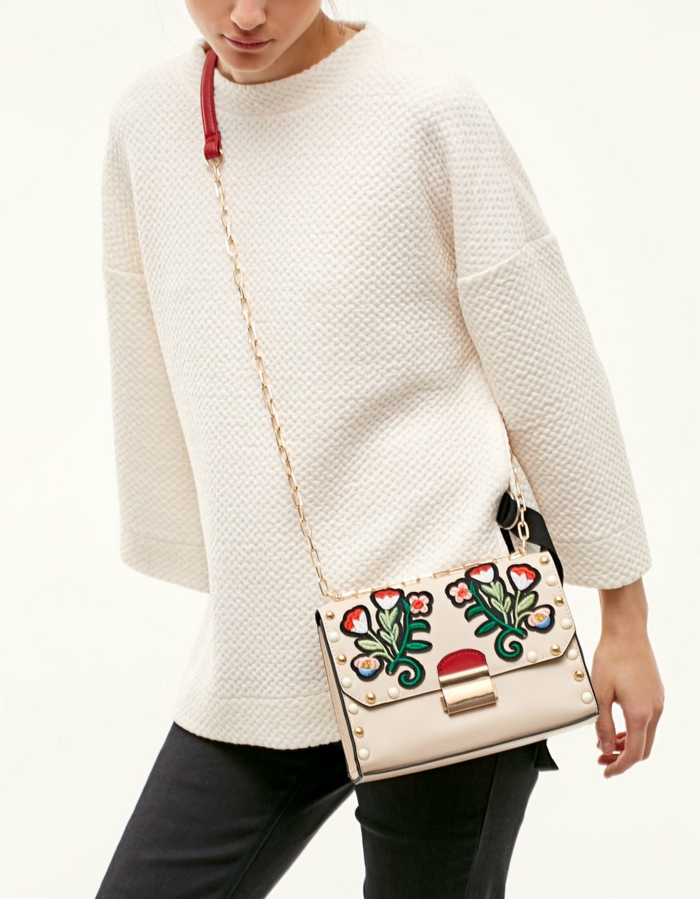
And please, don’t forget the finish. Your clothes must be clean and pressed. I’ve heard managers say that a wrinkled shirt makes an employee look disorganized. It’s a small thing that has a huge impact. Your shoes should be clean and scuffed-free.
Quick Win: If you’re on a tight budget, here’s the best $25 you can spend. Go on Amazon and buy a fabric shaver (about $15) and a simple shoe polish kit ($10). Removing the little pills from your sweaters and shining your shoes can make your entire existing wardrobe look 50% more expensive. You can do it this weekend!
Lesser-known trick: Get a handheld steamer, which you can find for around $30. It’s way faster than ironing and is much gentler on your clothes. Five minutes with a steamer in the morning can revive a shirt you wore earlier in the week and make it look perfect.
When to Check the Rules (and Ask for Help)
Beyond style, some dress code rules are about safety and company policy. This is the part where you don’t want to guess.
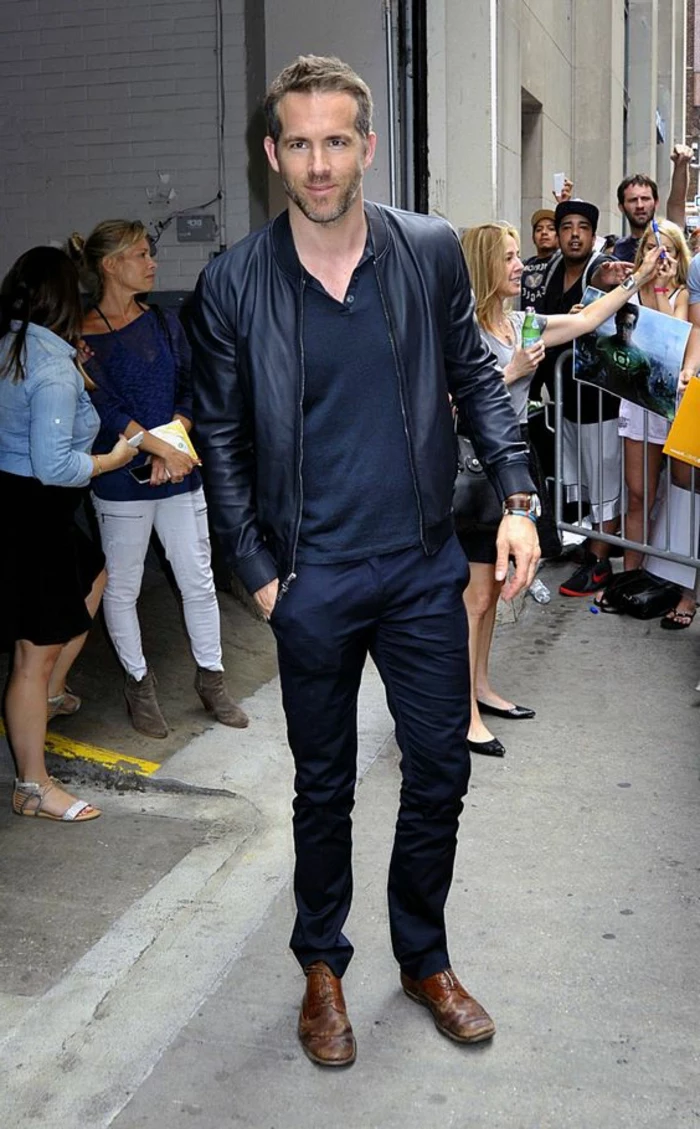
Your first stop should always be the employee handbook. It will list any specific no-gos, like open-toed shoes in a lab environment or rules about visible tattoos. Read it. Seriously.
If you’re still unsure, just ask HR. It doesn’t make you look clueless; it makes you look conscientious. It’s always better to ask before you show up in the wrong thing.
Ultimately, figuring out business casual is a skill. It takes a bit of observation and good judgment. But once you build that foundation of quality, well-fitting clothes, you create a platform of confidence. It lets you stop worrying about your wardrobe and start focusing on what really matters: doing great work.
Inspiration Gallery
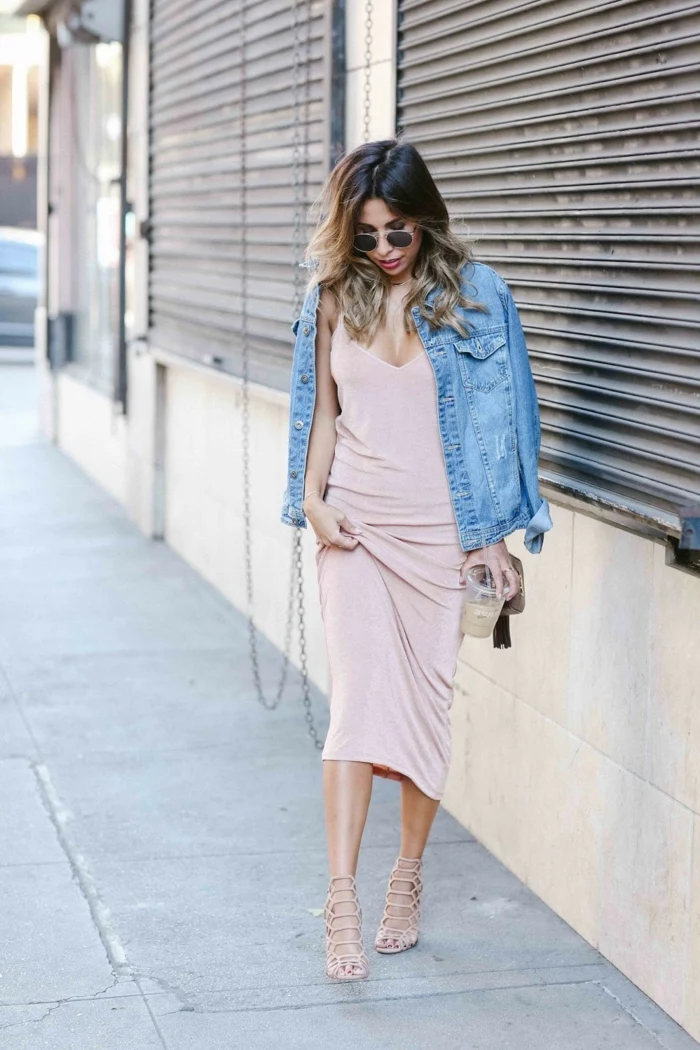
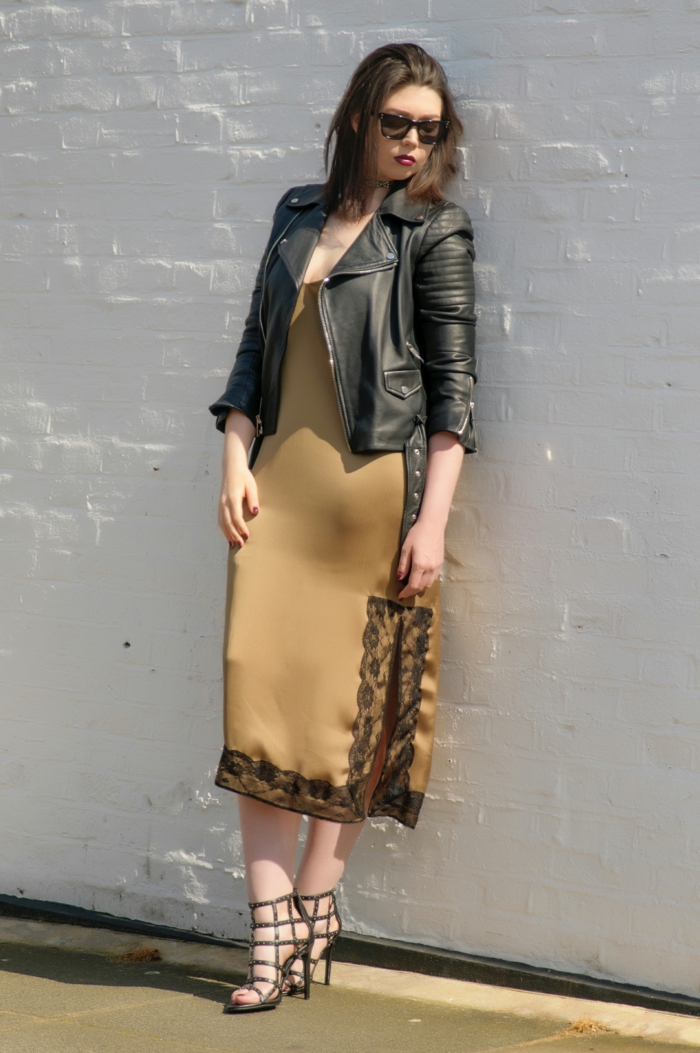
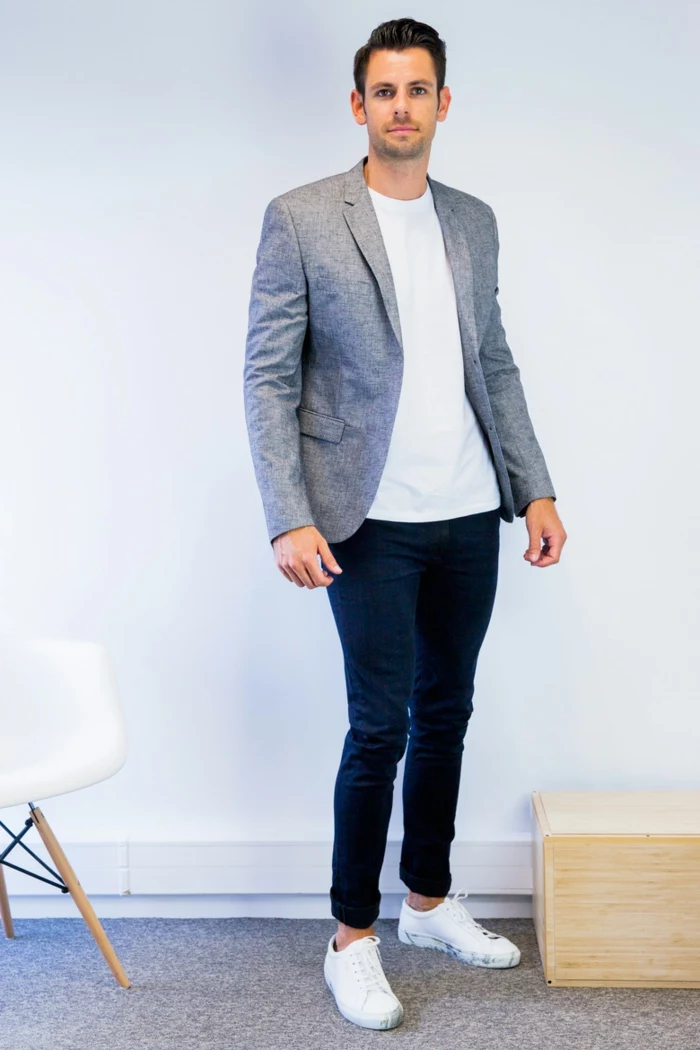
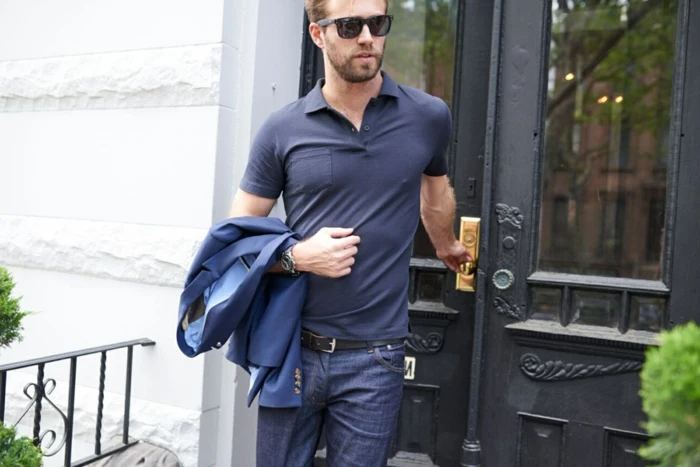
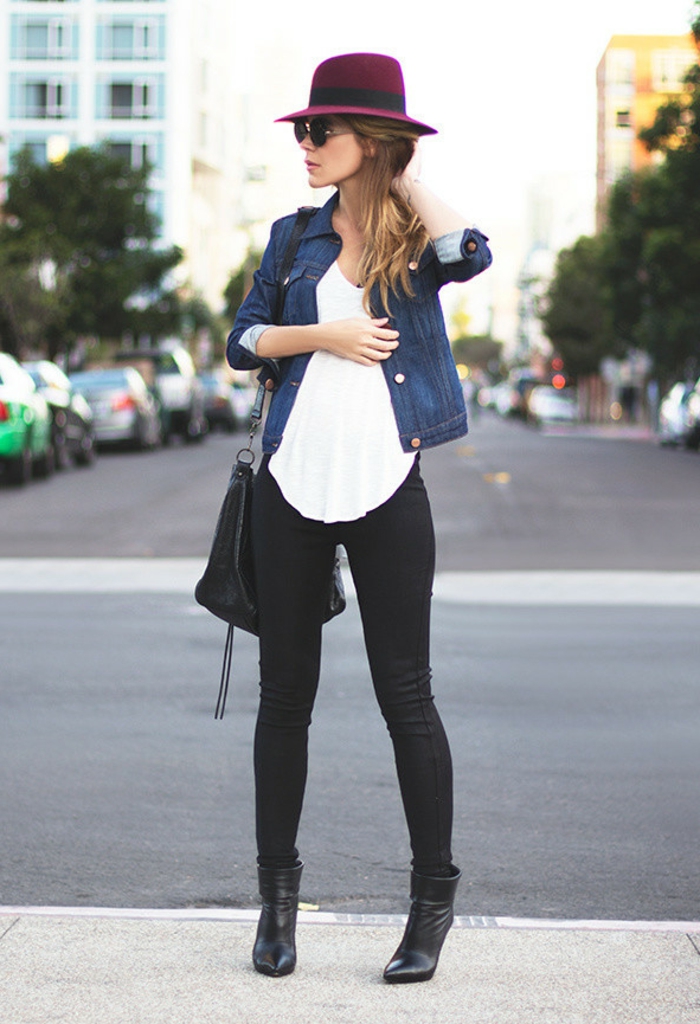
A study by Princeton psychologists revealed that it takes about 100 milliseconds to form a judgment of someone based on their appearance.
That’s literally the blink of an eye. In a professional setting, this snap judgment can influence perceptions of competence and trustworthiness. Your business casual attire isn’t just clothing; it’s your opening statement in every interaction, reinforcing your personal brand before you’ve said a word.
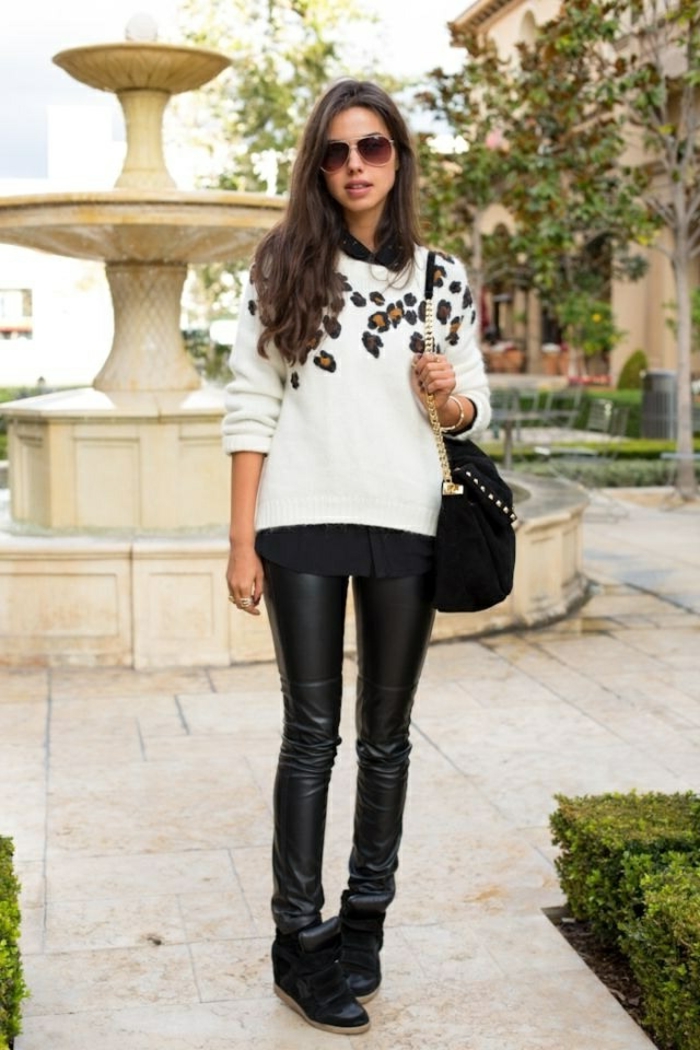
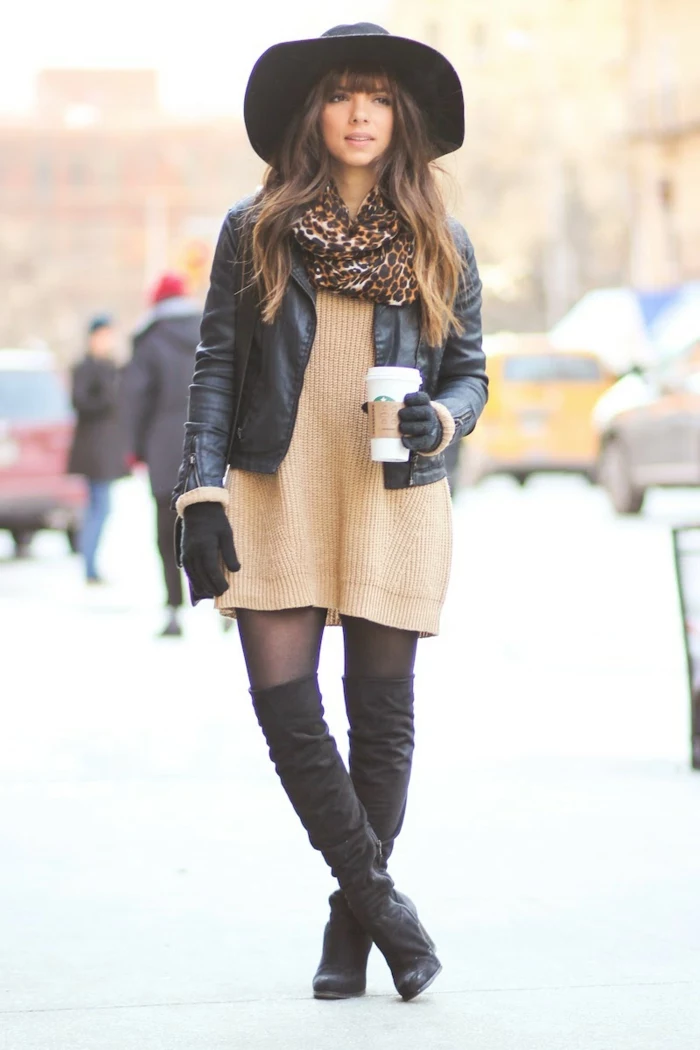
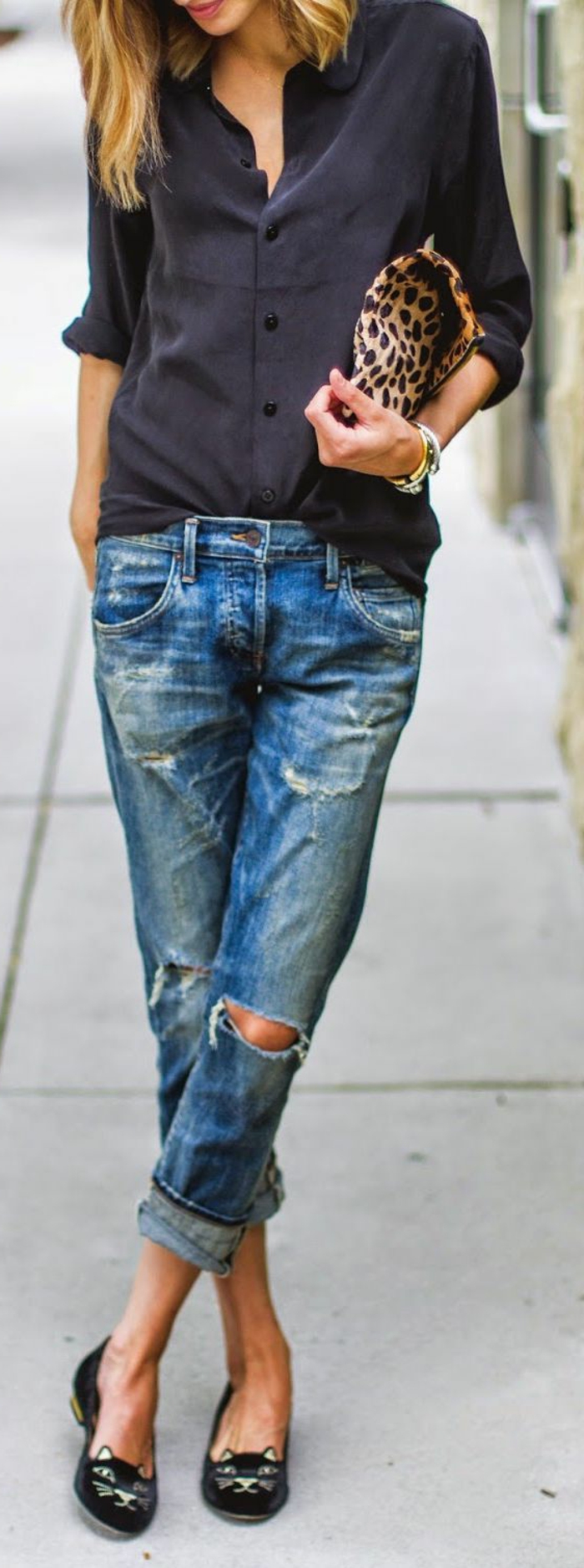
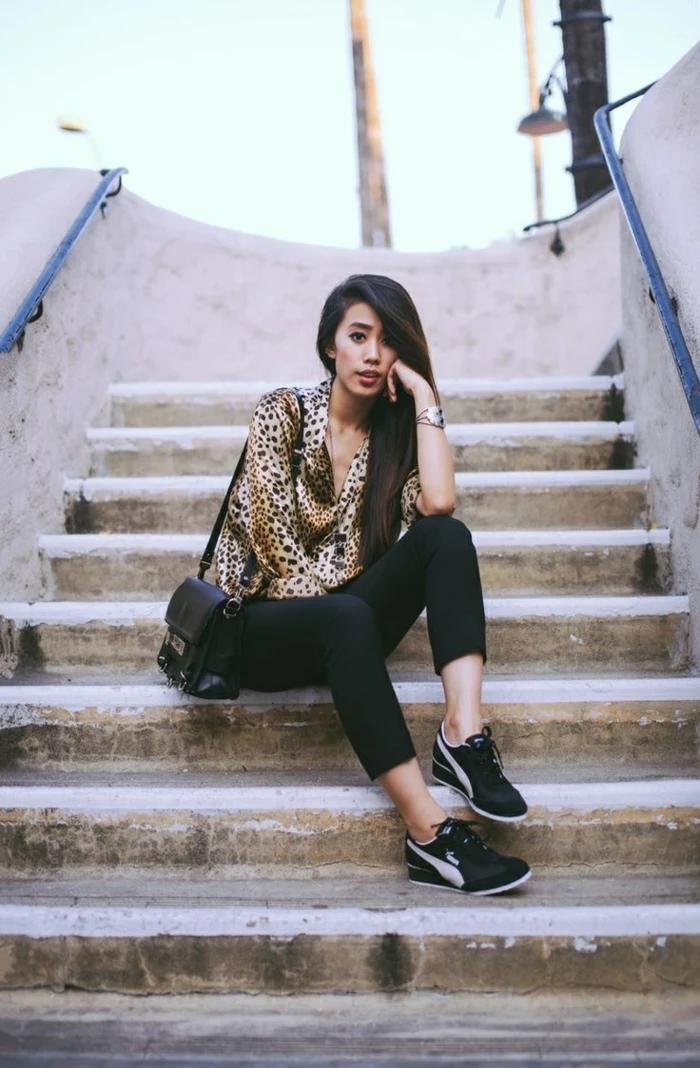
Can you really wear sneakers to the office?
Yes, but with a major caveat: they must be intentional. We’re not talking about your worn-out gym trainers. Think minimalist, premium leather sneakers in neutral colors like white, black, or navy from brands like Common Projects, Oliver Cabell, or Veja. They should be impeccably clean. Pair them with tailored chinos or dark-wash denim (if your office allows) and a sharp blazer to signal that the choice was deliberate and stylish, not sloppy.
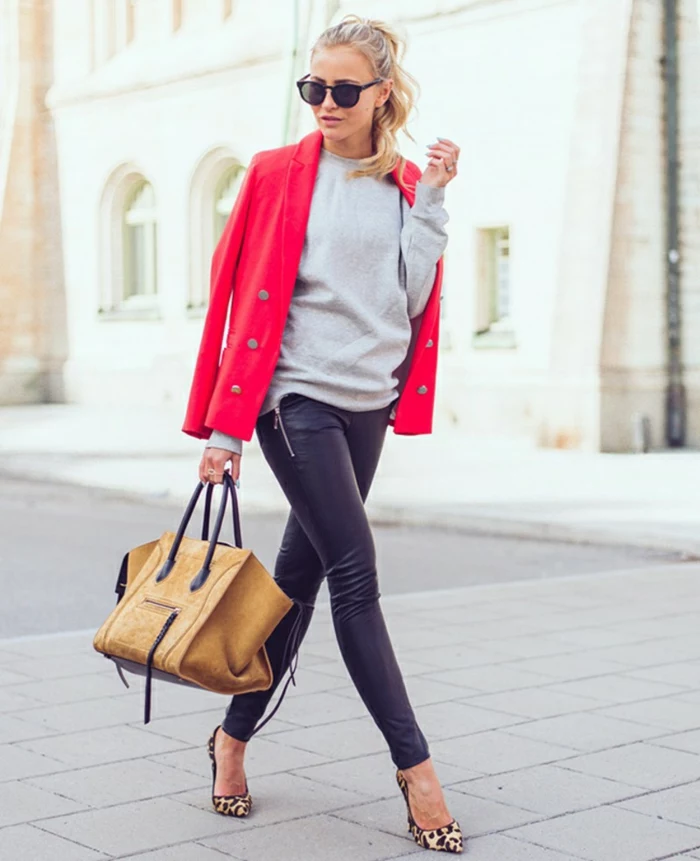
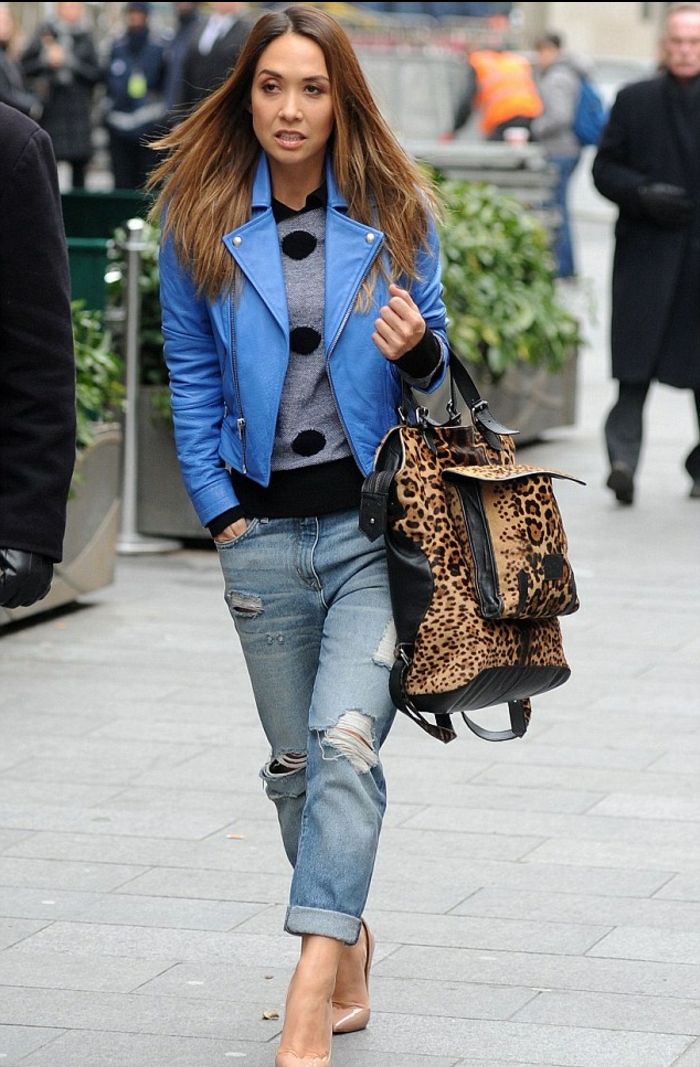
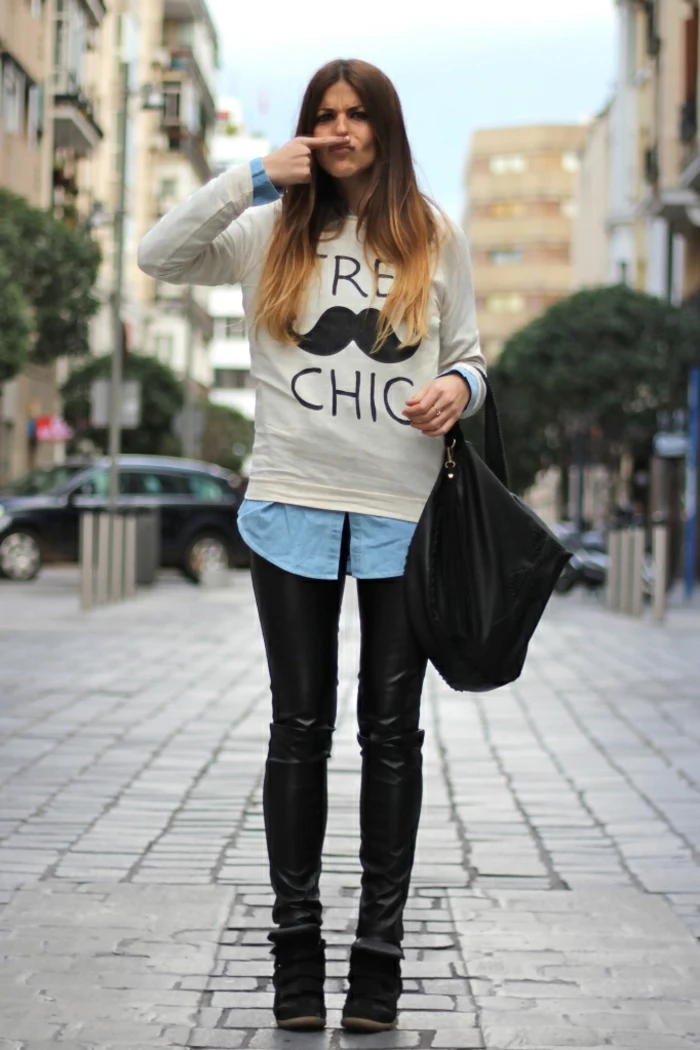
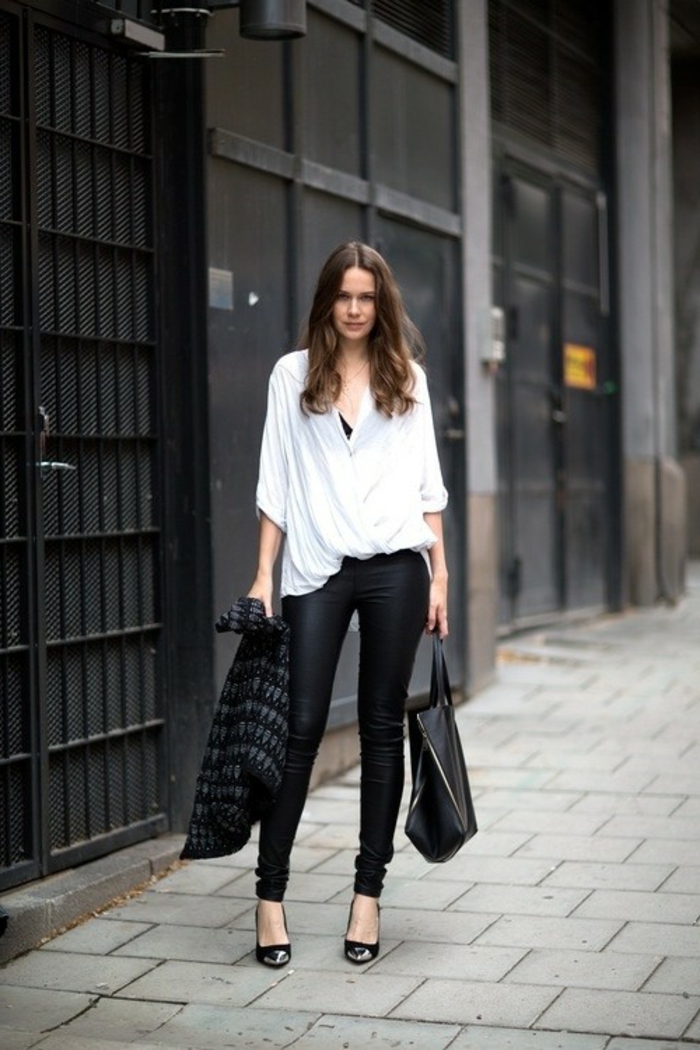
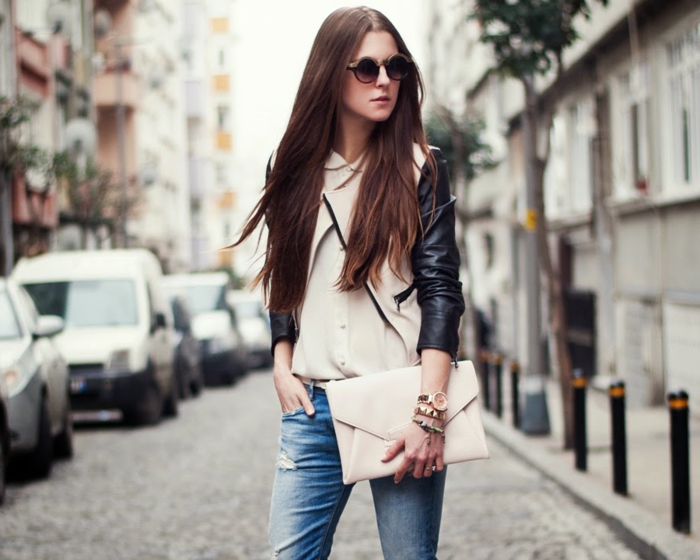
The fabric face-off:
Tencel/Lyocell: A modern fiber made from wood pulp, it’s incredibly soft, drapes beautifully, and is highly breathable. Brands like Everlane and M.M.LaFleur use it for blouses and dresses that resist wrinkles.
Merino Wool: Nature’s performance fabric. It’s temperature-regulating (cool in summer, warm in winter), odor-resistant, and has a natural elasticity. An excellent choice for sweaters, polos, and even travel suits.
Both offer superior comfort and a more polished look than basic cotton or traditional synthetics.
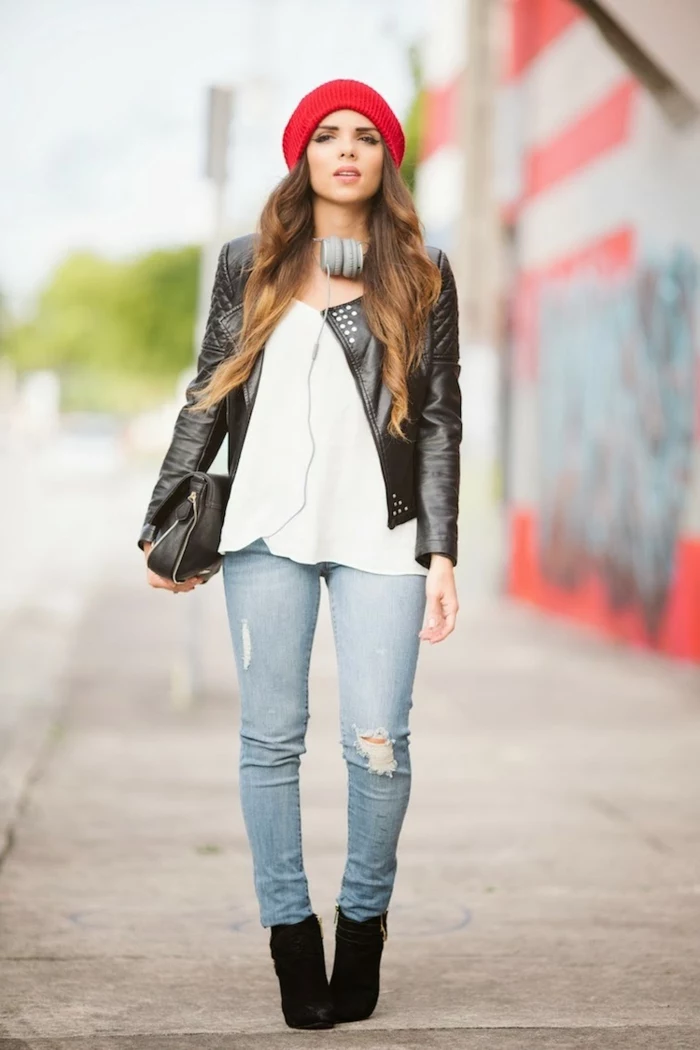
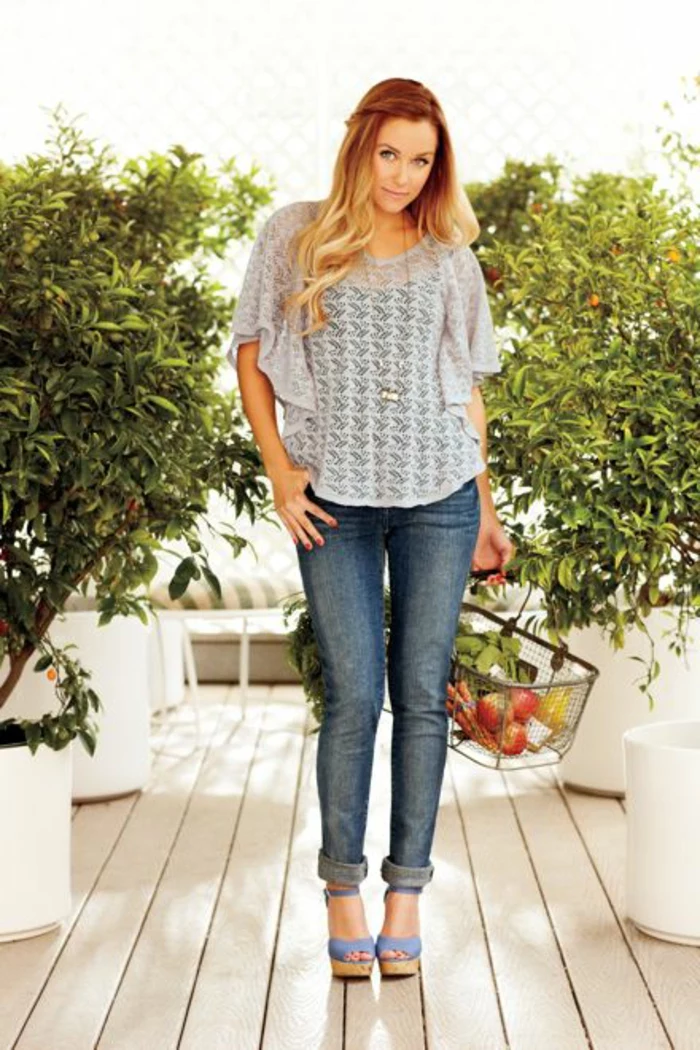
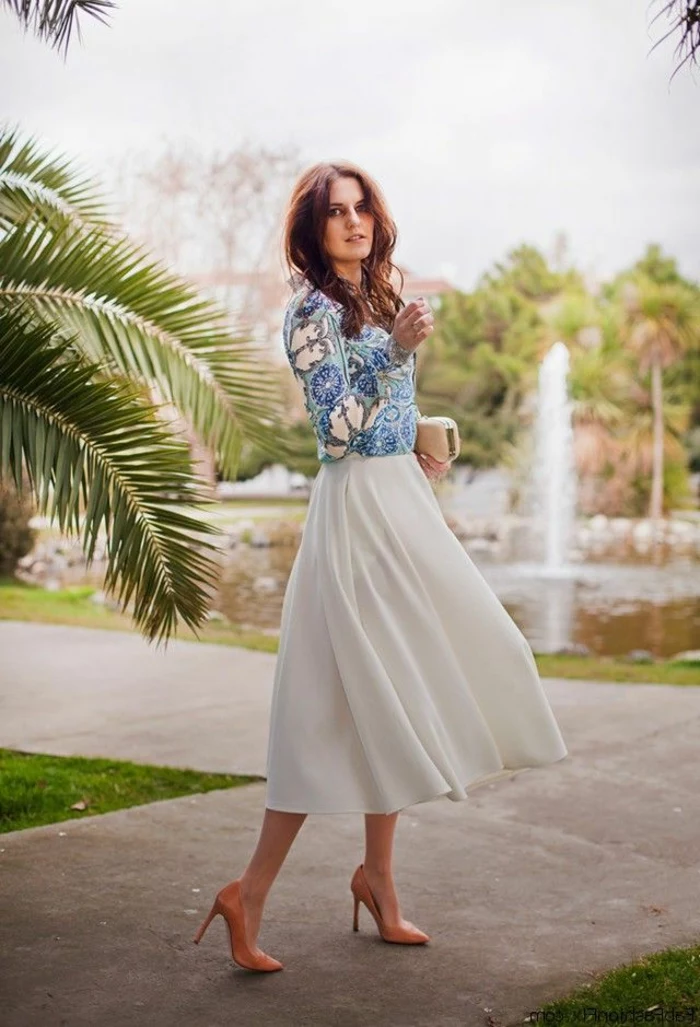
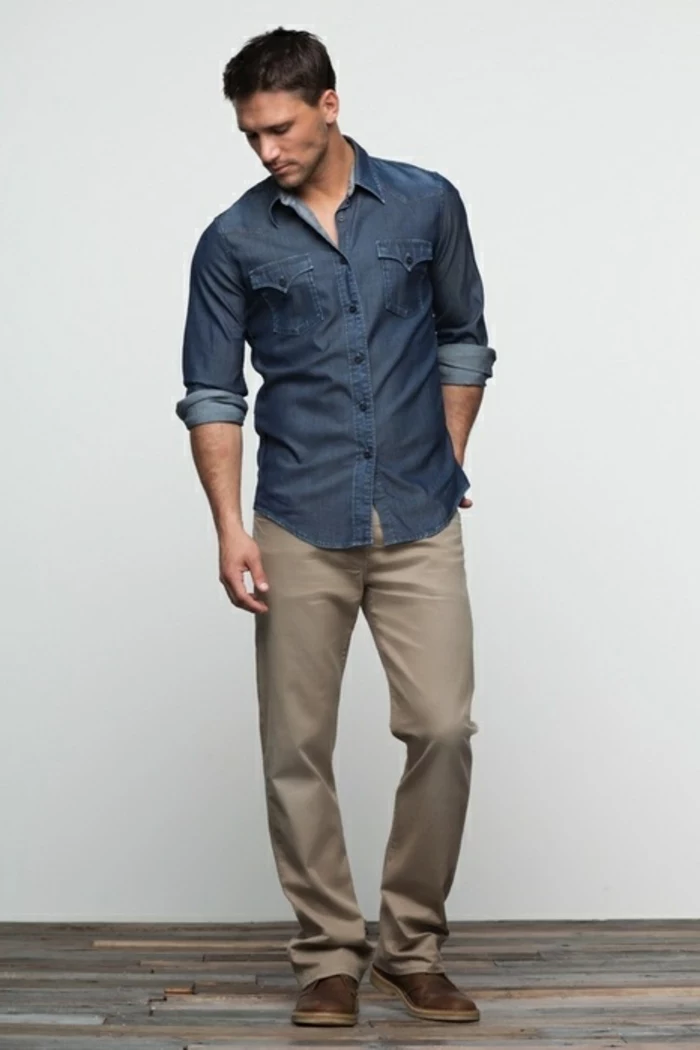
- Eliminates morning decision fatigue.
- Ensures every piece you own is something you love.
- Makes packing for business trips effortless.
The secret? A curated capsule wardrobe. Focus on 10-15 high-quality, versatile core items (think a great blazer, perfect-fit trousers, a silk blouse, a cashmere sweater) that all work together. It’s about quality over quantity, and it simplifies professional dressing immensely.
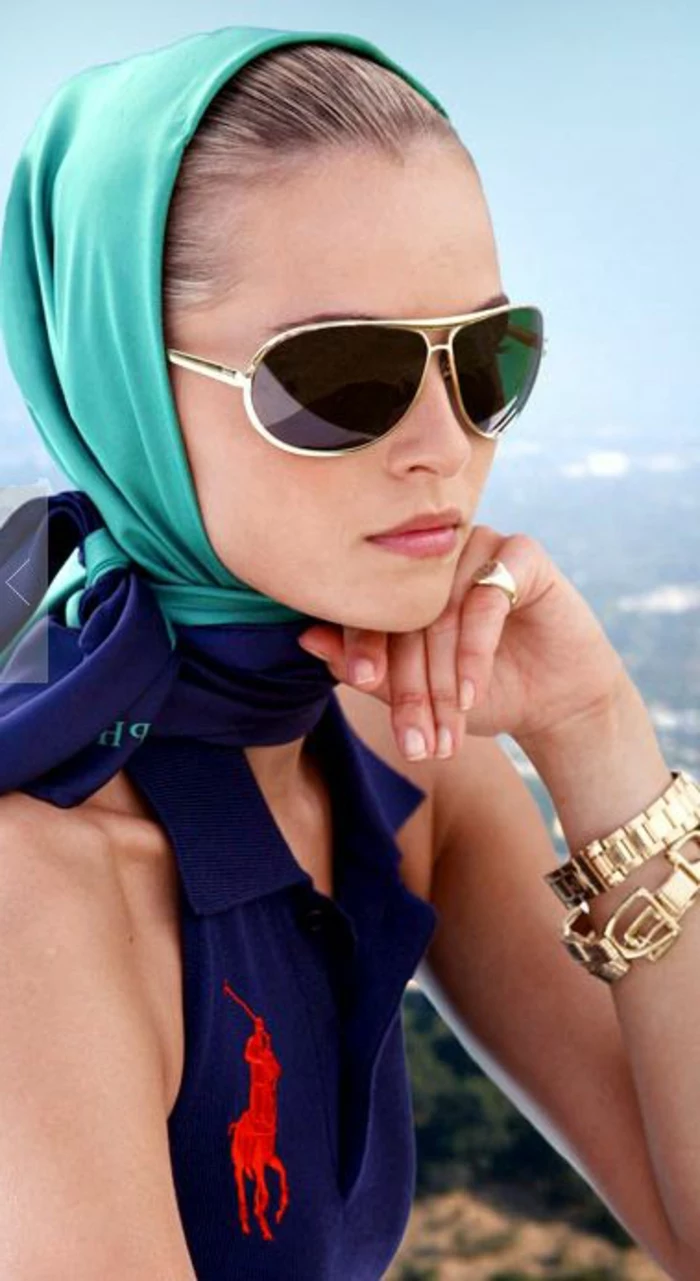
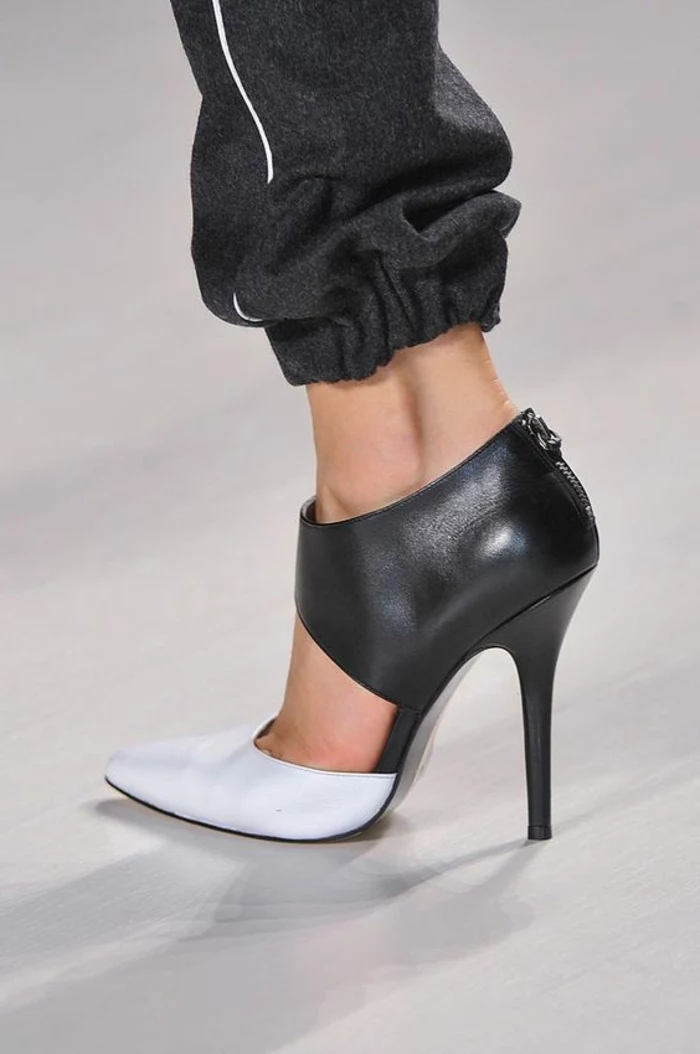
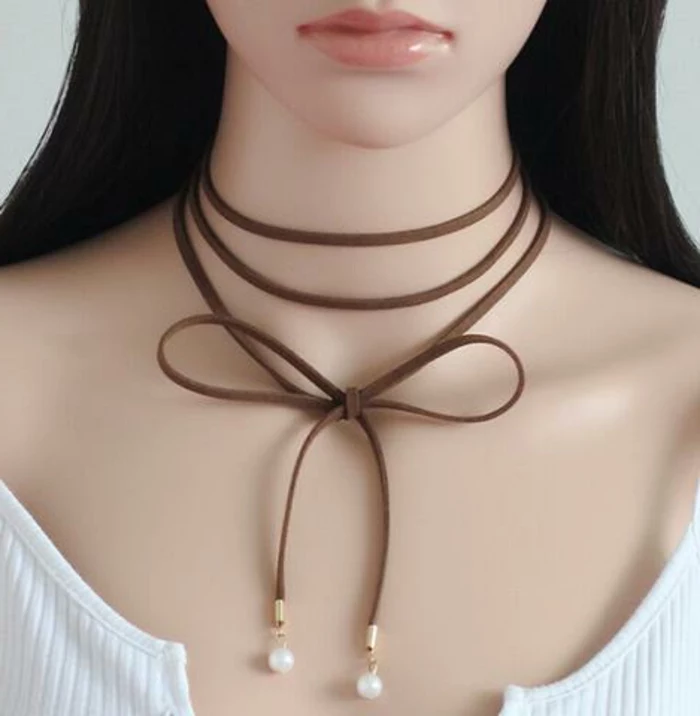
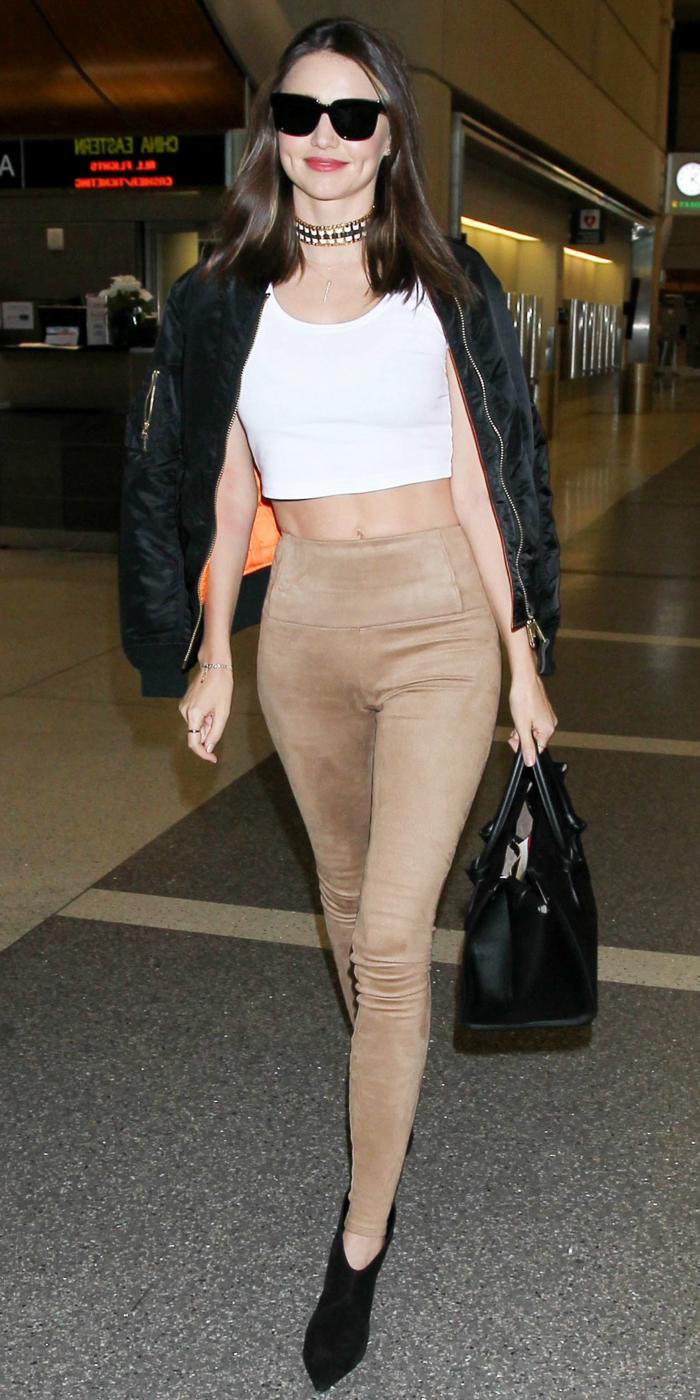
One crucial detail often overlooked: your belt and shoes. While they don’t need to be a perfect match, they should be in conversation with each other. A chunky, casual shoe calls for a more substantial belt. Sleek leather dress shoes require a finer leather belt. This small point of harmony ties an entire outfit together and shows you have an eye for detail.

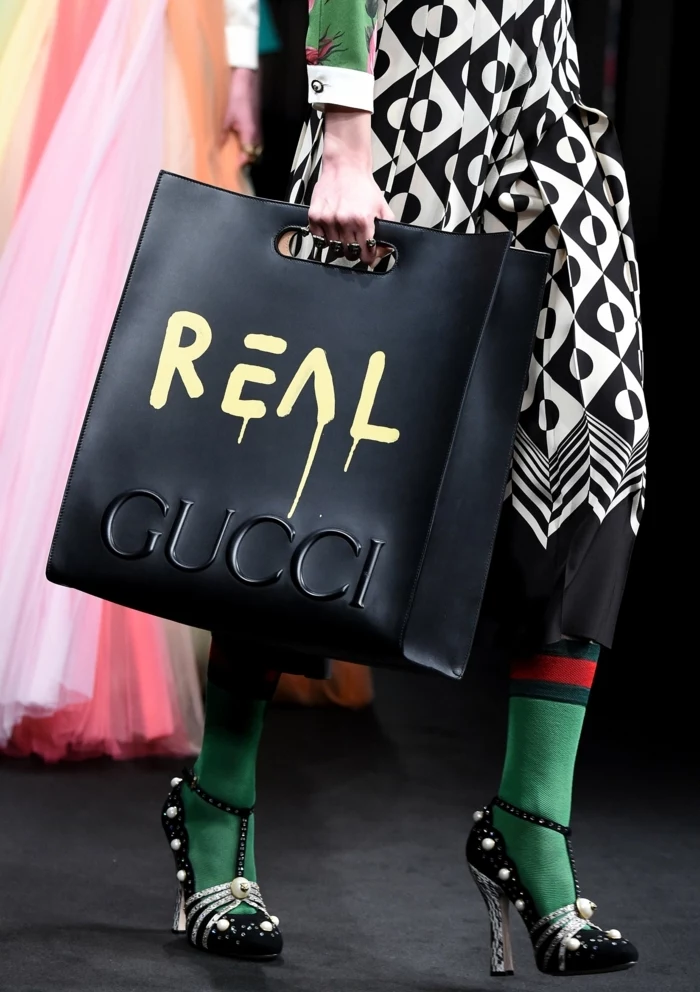
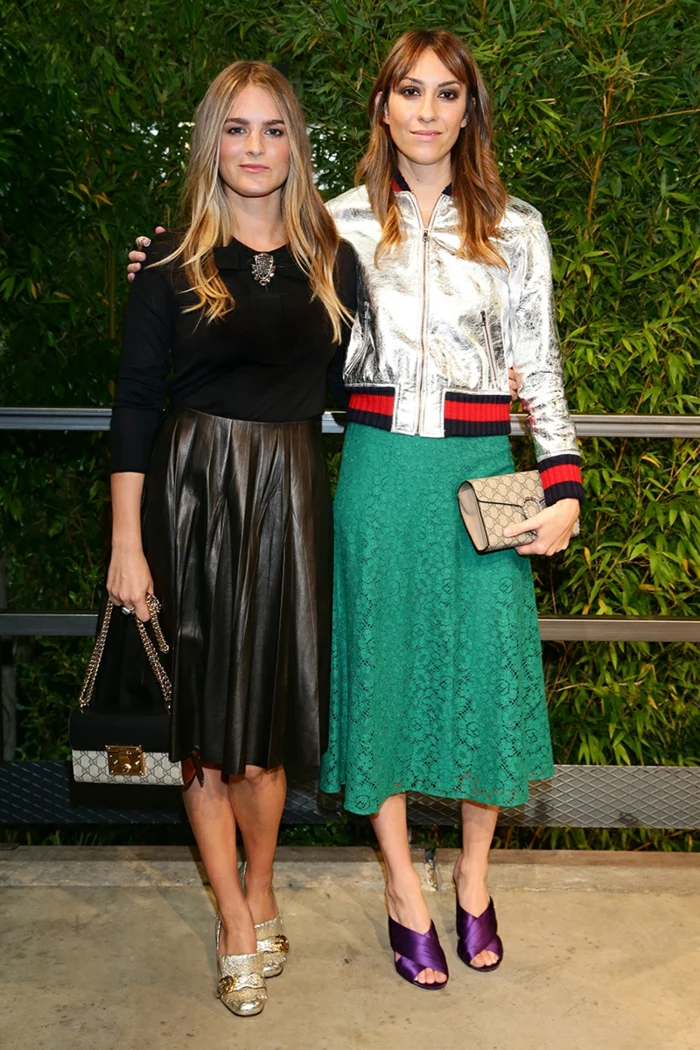
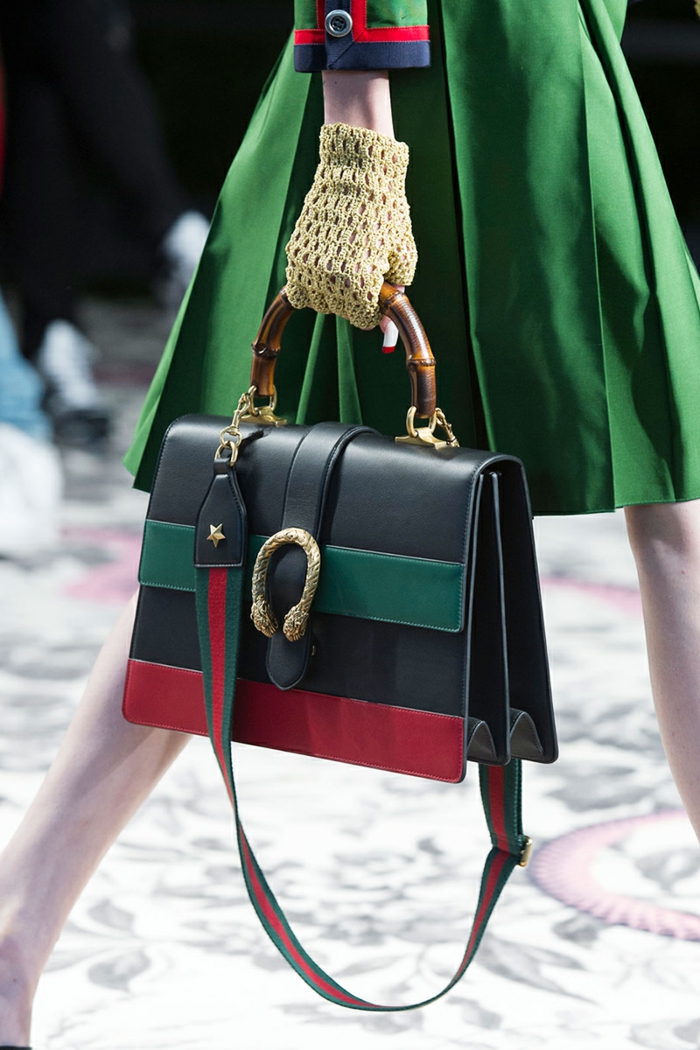
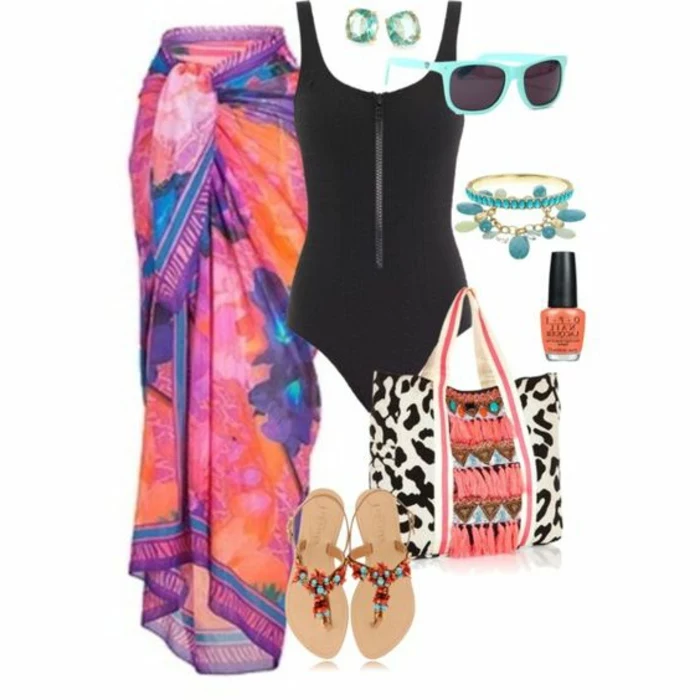
Don’t underestimate the power of a professional bag. It’s the one accessory you carry every single day. A structured leather tote from a brand like Cuyana or a sleek, modern backpack from Dagne Dover does more than just hold your laptop; it anchors your entire look and signals a polished, organized mindset.
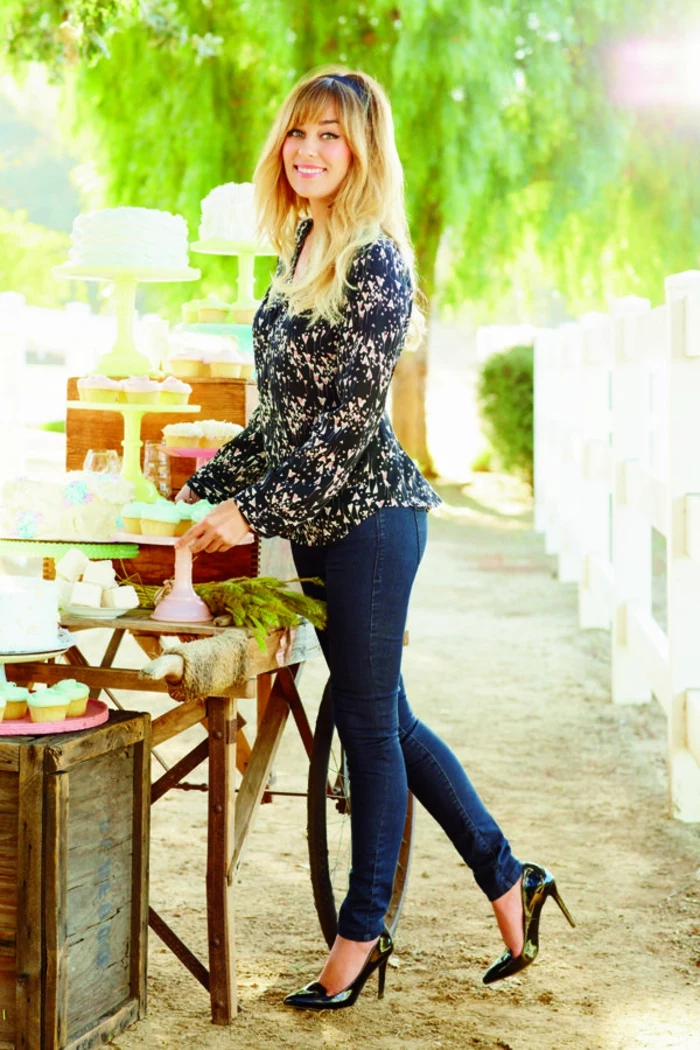
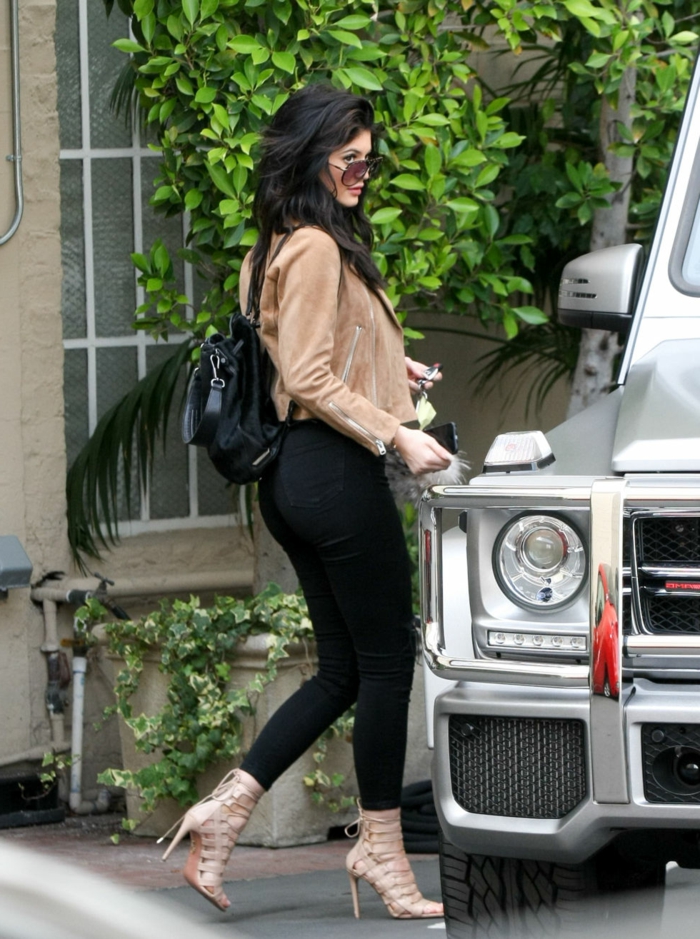
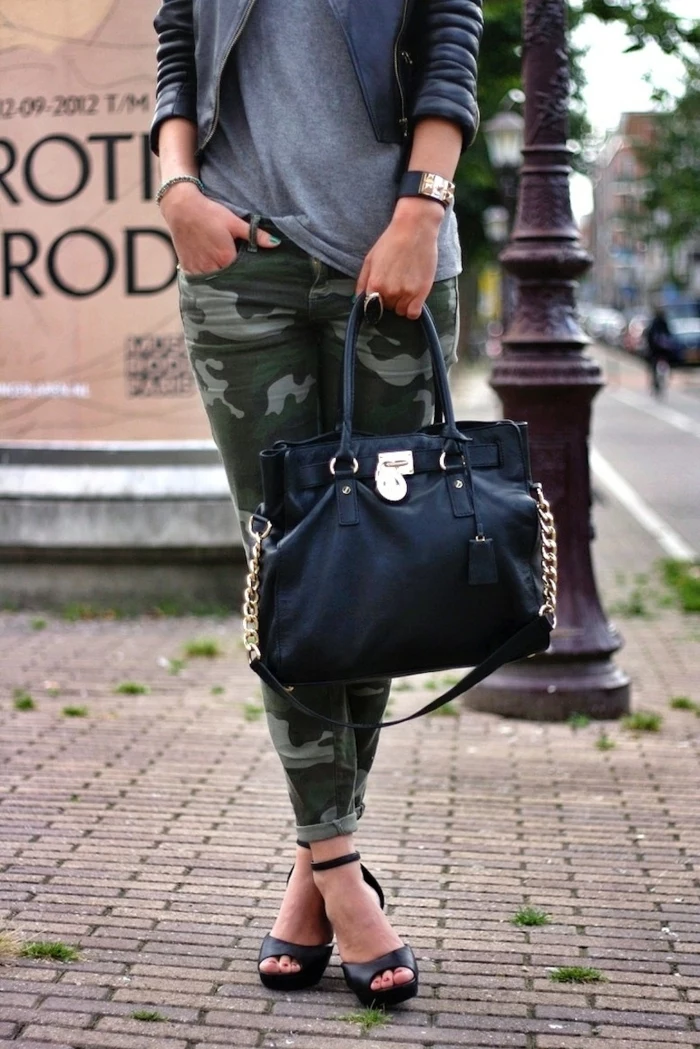
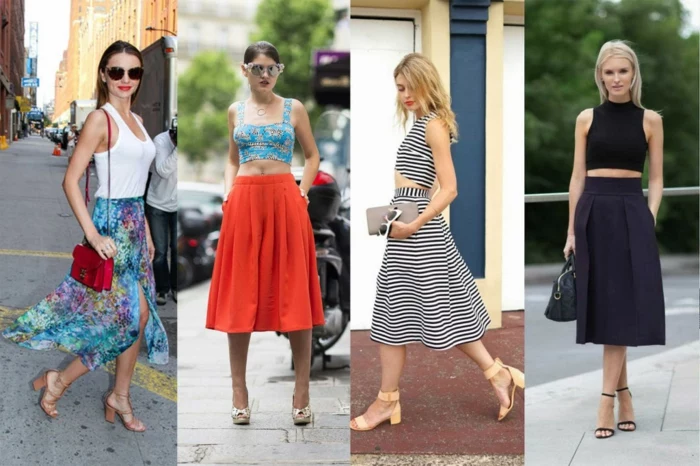
- Wrinkle-Release Spray: A lifesaver for travel or mornings when you’re in a rush. A quick spritz of Downy Wrinkle Releaser can smooth out cotton shirts and trousers.
- Cashmere Comb: Gently removes pilling from your favorite sweaters, making them look new again.
- High-Quality Hangers: Use broad, shaped wooden hangers for blazers and coats to preserve their shoulder structure.
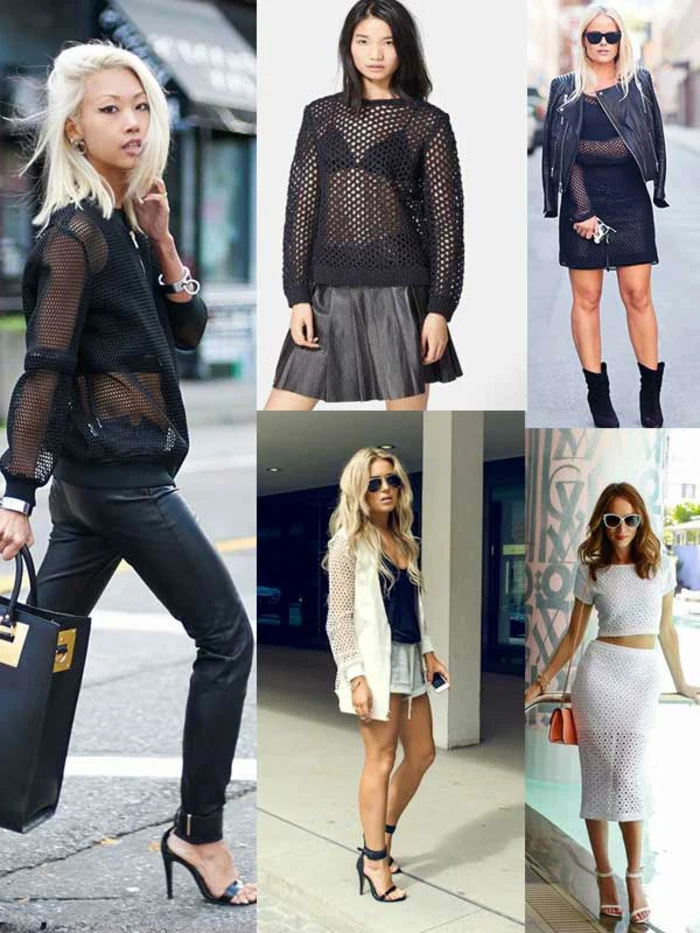
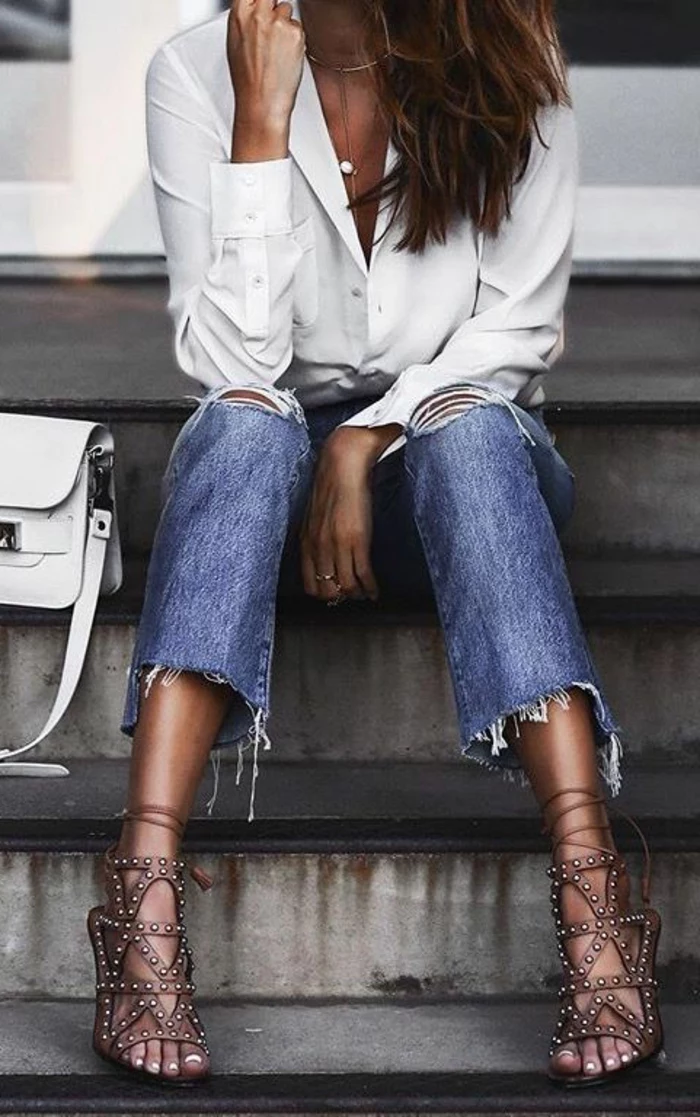
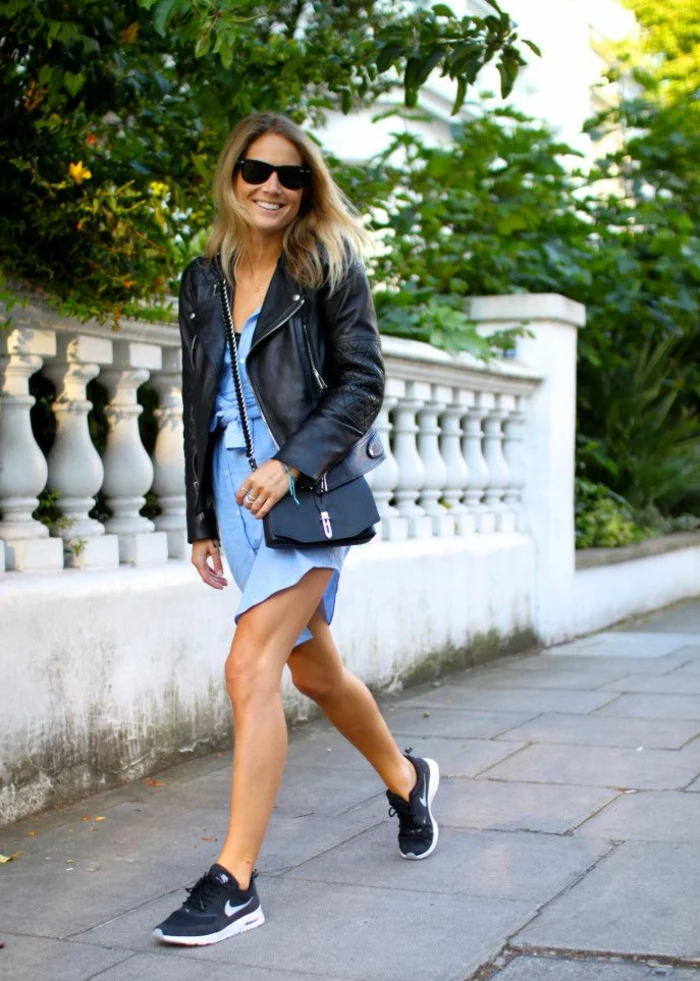
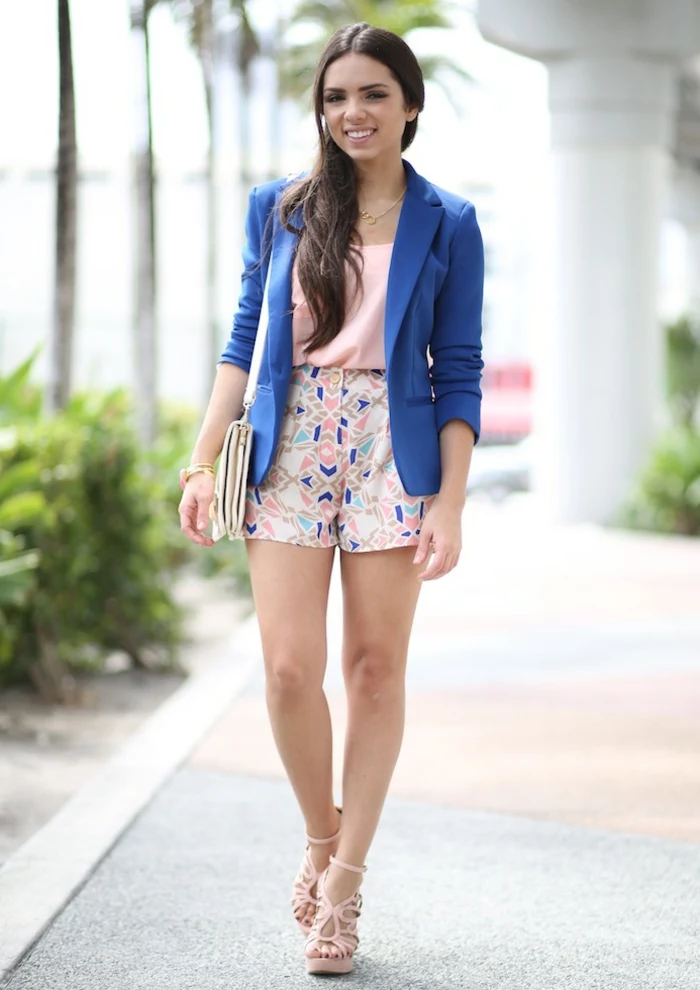
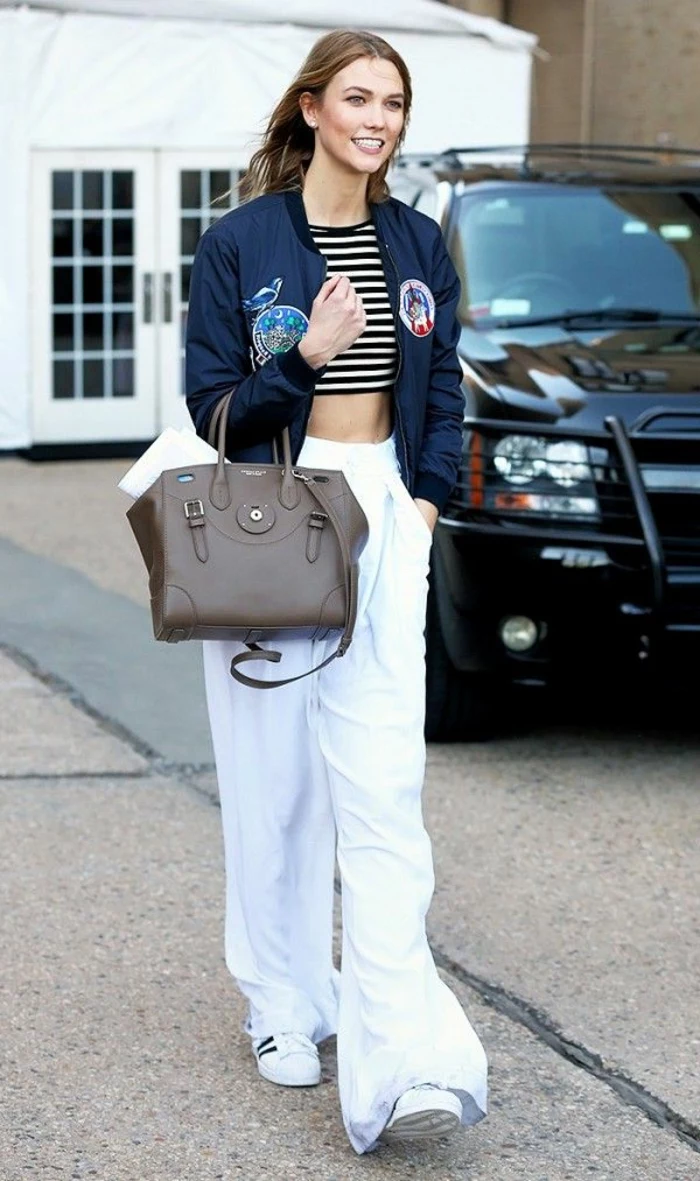
What exactly is
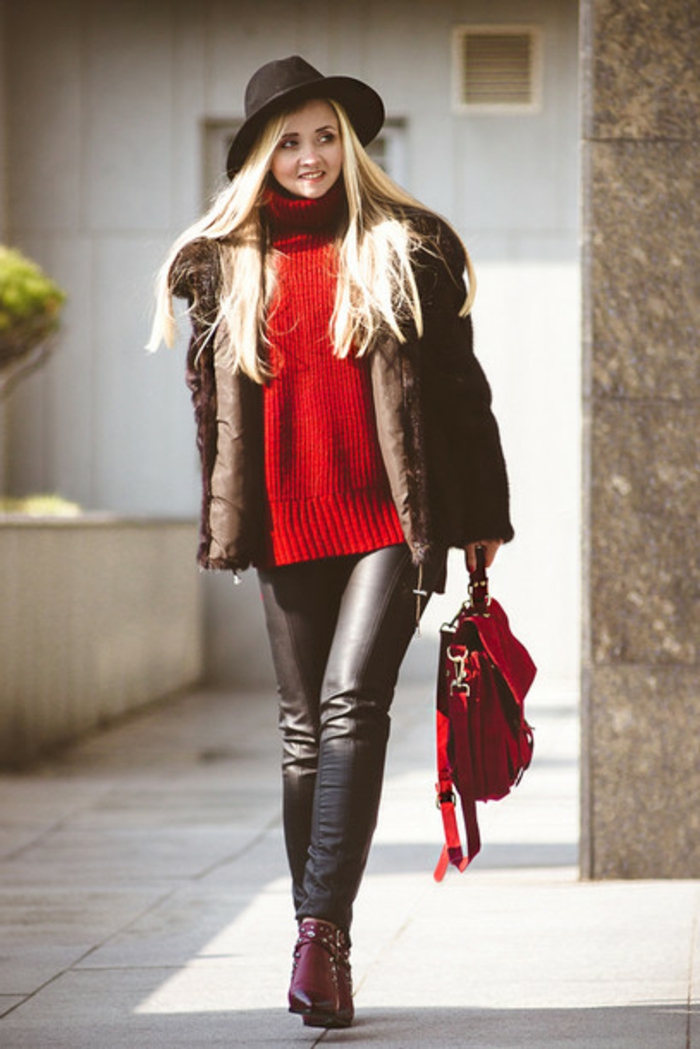
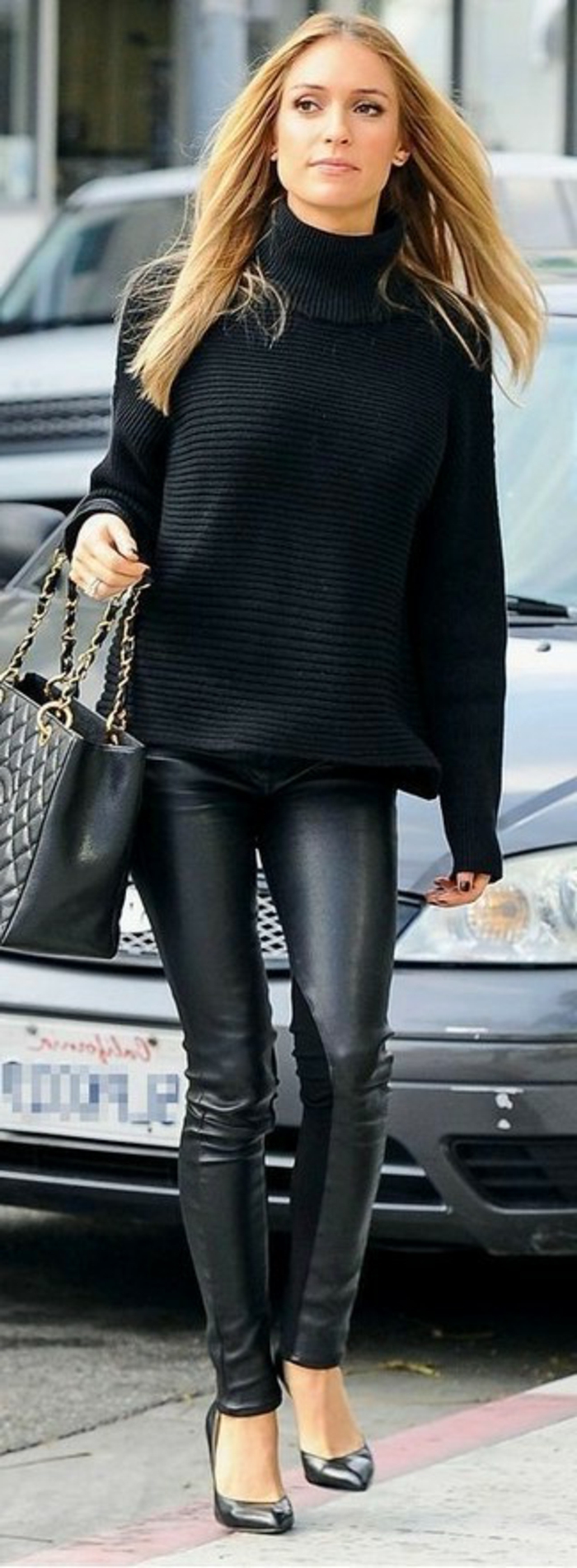
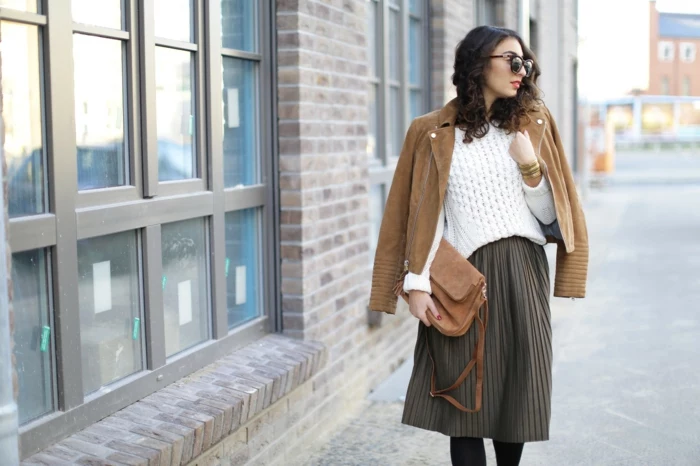
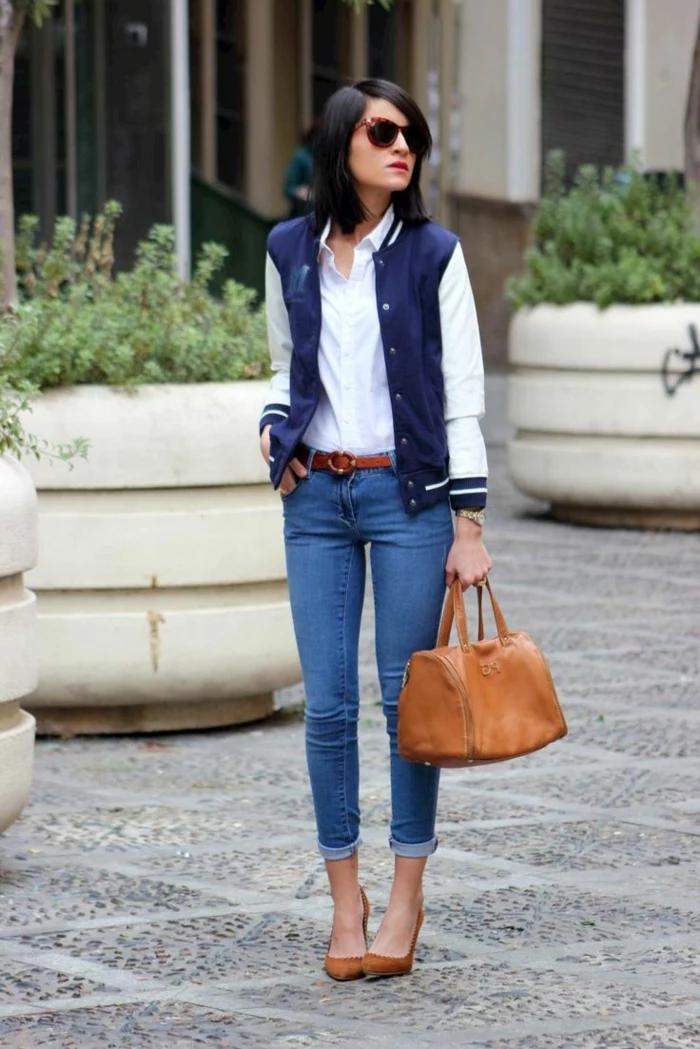
In a survey by OfficeTeam, 80% of executives said that clothing choices affect an employee’s chances of earning a promotion.
This statistic highlights a silent career factor. While performance is key, your visual presentation contributes to the overall perception of your potential. Dressing for the role you want isn’t just a cliché; it’s a strategic move that aligns your image with your ambitions.
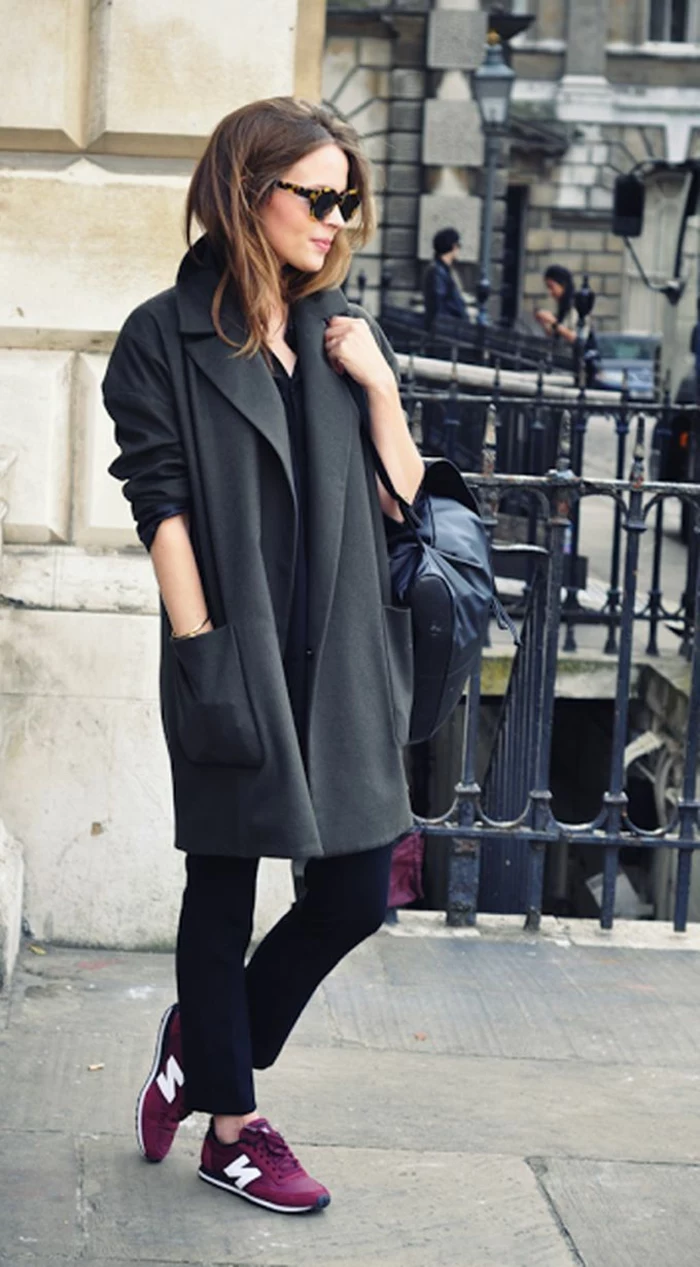
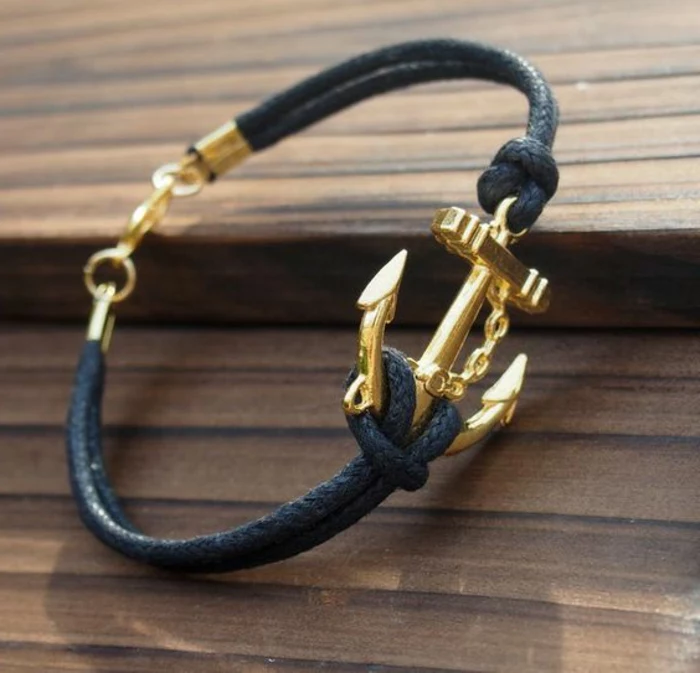
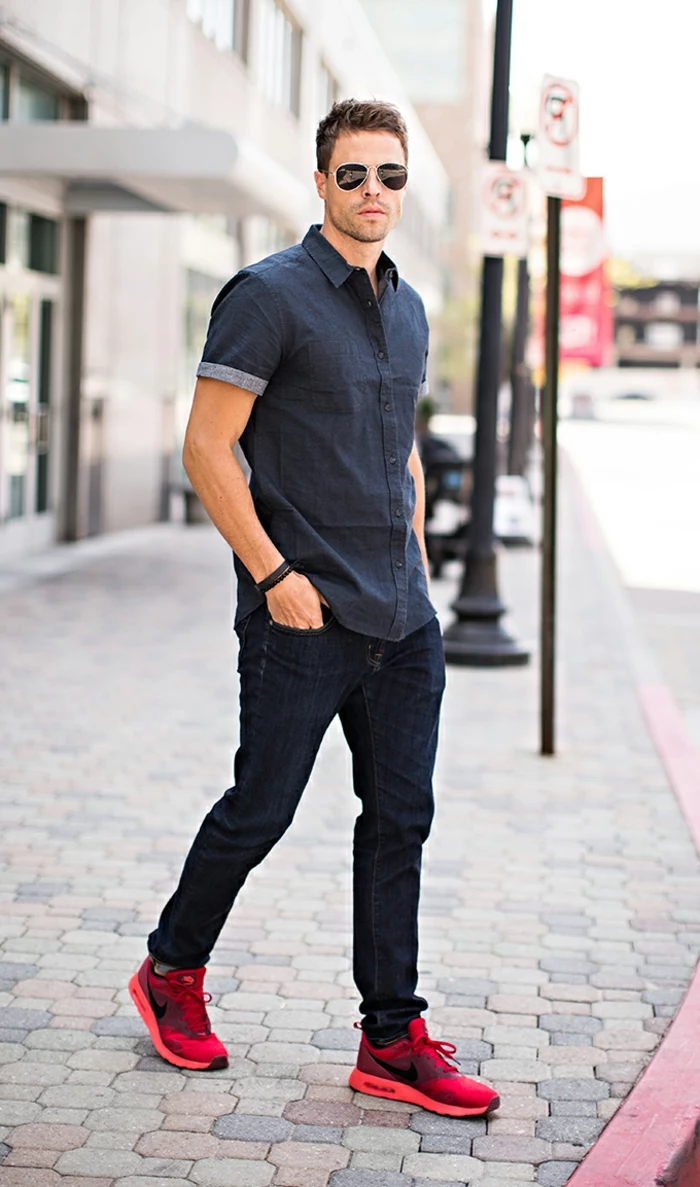
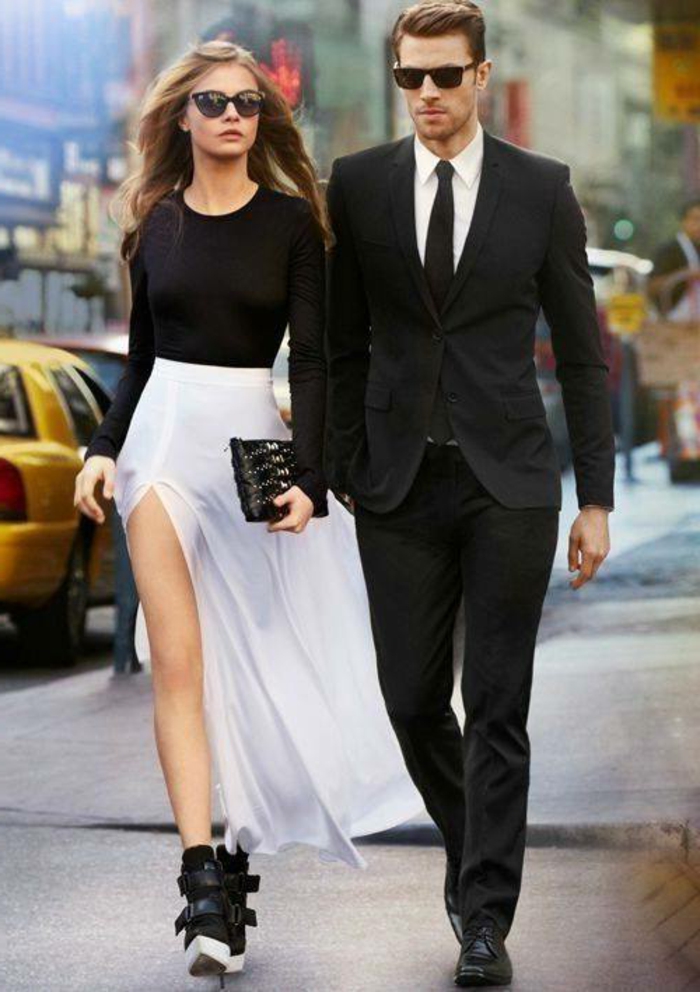
Mastering the art of business casual often comes down to texture. A simple monochrome outfit—like all-black or all-navy—can go from flat to fascinating by mixing materials. Imagine combining the smooth sheen of a silk camisole with the soft knit of a cashmere cardigan and the structured weave of wool trousers. This subtle play on textures adds visual interest and a touch of luxury without needing bright colors or bold patterns.
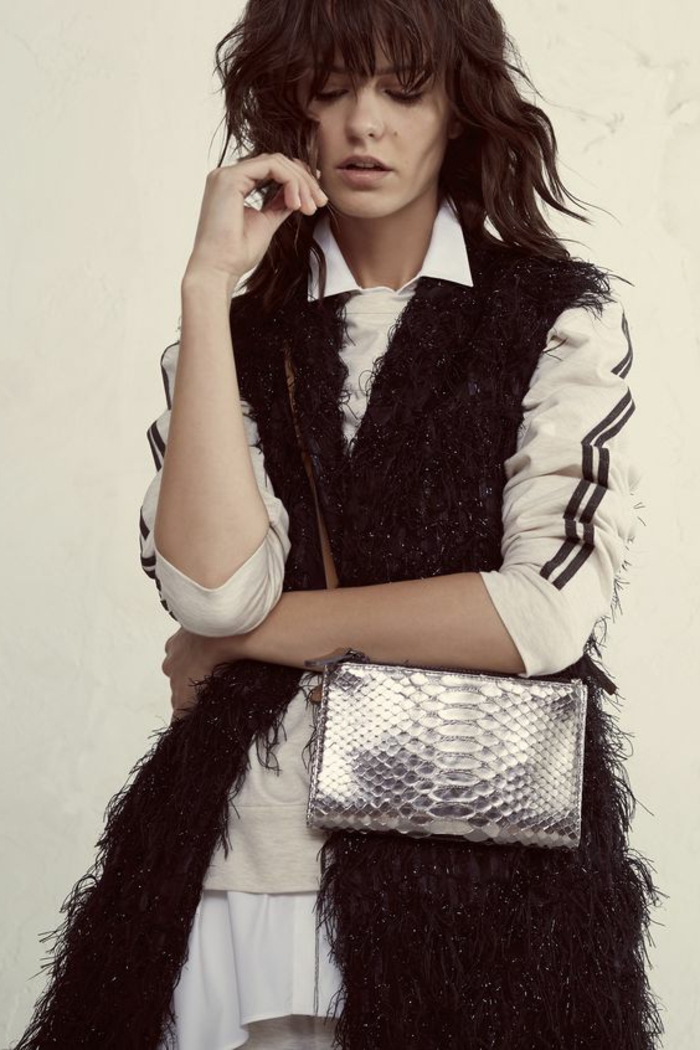
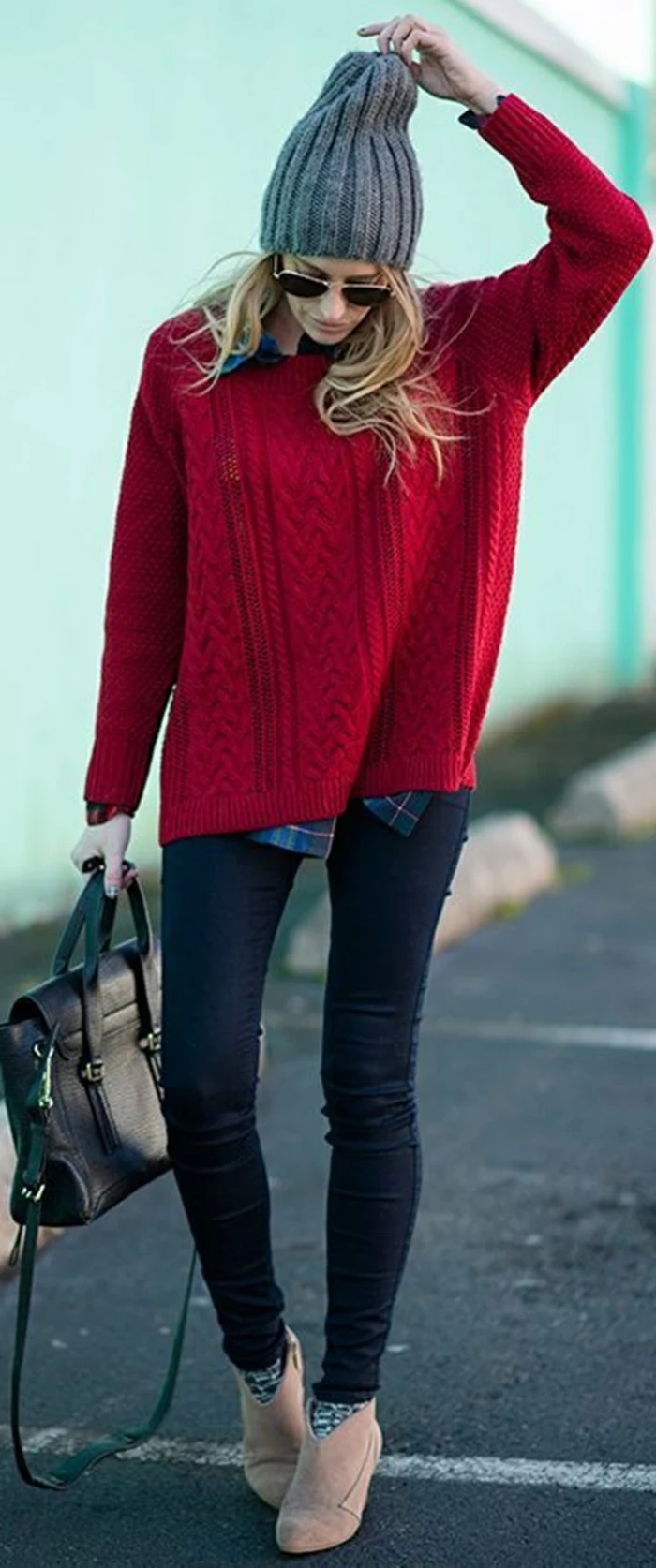
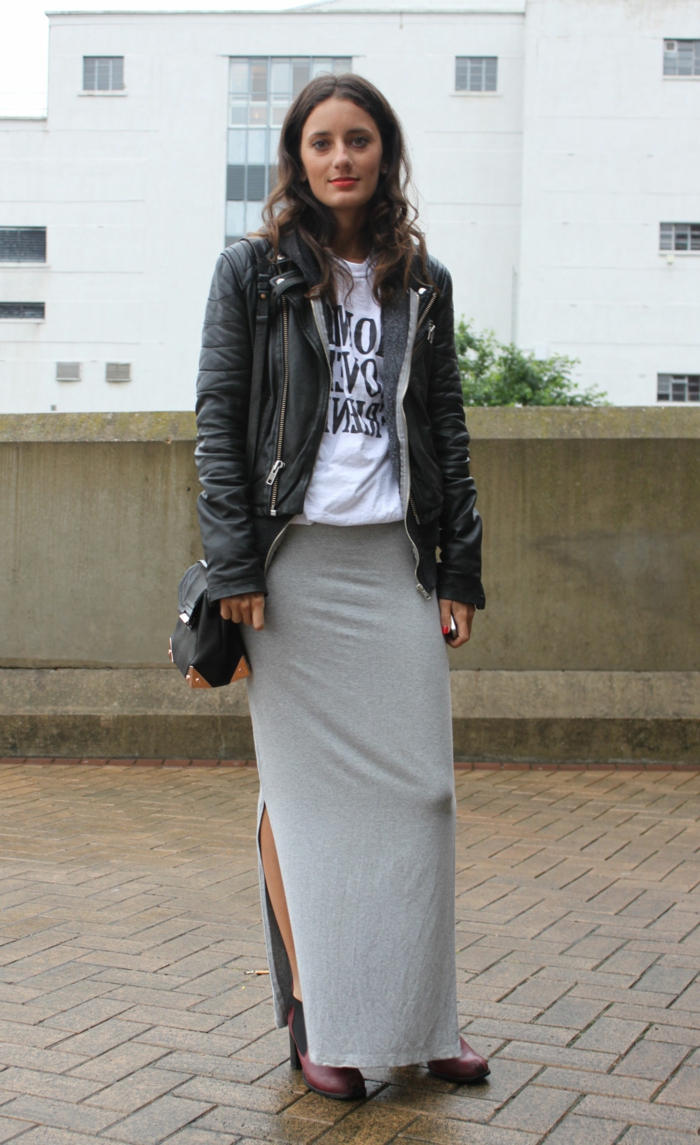
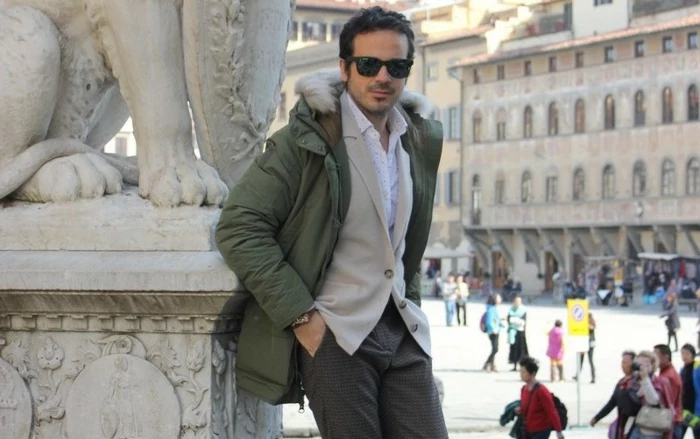
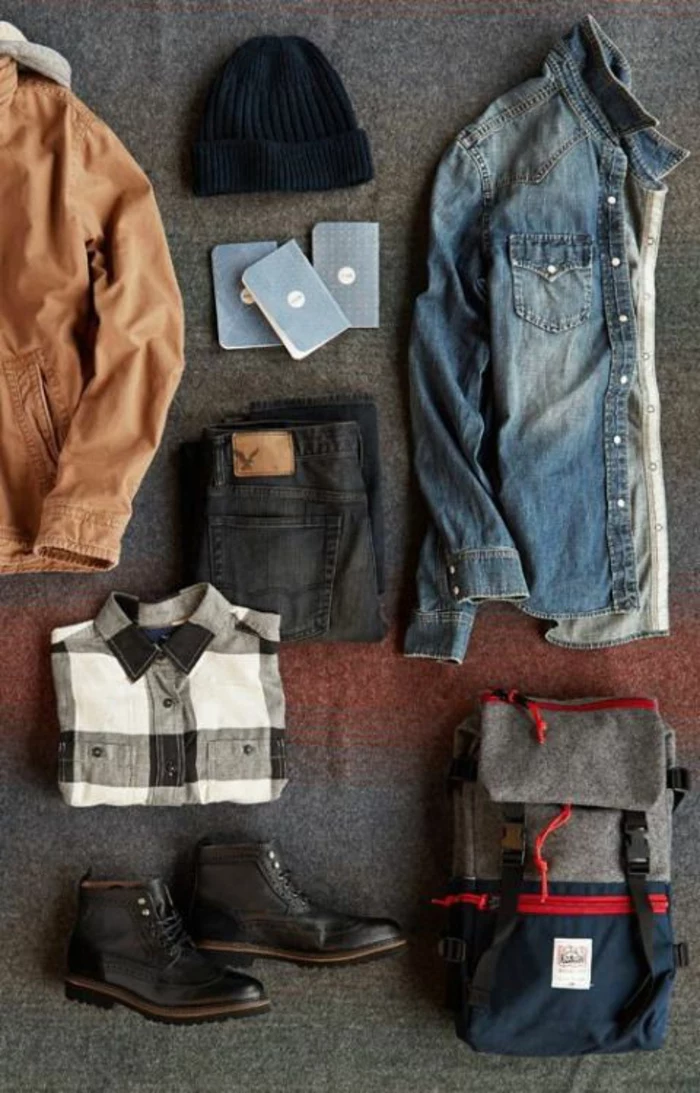
When in doubt, think about the
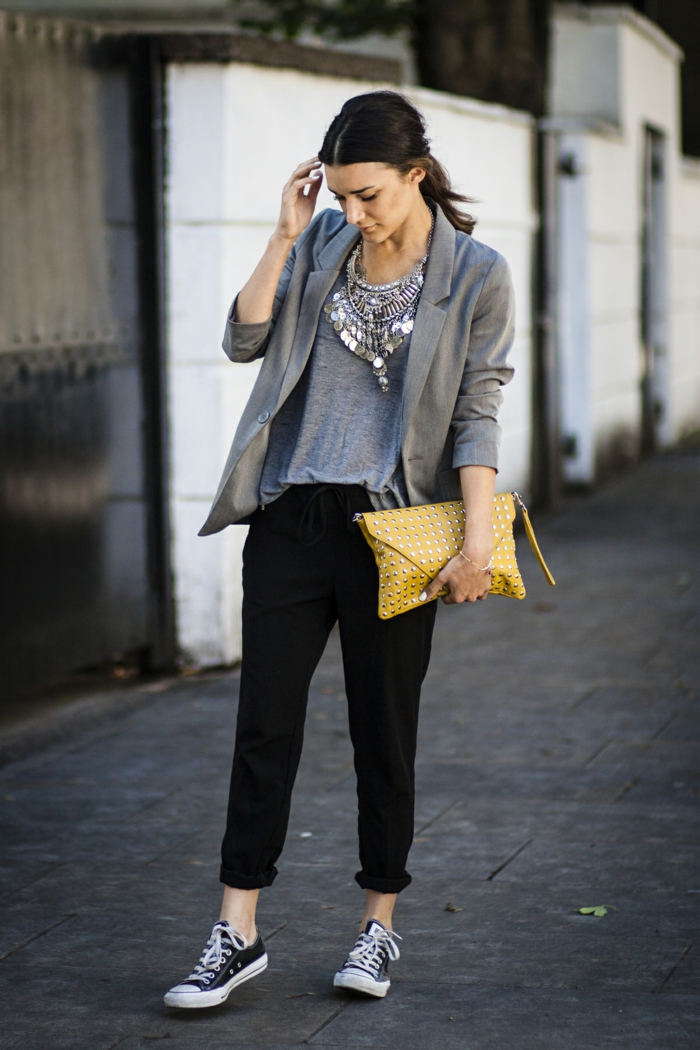
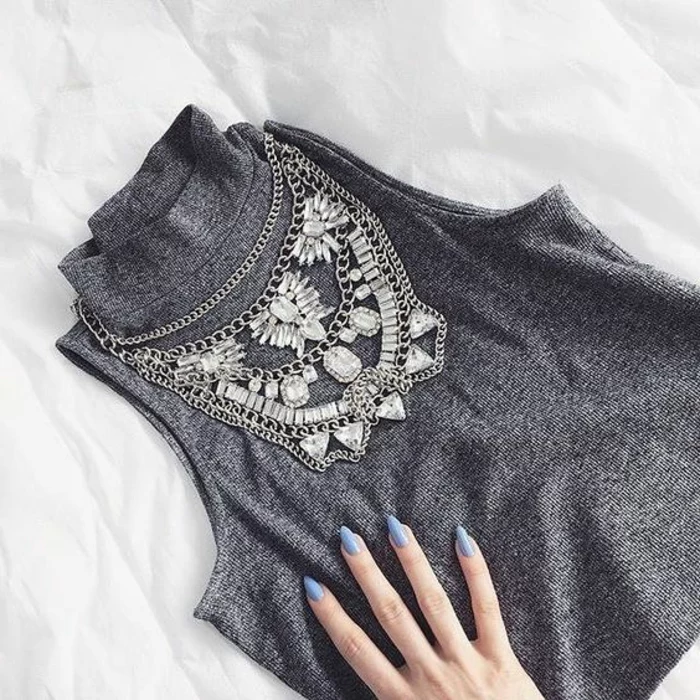
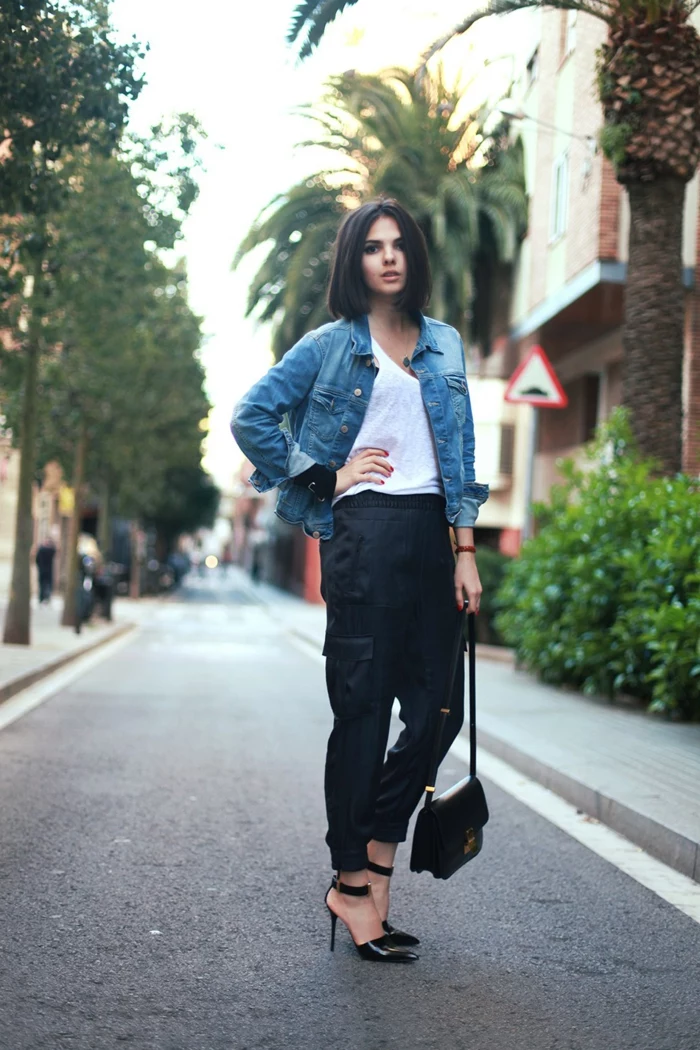
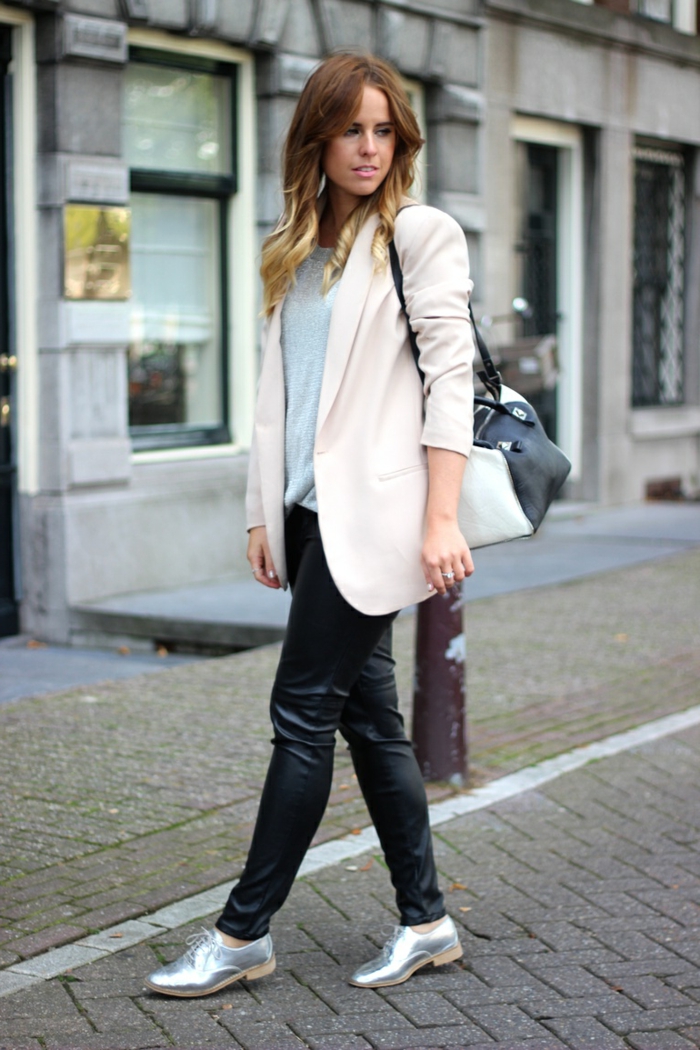
The Knit Polo: A sophisticated upgrade from the classic cotton piqué polo. Made from finer materials like merino wool, silk blends, or mercerized cotton, it drapes better and sits smoothly under a blazer. It’s the perfect bridge between a t-shirt and a dress shirt.
The Classic T-Shirt: Can work if the quality is impeccable. Look for a substantial weight, a perfect fit (not too tight, not too baggy), and a pristine neckline. A high-quality tee from a brand like Vince or Asket paired with a sharp jacket can look effortlessly modern.
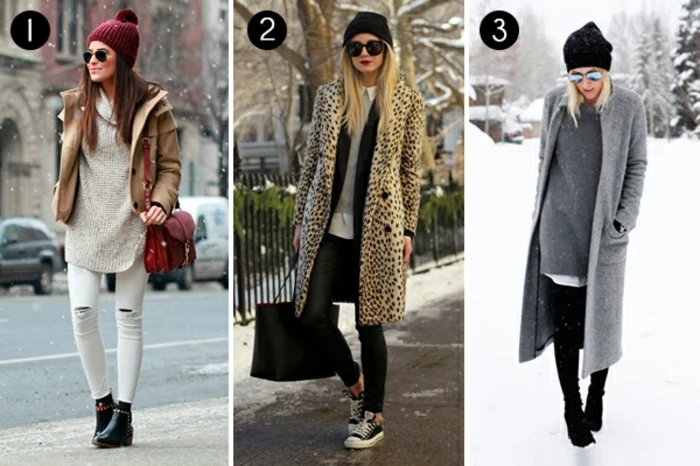
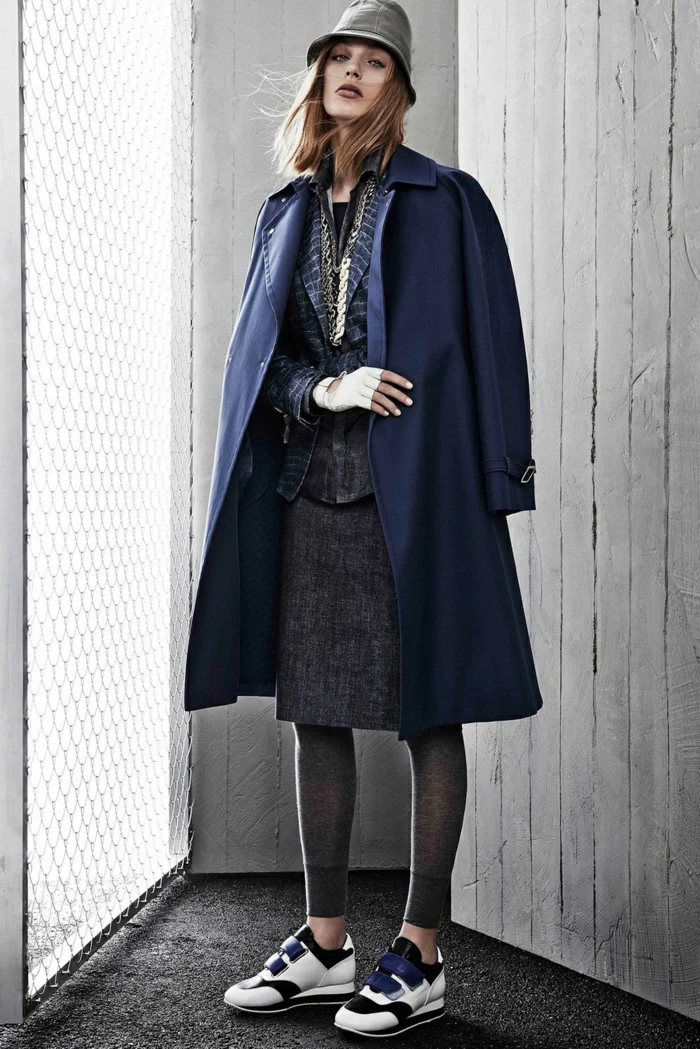
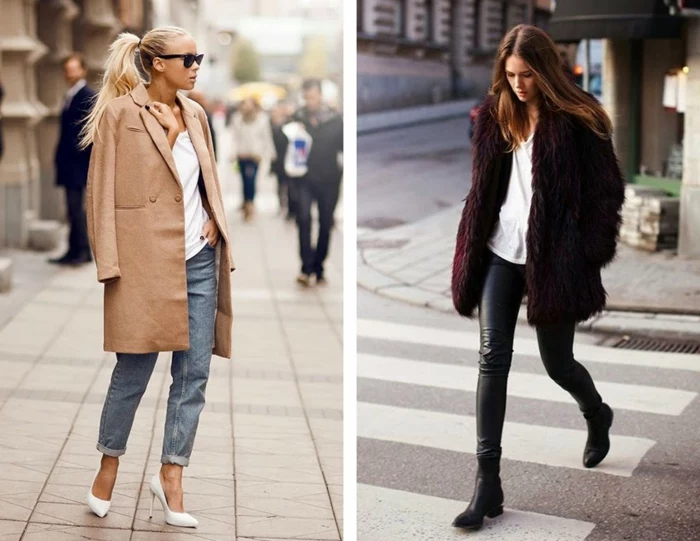
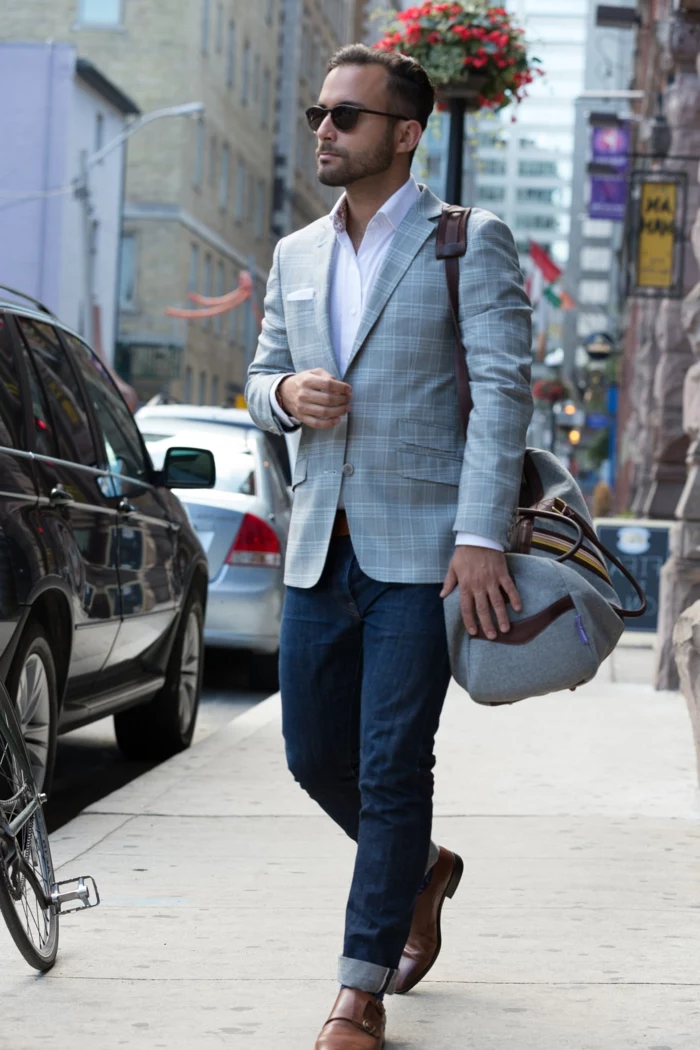
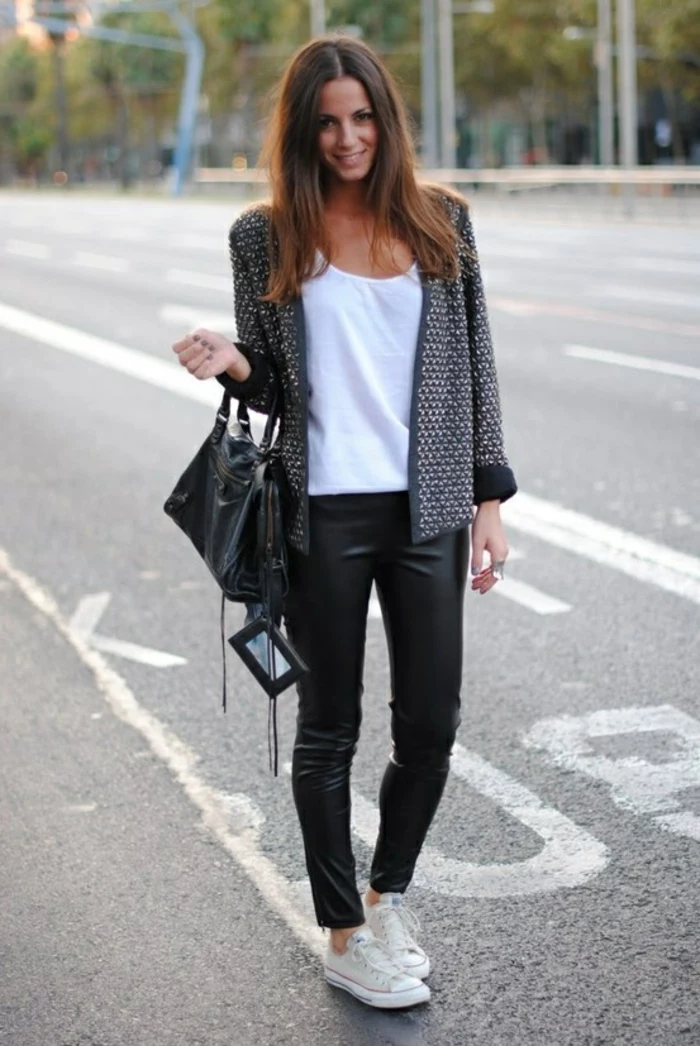
A quick guide to dress codes, from most to least formal:
- Business Formal: Full matching suit, tie (for men), formal dress shoes.
- Business Professional: A slight step down. Think a sport coat or blazer with different trousers, but still with a collared shirt. Skirt or pant suits for women.
- Business Casual: Our focus. Chinos/khakis, collared shirts, blazers optional, sweaters. Allows for more personality.
- Smart Casual: The weekend version. Dark, well-fitting jeans are acceptable, as are clean, stylish sneakers or loafers. More relaxed but still polished.
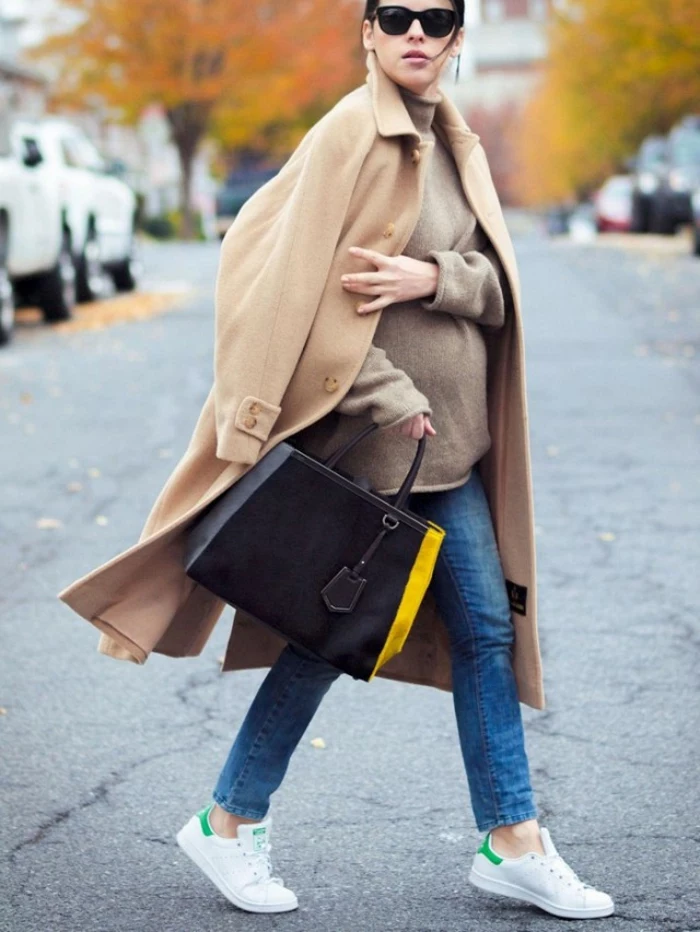
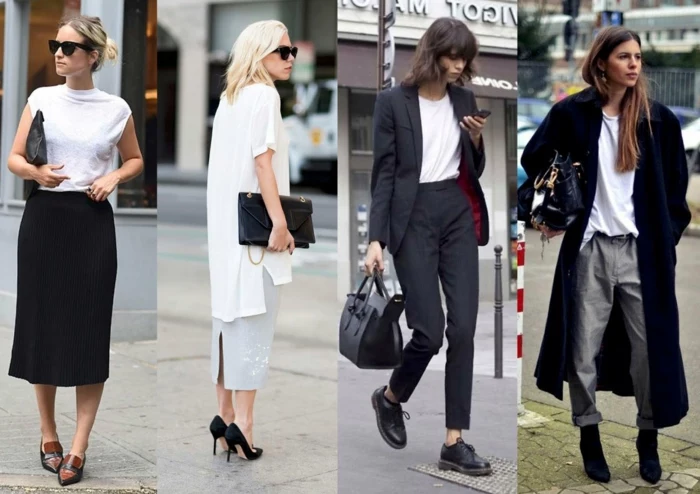
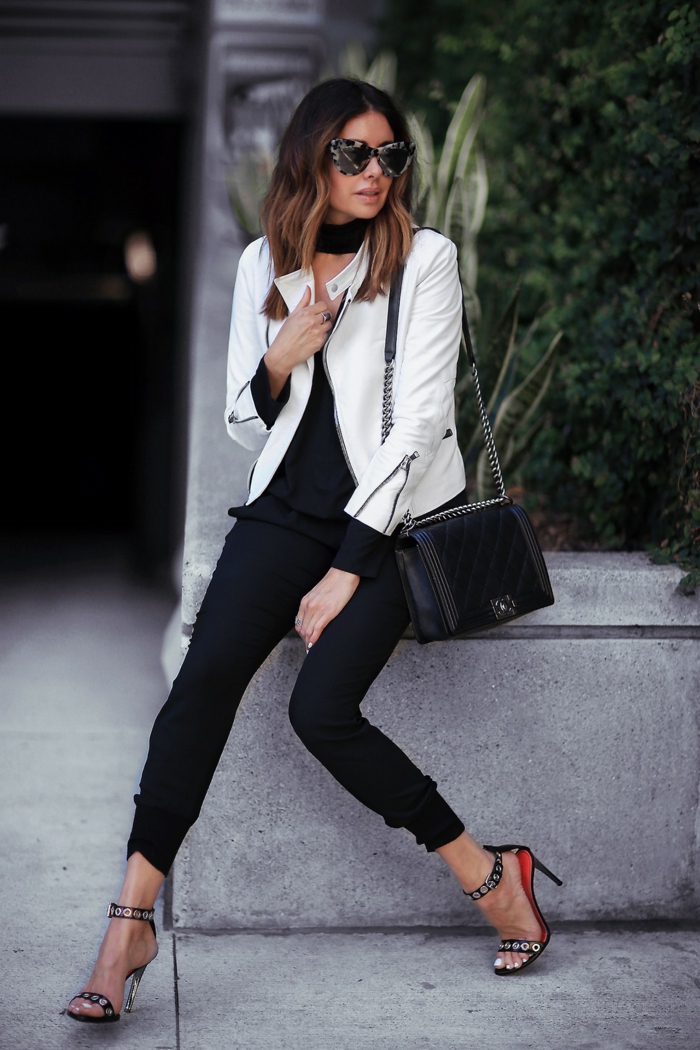
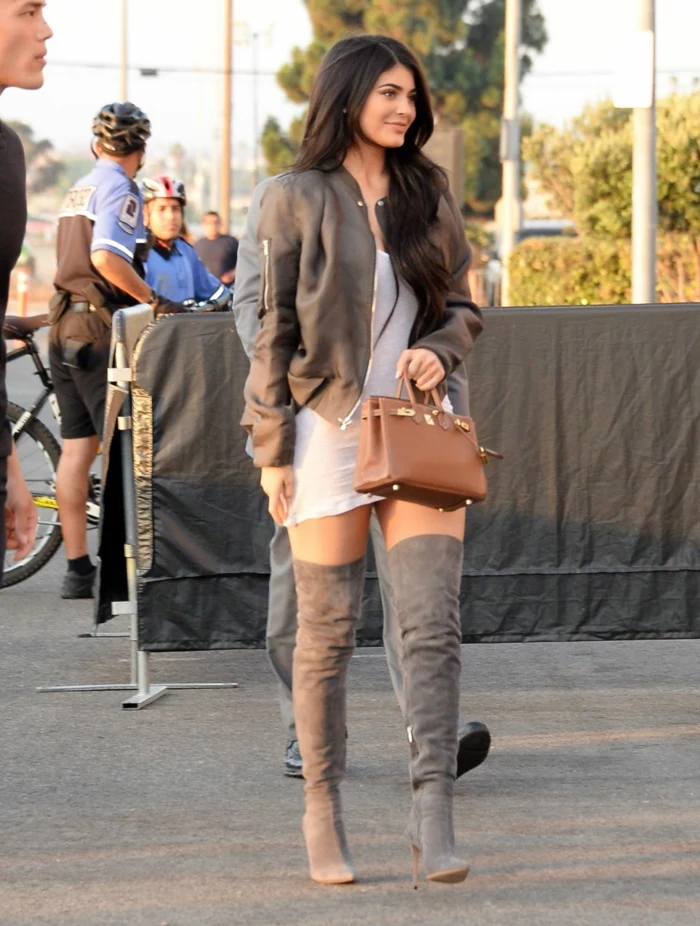
A common pitfall: Forgetting the details. Your clothes can be perfect, but if your shoes are scuffed, your nails are untidy, or your hair is unkempt, the entire look is undermined. Polished presentation is a holistic concept; grooming is the essential foundation upon which a great outfit is built.
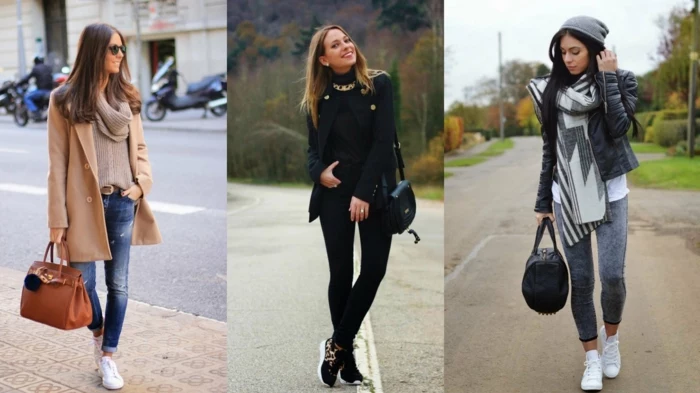
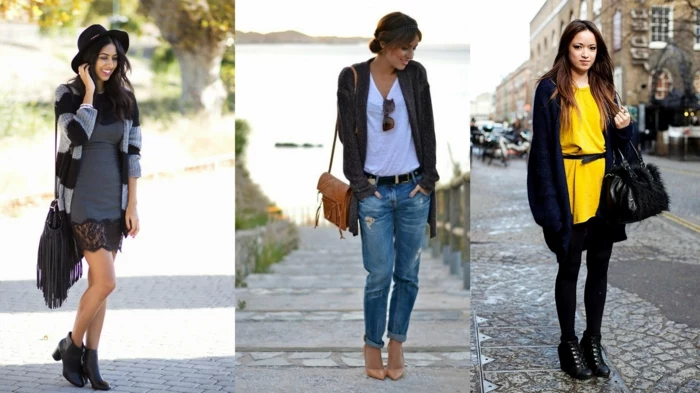
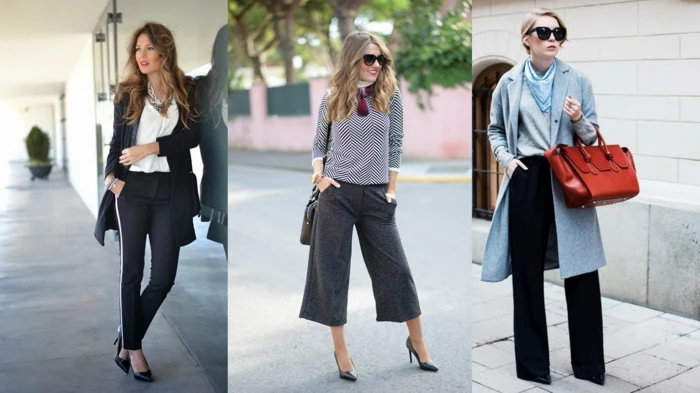
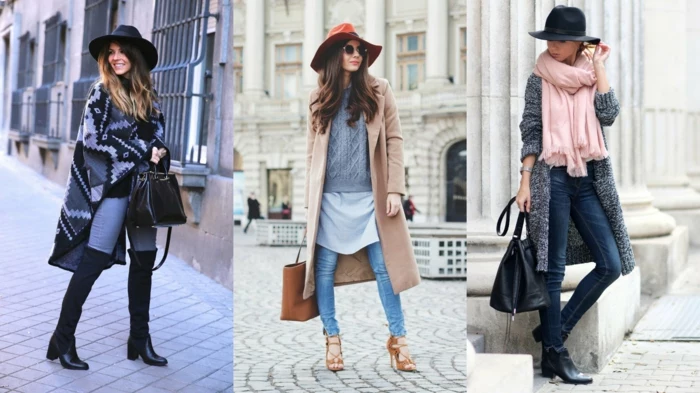
- A pair of elegant, non-distracting earrings or a simple necklace.
- A quality watch that feels like a natural extension of your style.
- A high-quality silk pocket square for a blazer’s breast pocket.
The rule of thumb for accessorizing? Choose one or two focal points. In a professional environment, accessories should complement, not command attention. They are the subtle finishing touches that signal refinement.
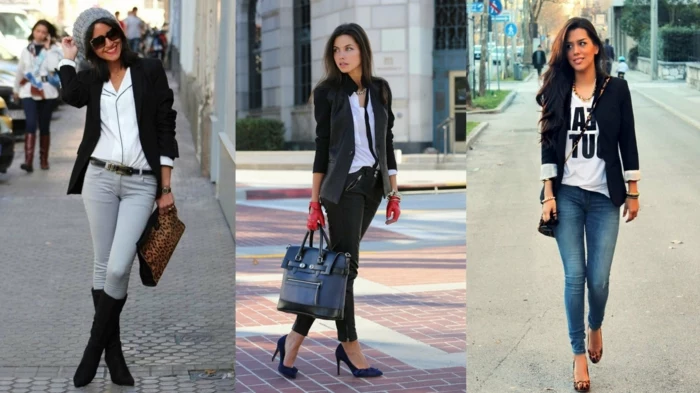
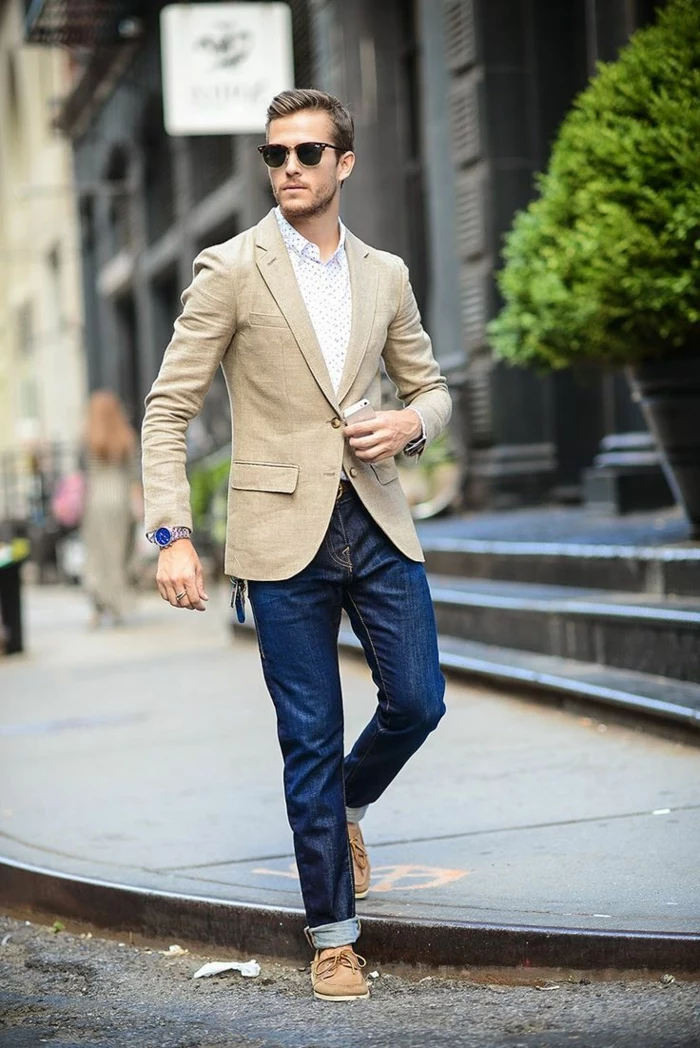
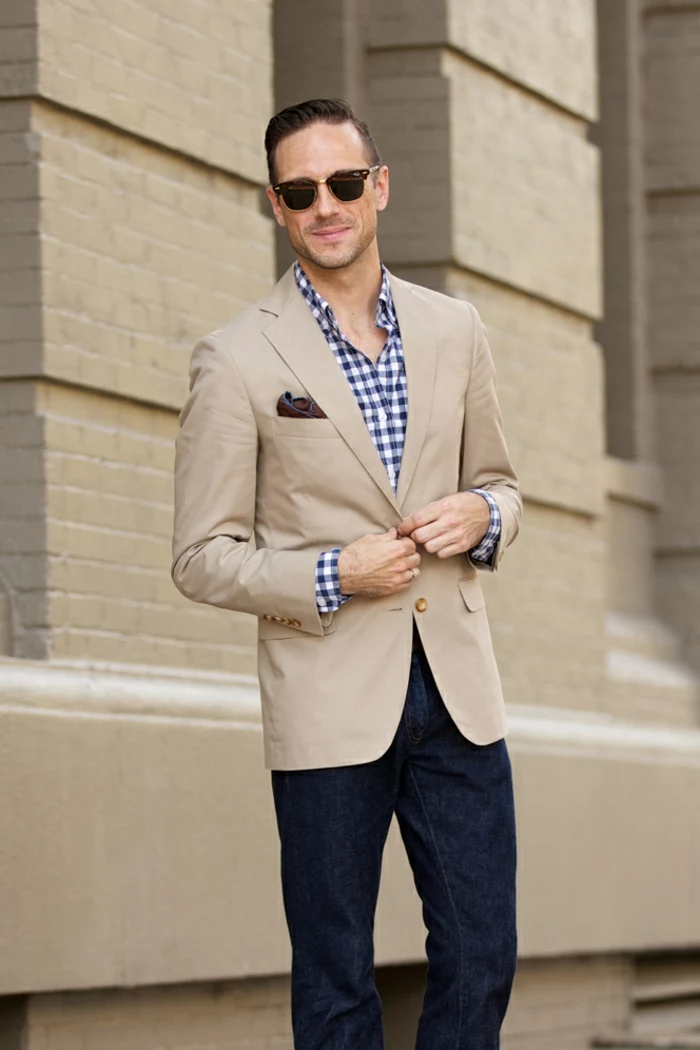
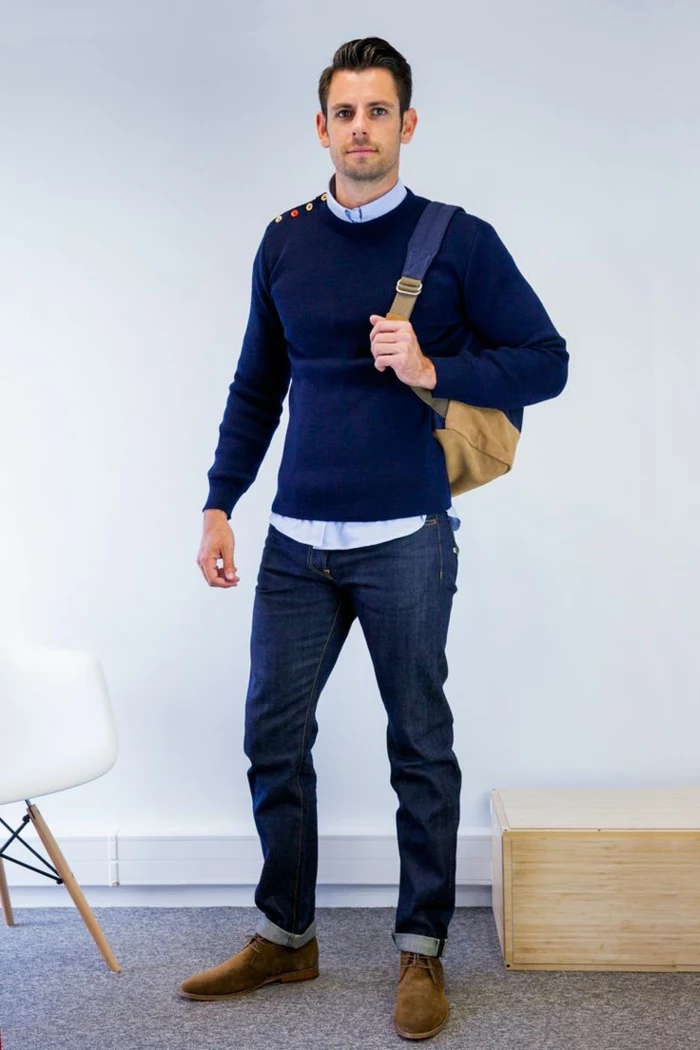
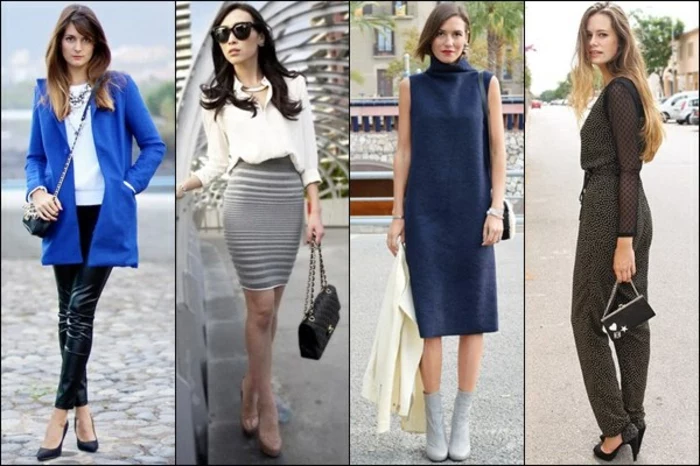
Sprezzatura
This Italian concept perfectly captures an advanced level of business casual. It means ‘studied carelessness’—the art of looking impeccable while seeming completely effortless. It’s in the nonchalant drape of a jacket, a slightly unbuttoned cuff, or a perfectly chosen accessory that looks like an afterthought. It’s confidence translated into style.
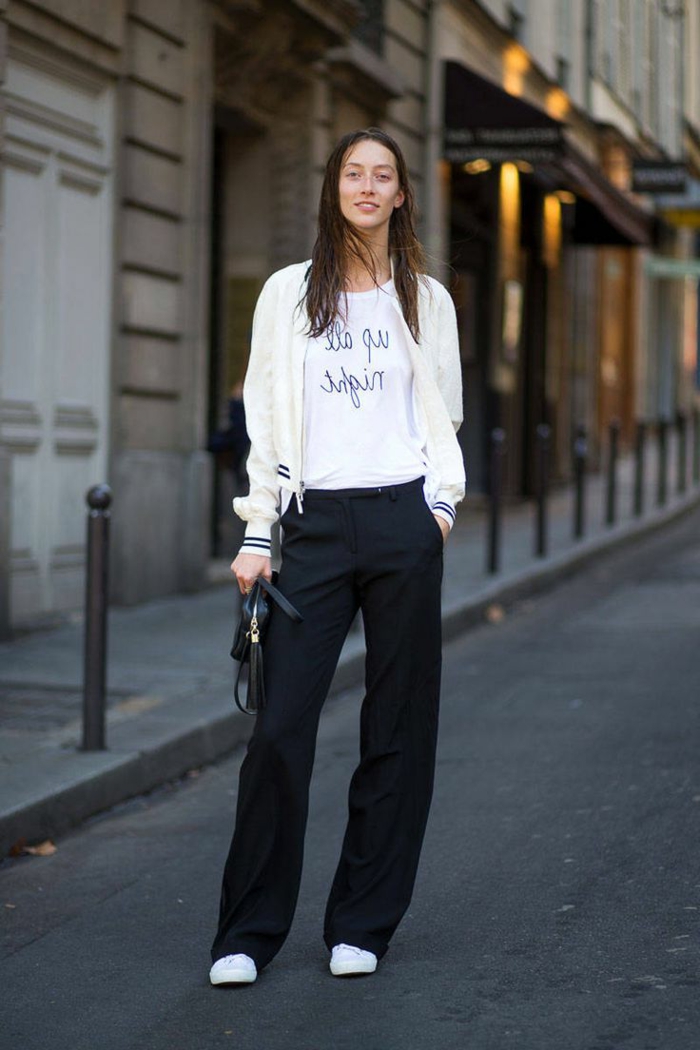
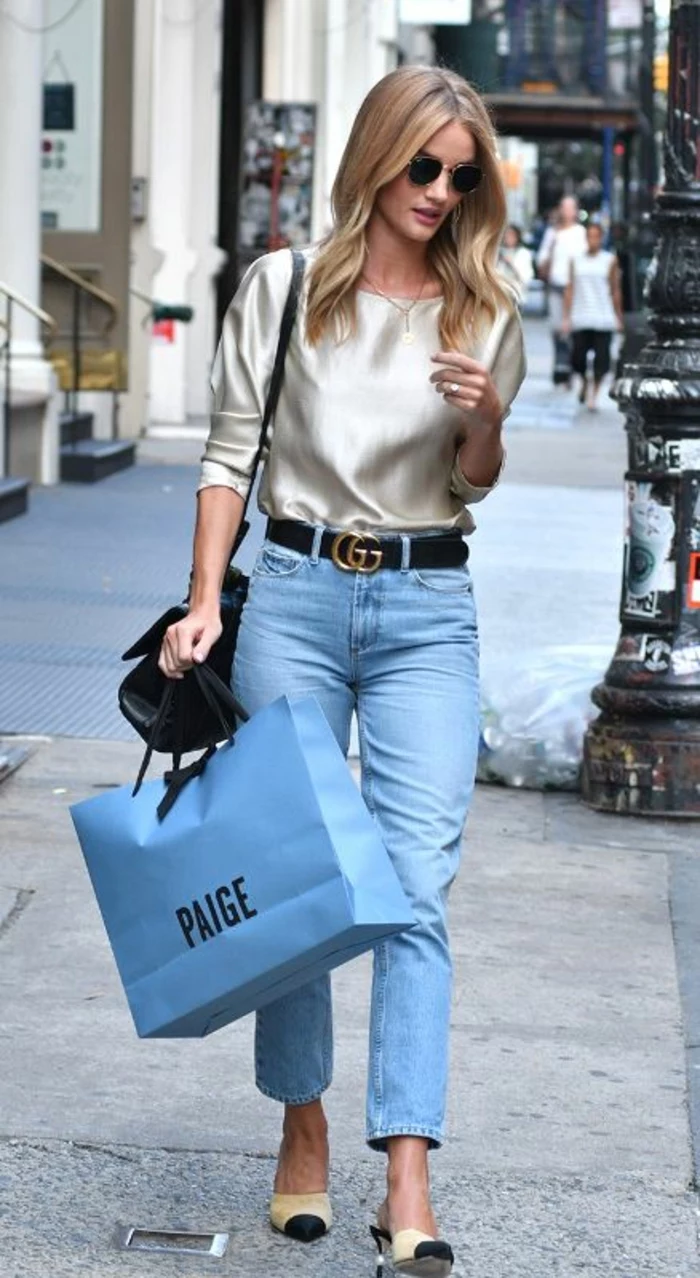
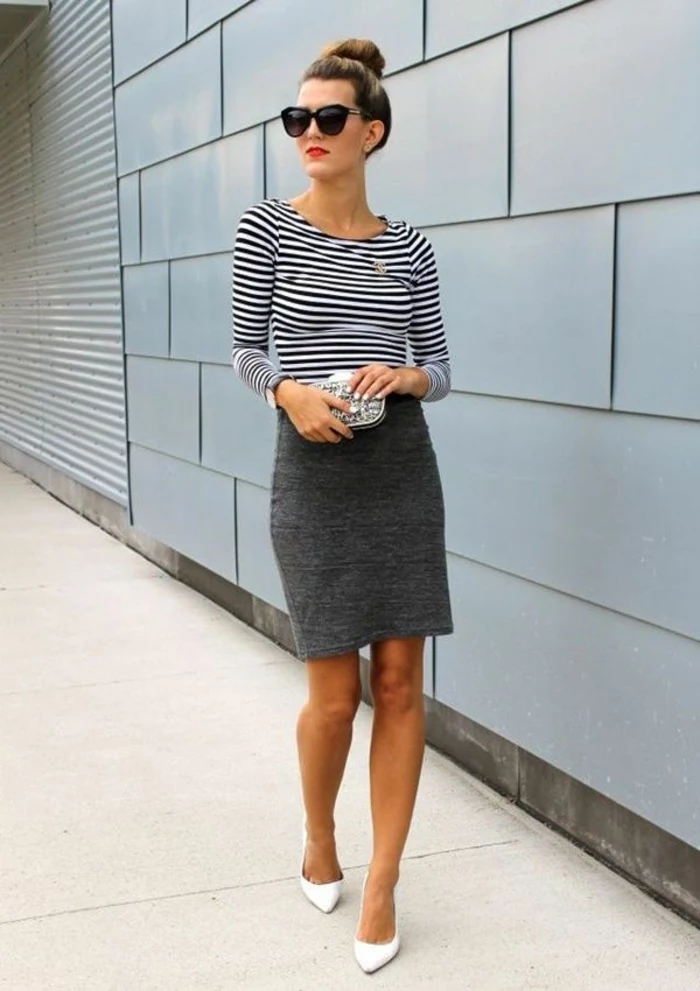
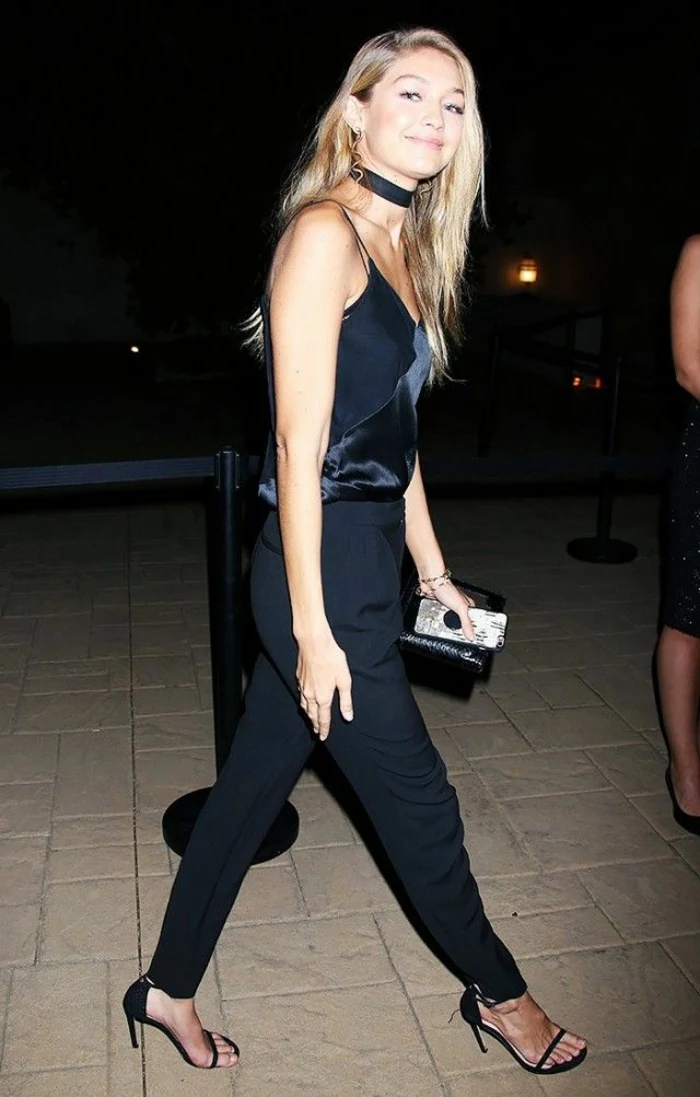
The Power of the Stand-Alone Trouser: For years, the focus was on the blazer, but a perfectly tailored, high-quality pair of trousers can be the true hero of a business casual wardrobe. Look for excellent drape and a modern cut—whether it’s a slim-fit chino from Bonobos or an elegant wide-leg crepe pant from Theory. They form a strong, versatile base for sweaters, blouses, and jackets.
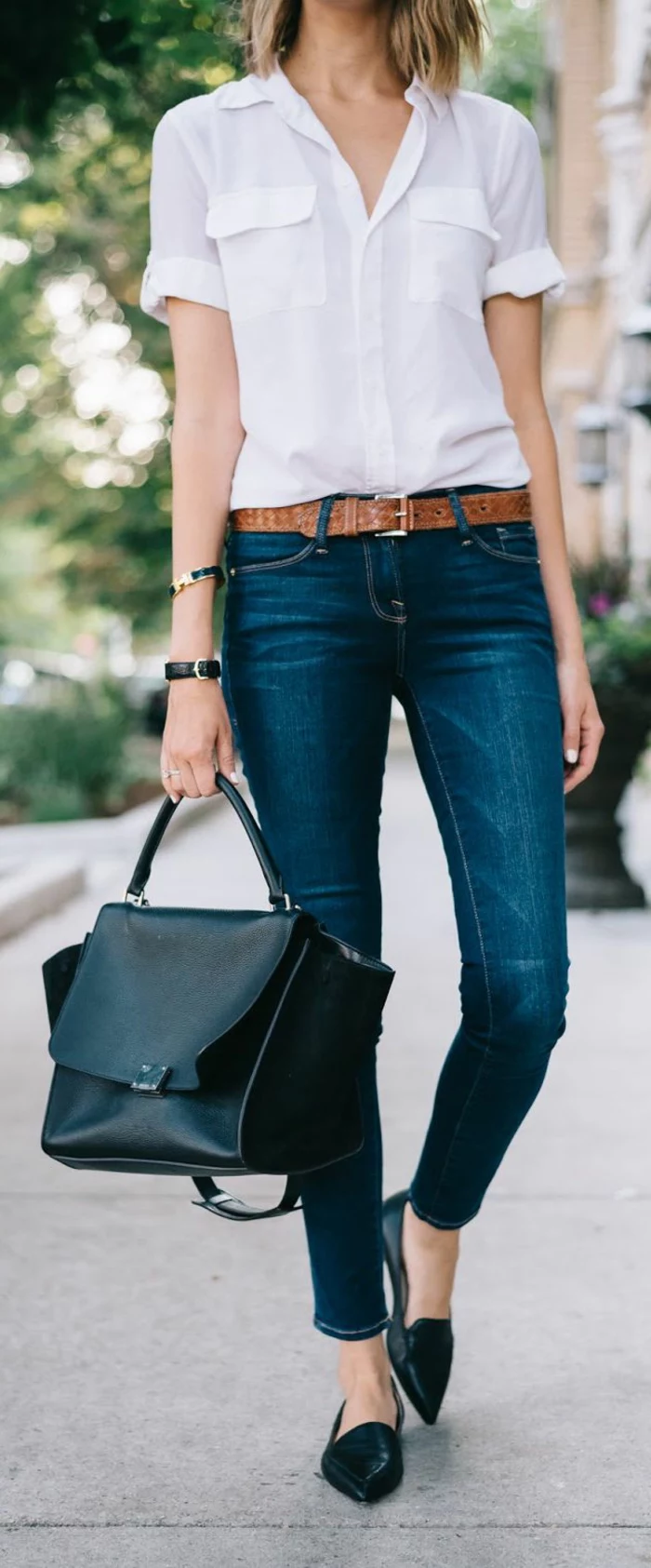
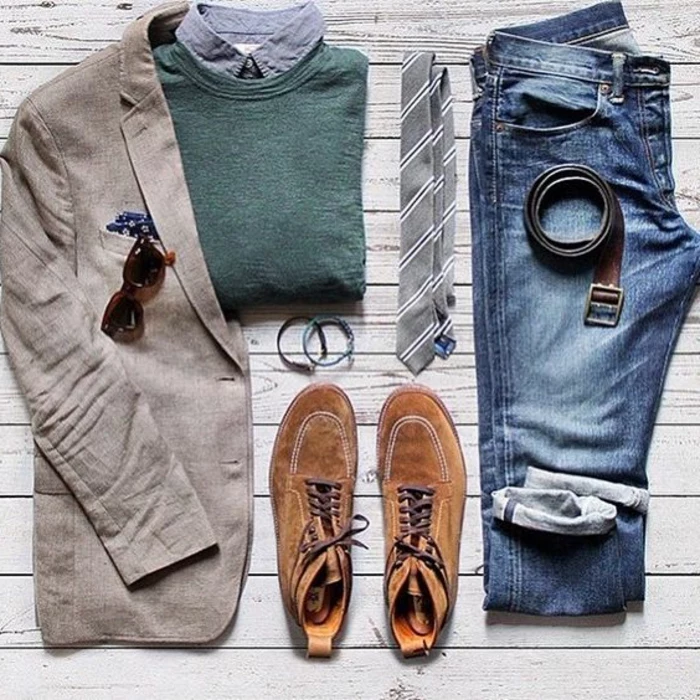
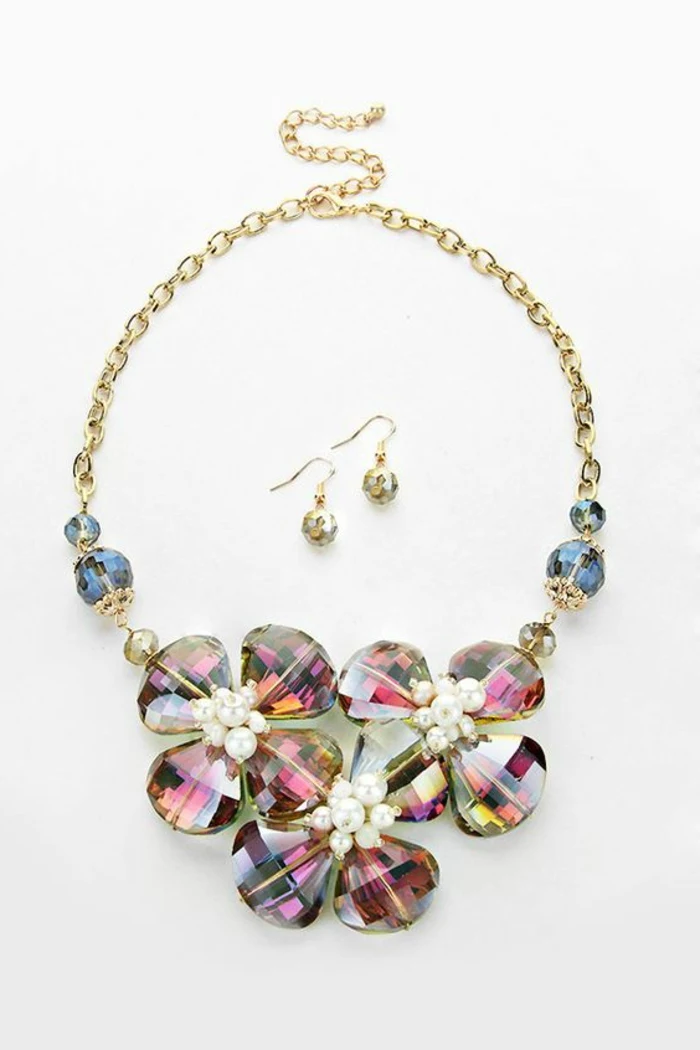
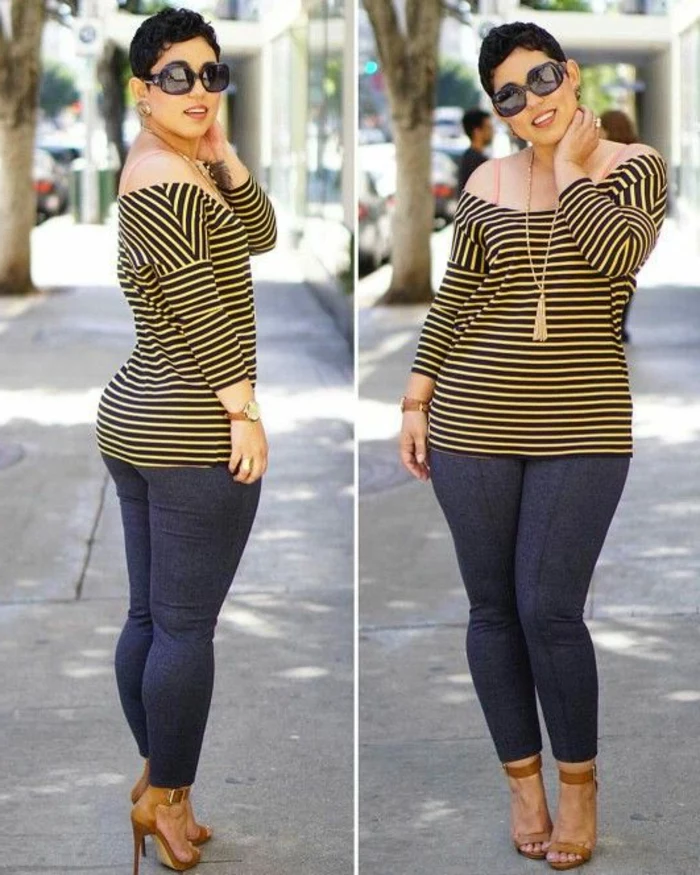
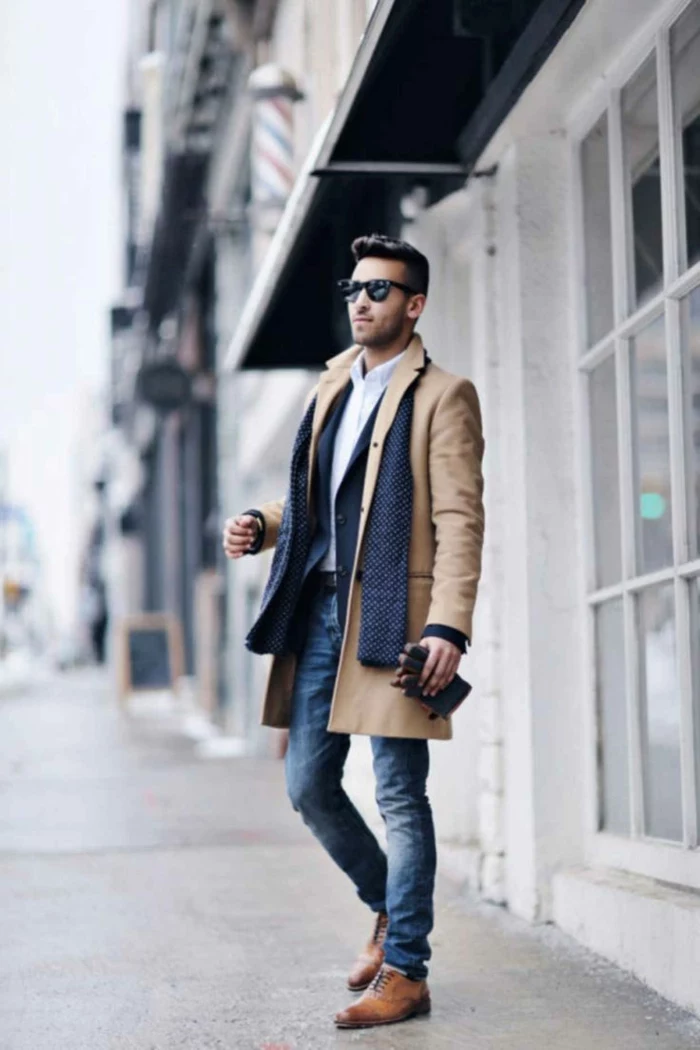
My blazer sleeves are too long. Do I really need a tailor?
Absolutely. Nothing screams ‘ill-fitting’ more than a jacket sleeve that swallows your hands. The sleeve should end right at your wrist bone, allowing about a quarter to a half-inch of your shirt cuff to show. This small alteration is one of the highest-impact, lowest-cost ways to make an off-the-rack piece look custom-made.
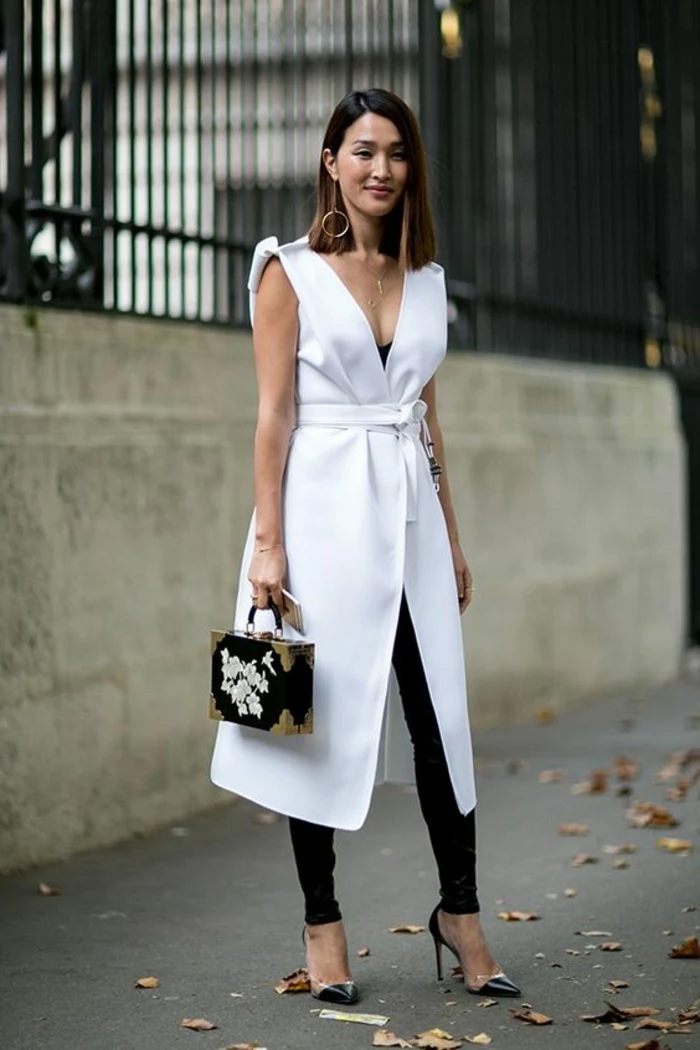
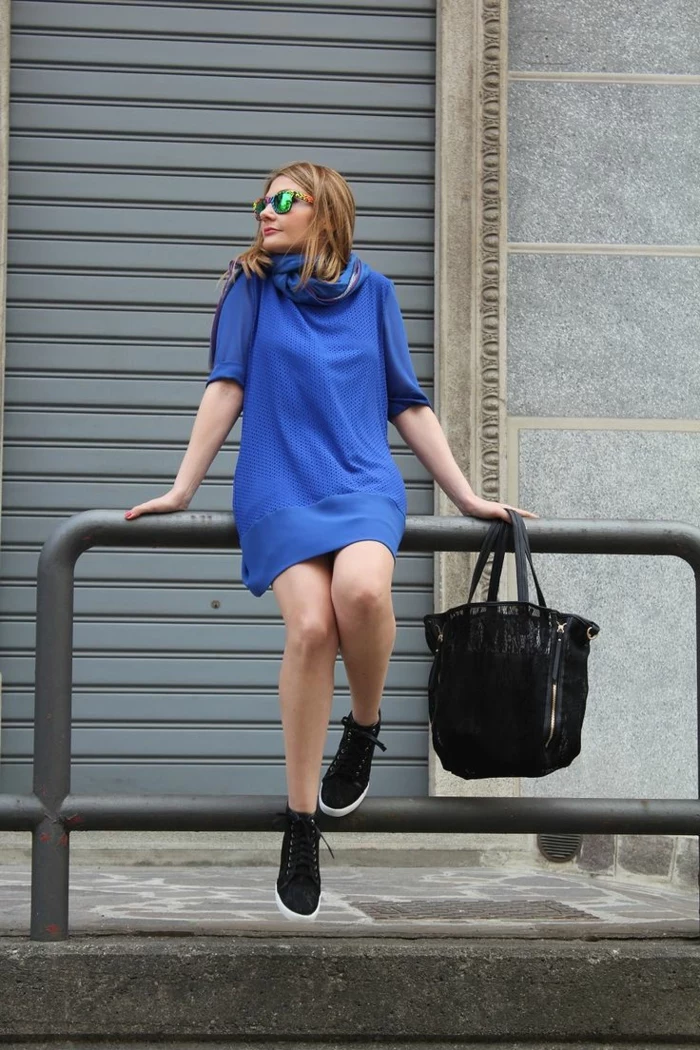
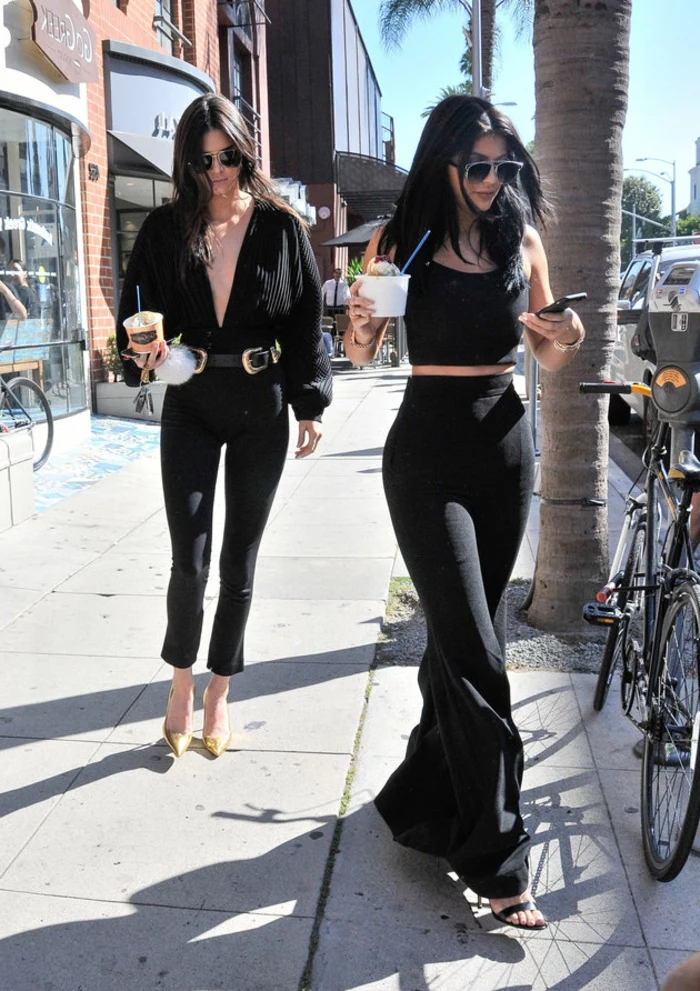

Navigating prints can be tricky. A good rule is to stick to one printed piece and keep the rest of your outfit solid and neutral. Classic, small-scale patterns like pinstripes, gingham, or subtle florals are safer bets than large, loud graphics. The goal is to add a touch of personality, not to become a walking art installation.
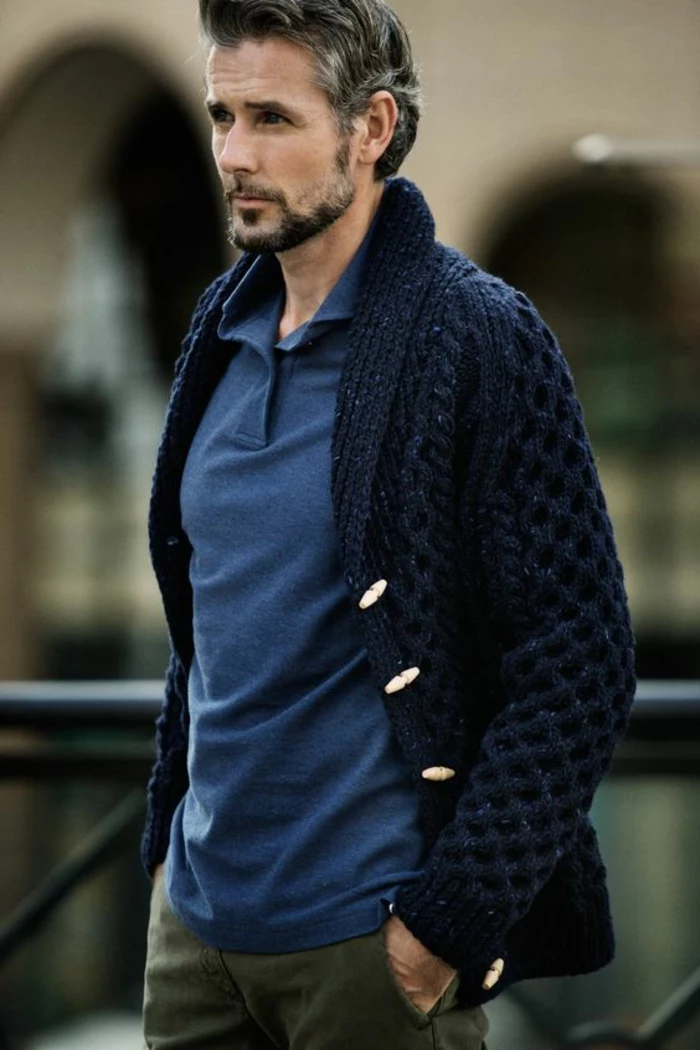
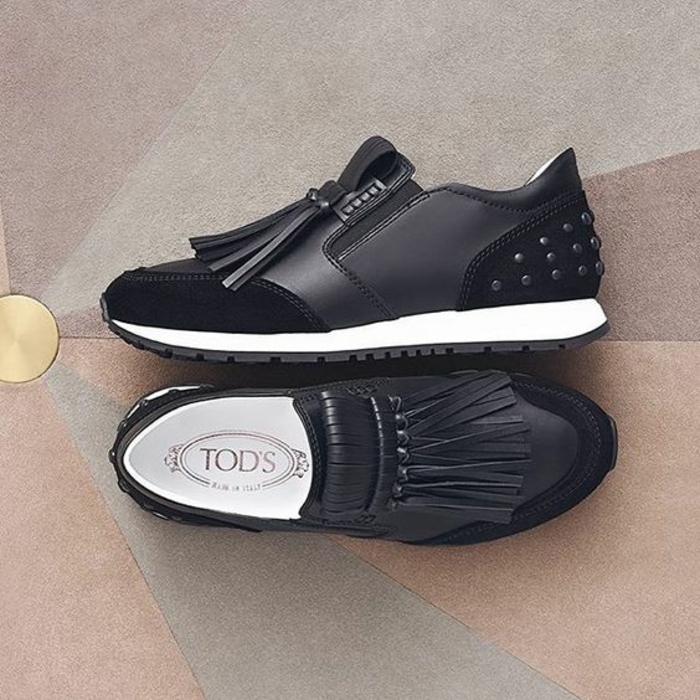
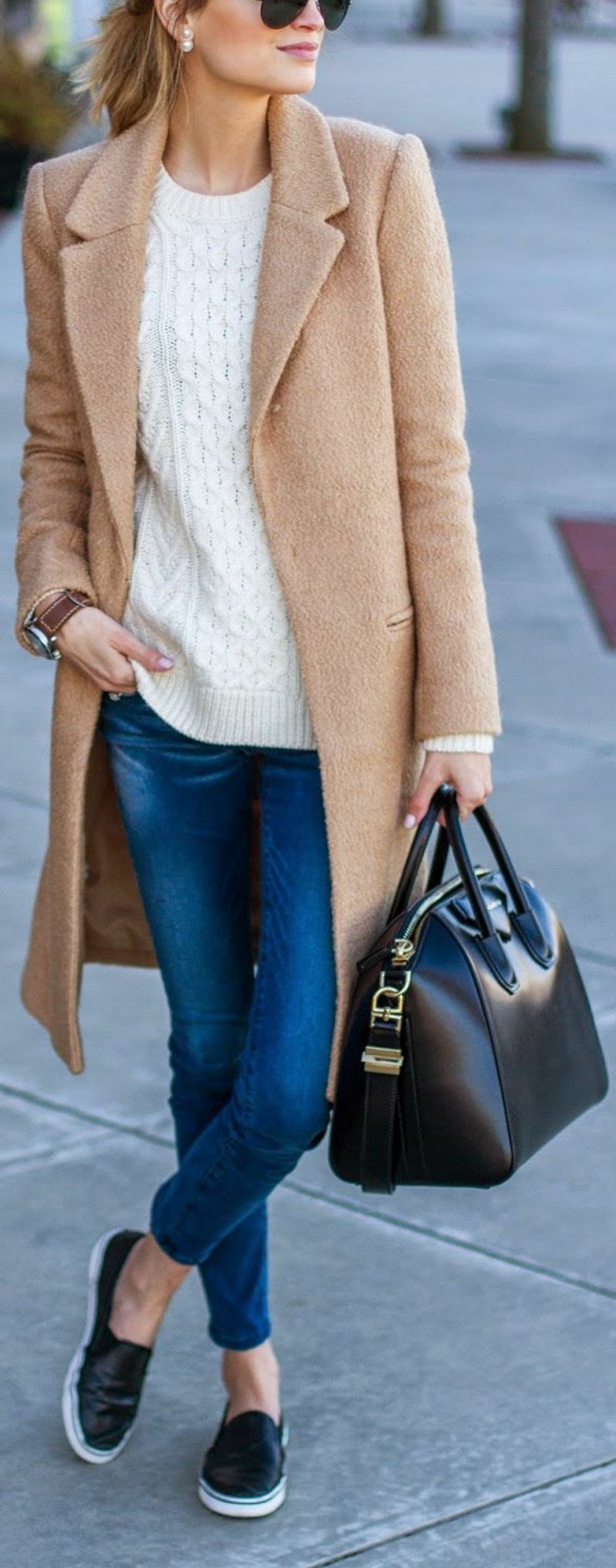
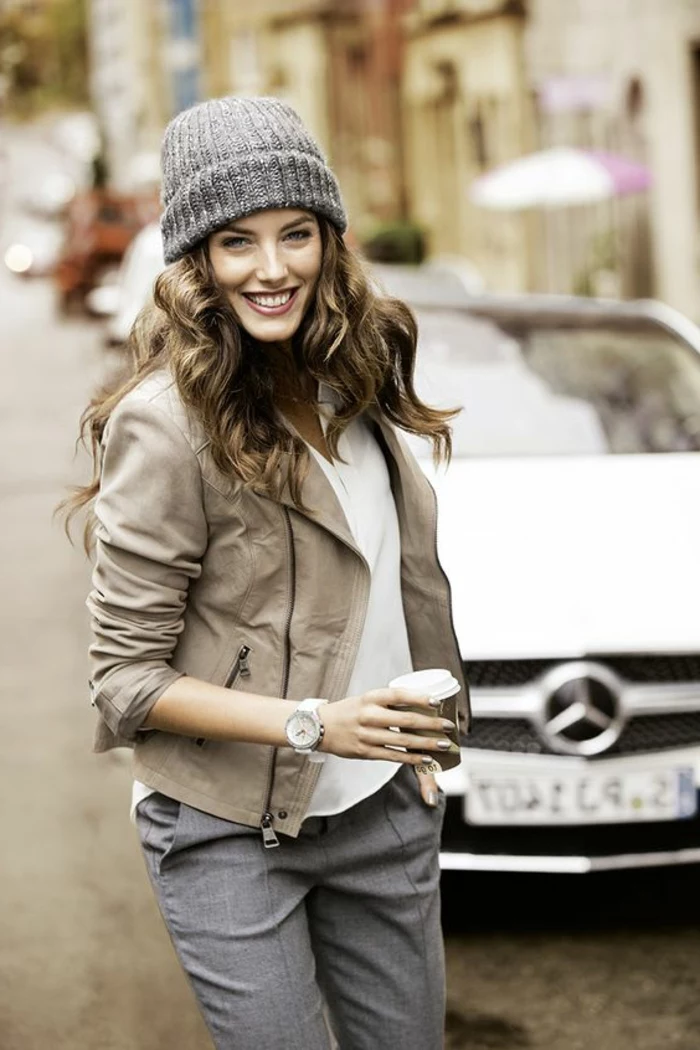
The wrinkle-free myth: While ‘wrinkle-free’ or ‘non-iron’ shirts are convenient, they often achieve this quality through a chemical treatment (like a formaldehyde resin) that can feel stiff and reduce breathability. A high-quality, 100% cotton shirt from a maker like Charles Tyrwhitt or Brooks Brothers, while requiring ironing, will feel softer, breathe better, and look richer over time.
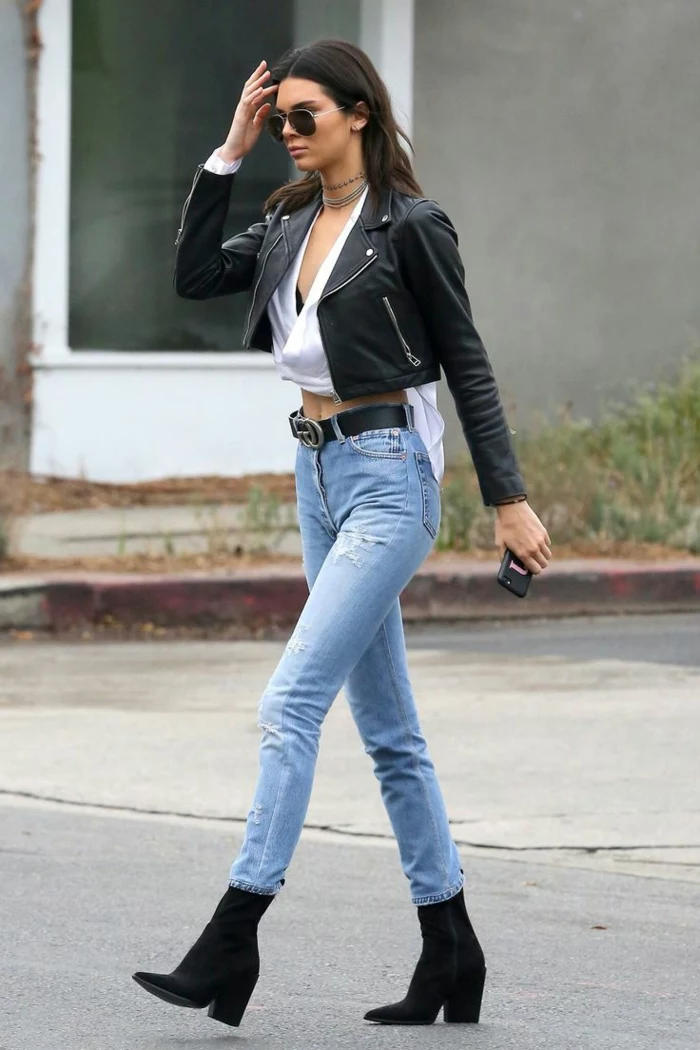
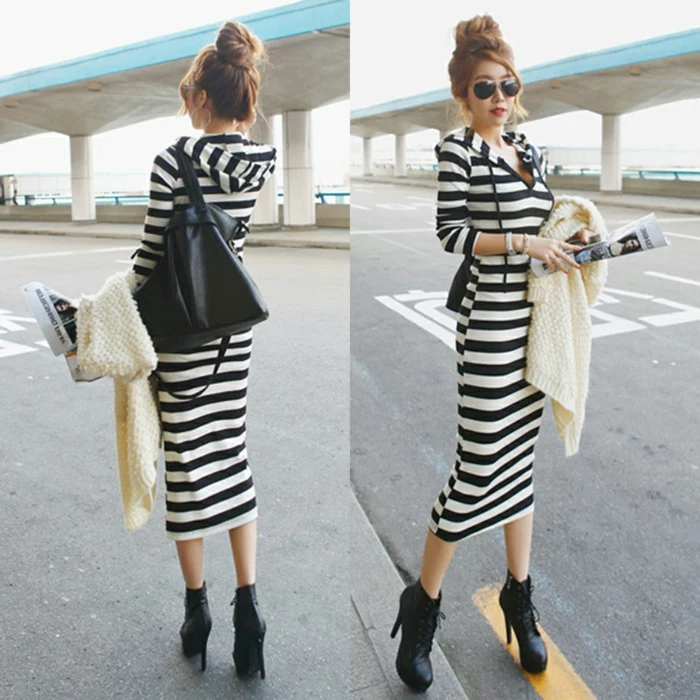
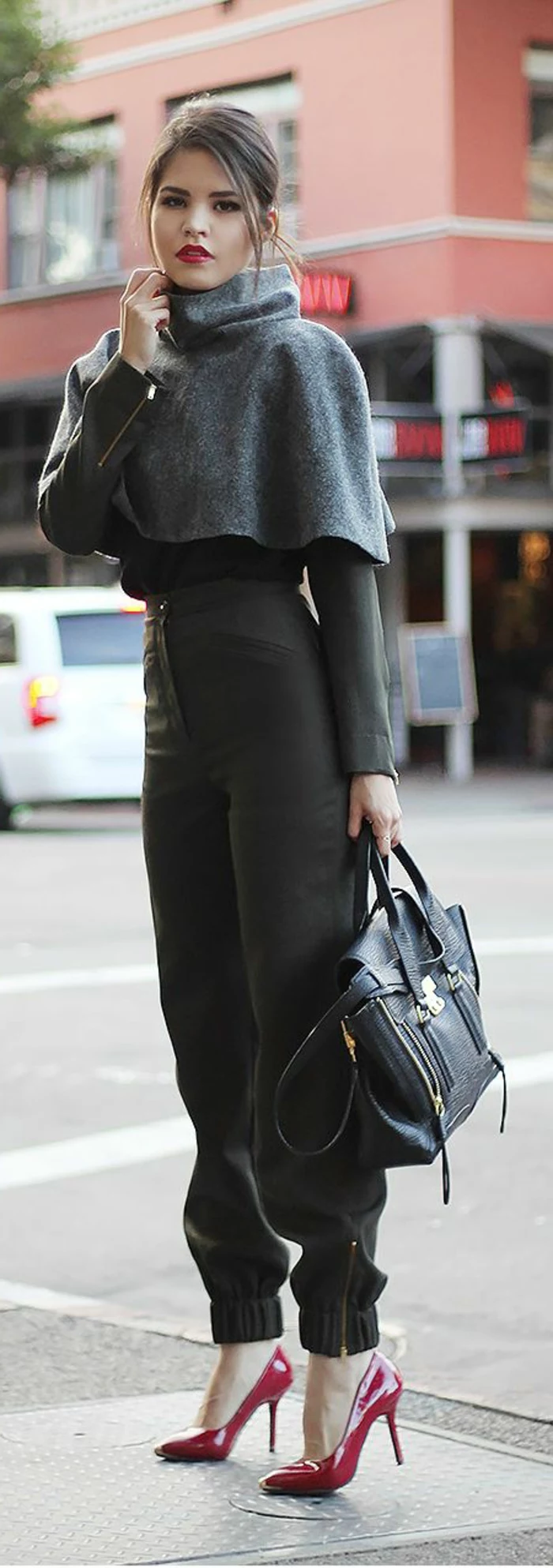
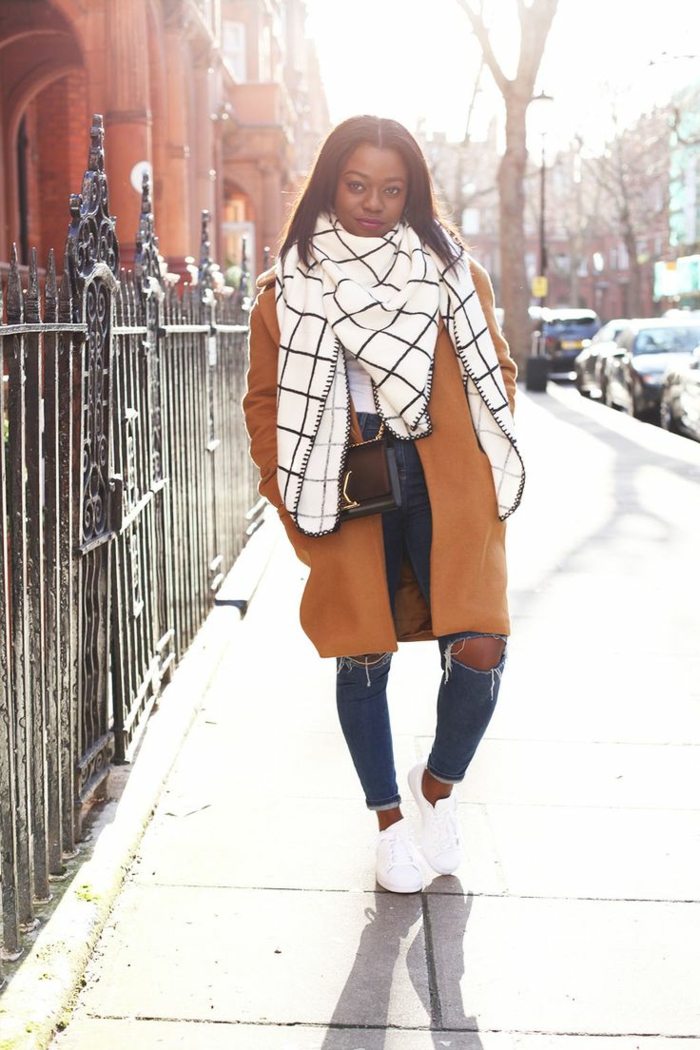
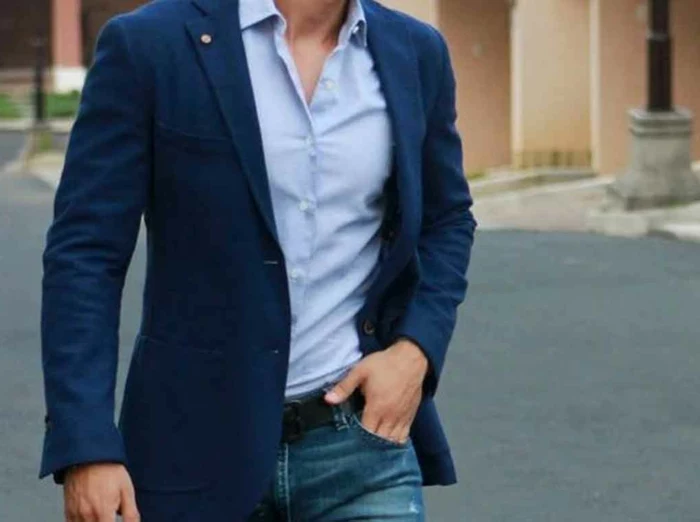
- Swap your work tote for a sleek clutch.
- For men, lose the tie and unbutton the top button of your shirt.
- Apply a bolder shade of lipstick.
- Switch from flats or loafers to a stylish heel or dressier shoe.
The challenge? A 60-second transition from desk to dinner. Keep a small ‘evening kit’ at your desk with a few key items to instantly elevate your look for after-work engagements.
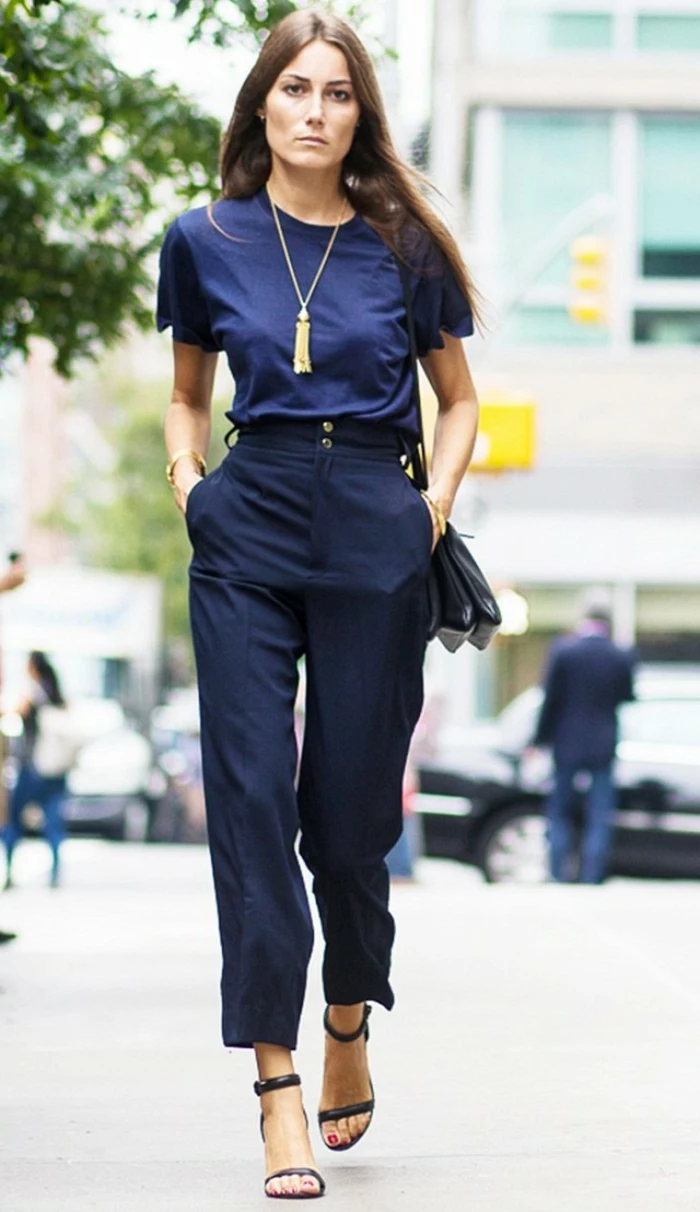
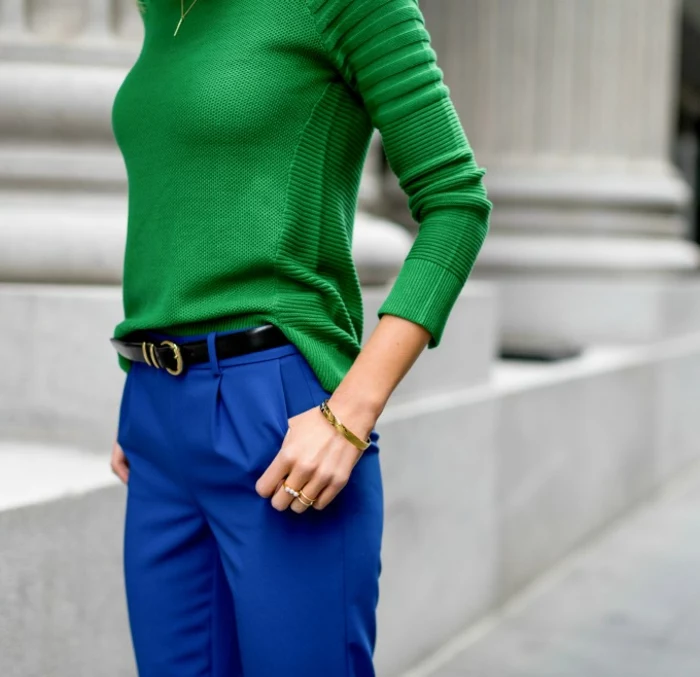
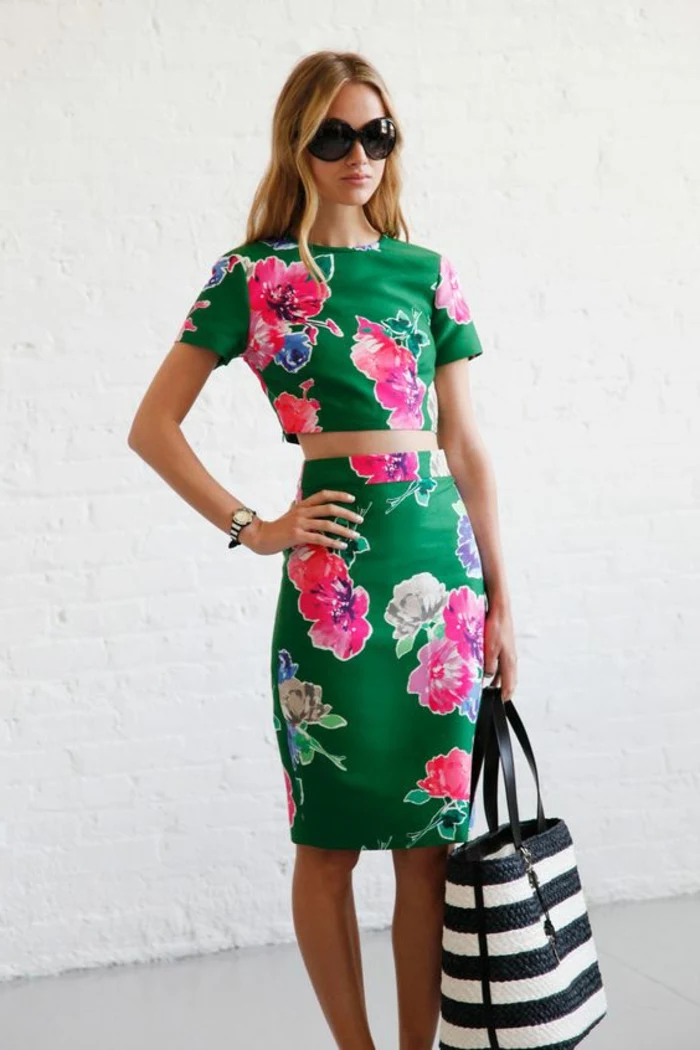
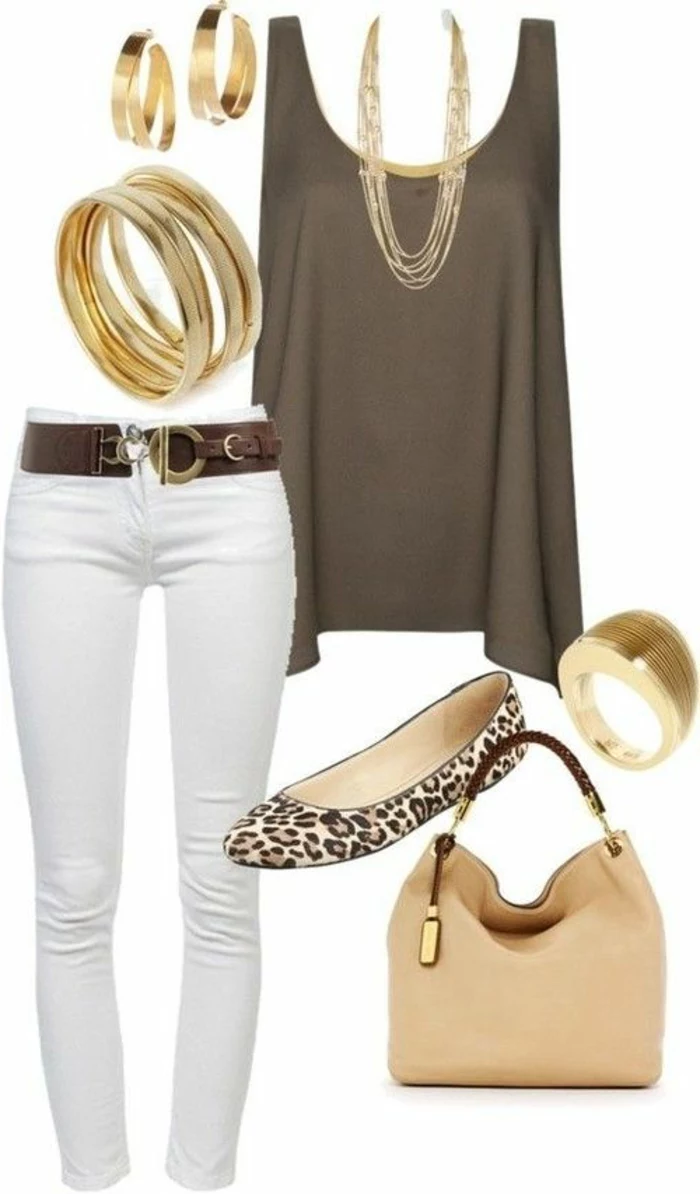
Ever heard of ‘enclothed cognition’?
It’s a real psychological phenomenon. Studies from Northwestern University found that participants who wore a lab coat performed better on attention-related tasks. What you wear doesn’t just send a message to others; it sends a powerful message to yourself. A sharp, well-fitting outfit can genuinely increase feelings of competence and focus.
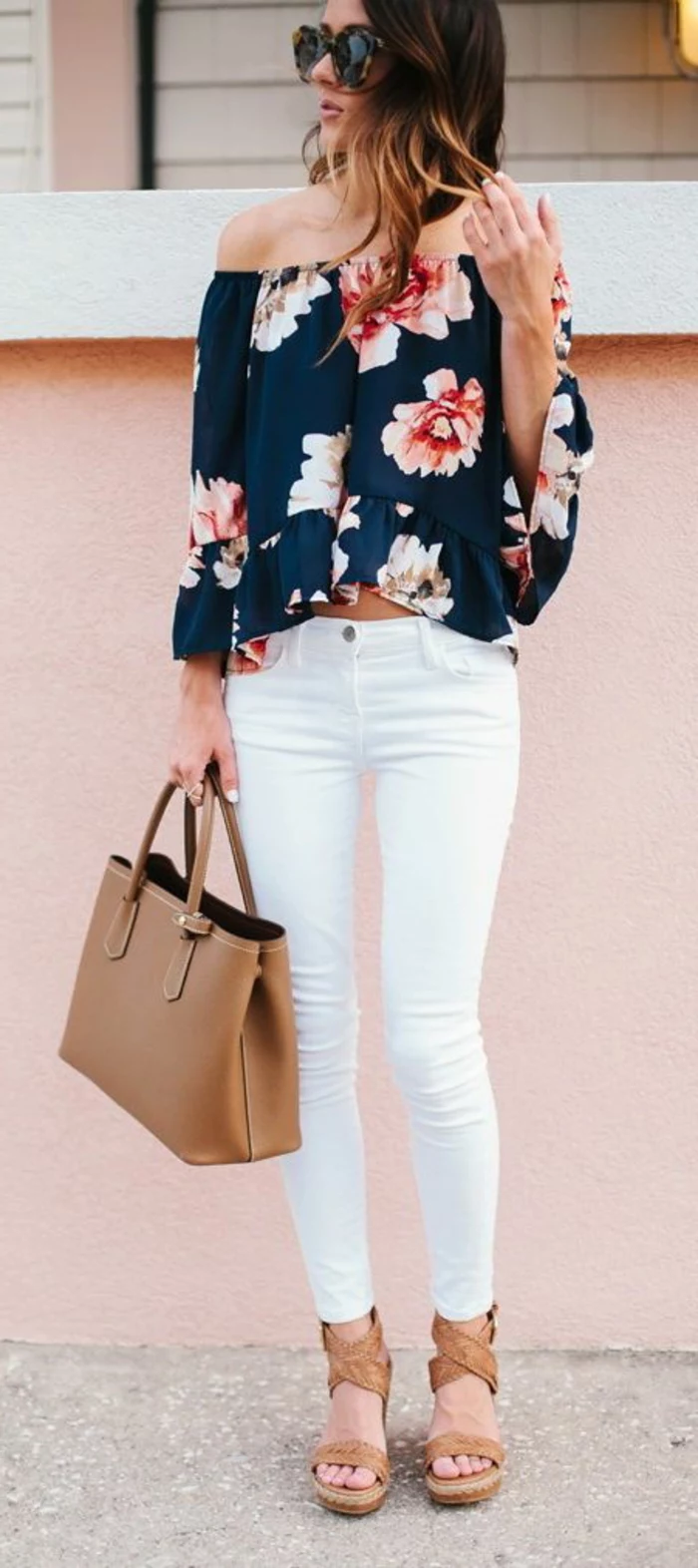
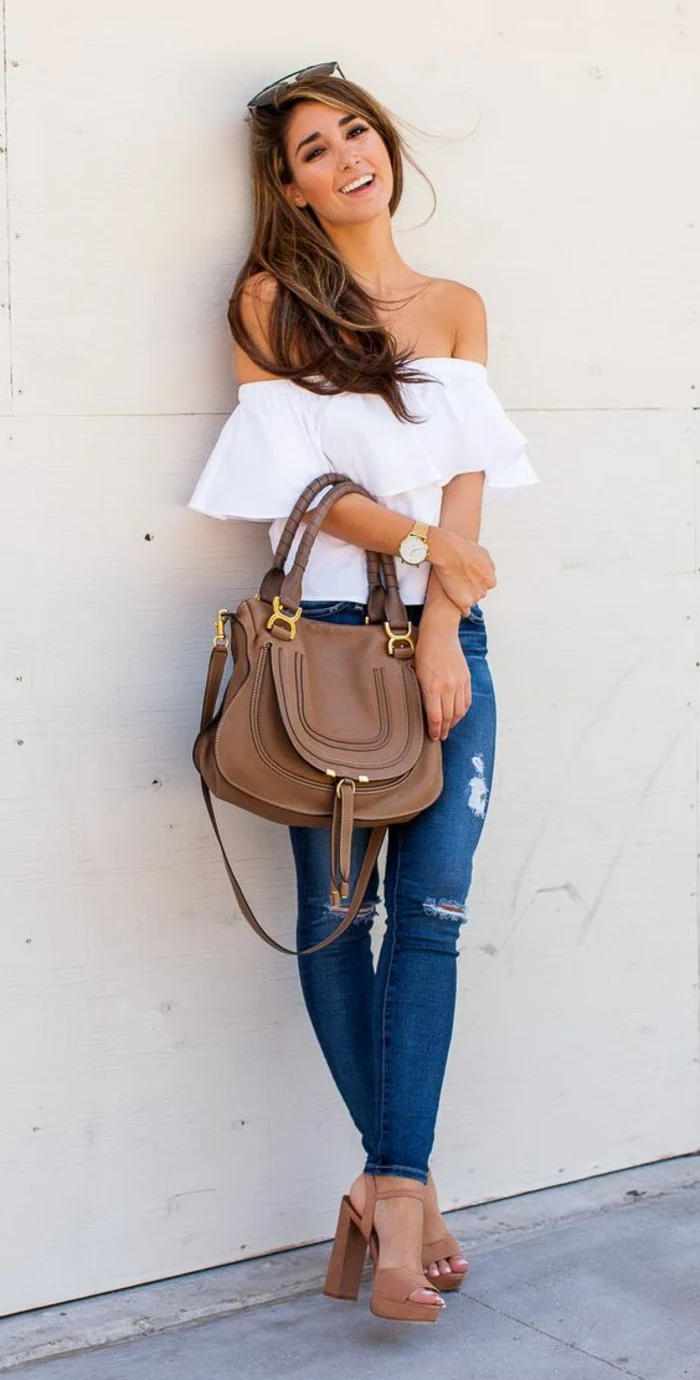
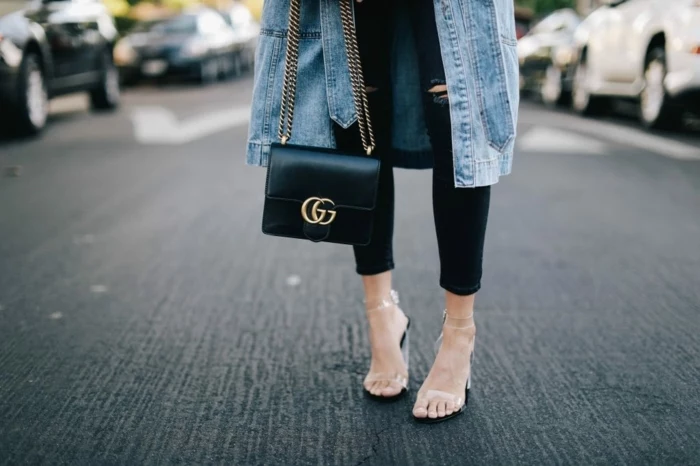
A word on denim: If your office culture allows for jeans, the rules are strict. Opt for a dark, uniform wash with no rips, frays, or distressing. The fit should be impeccable—either a slim or straight cut. Pair them with more formal elements like a blazer, a dress shirt, or leather shoes to balance the inherent casualness of the denim.










